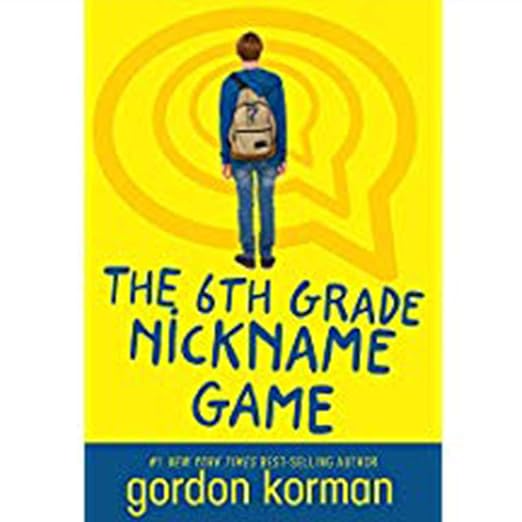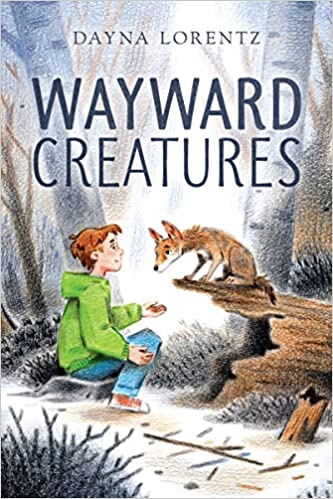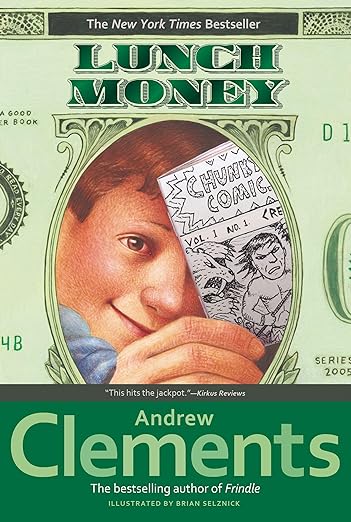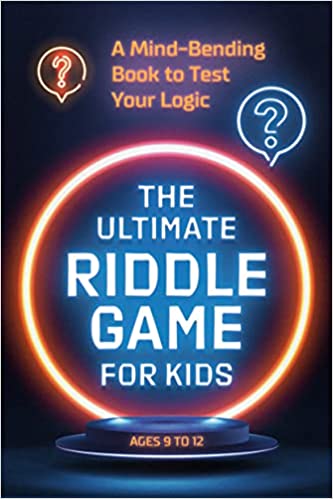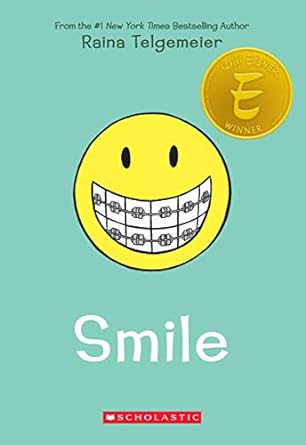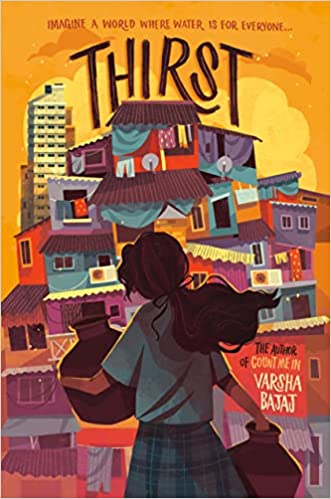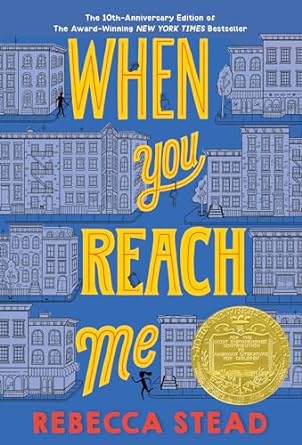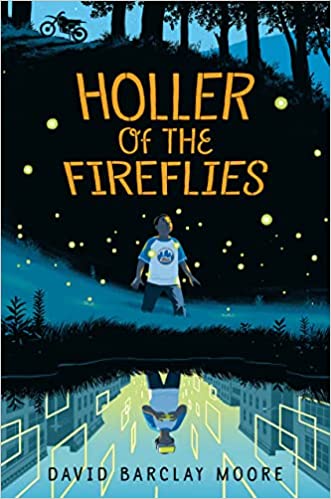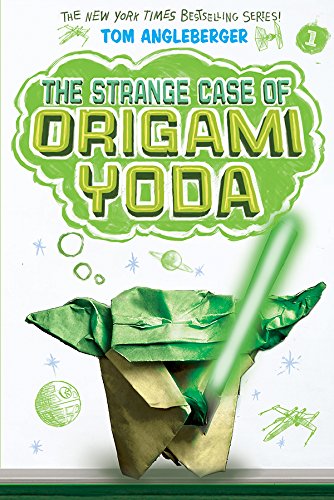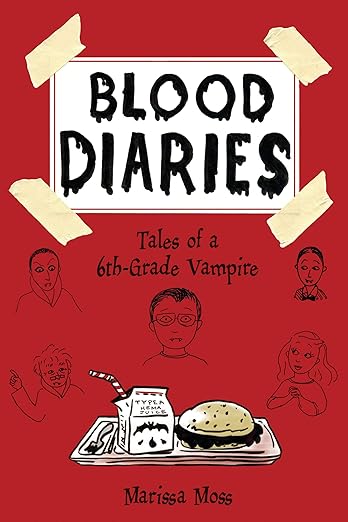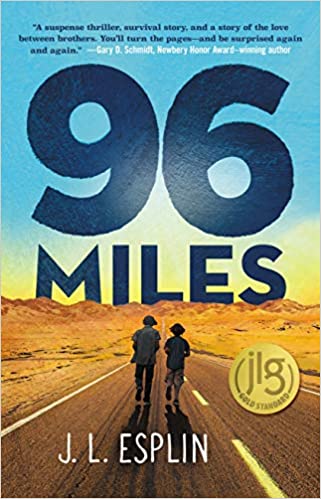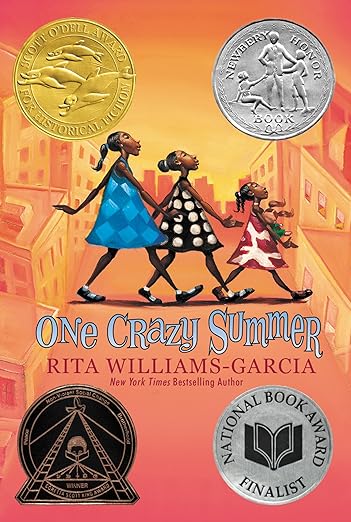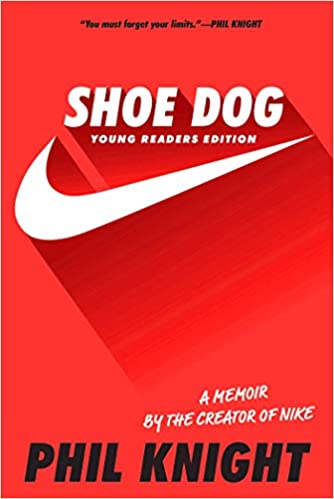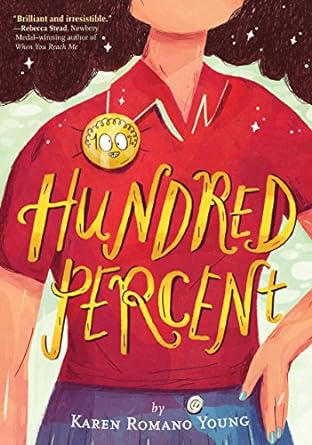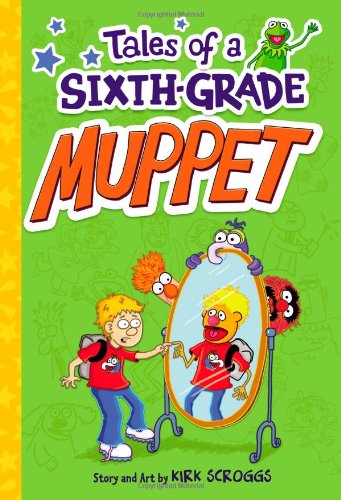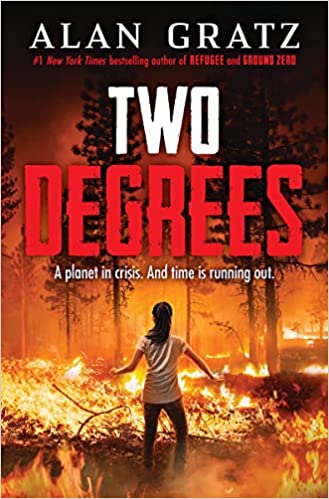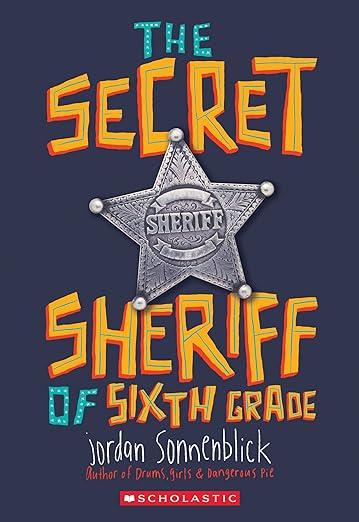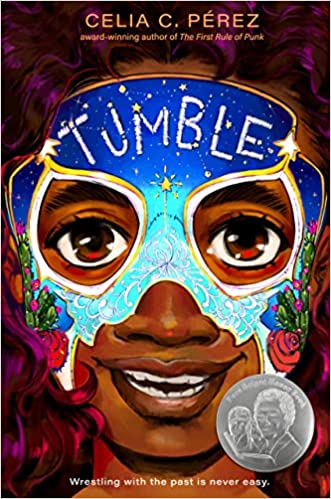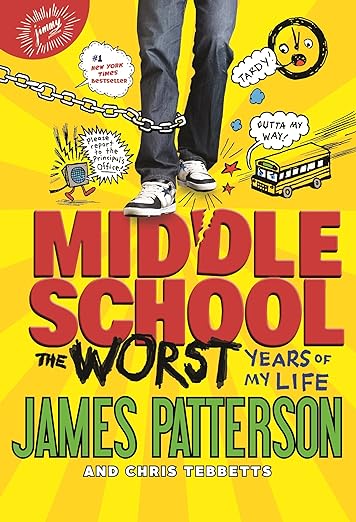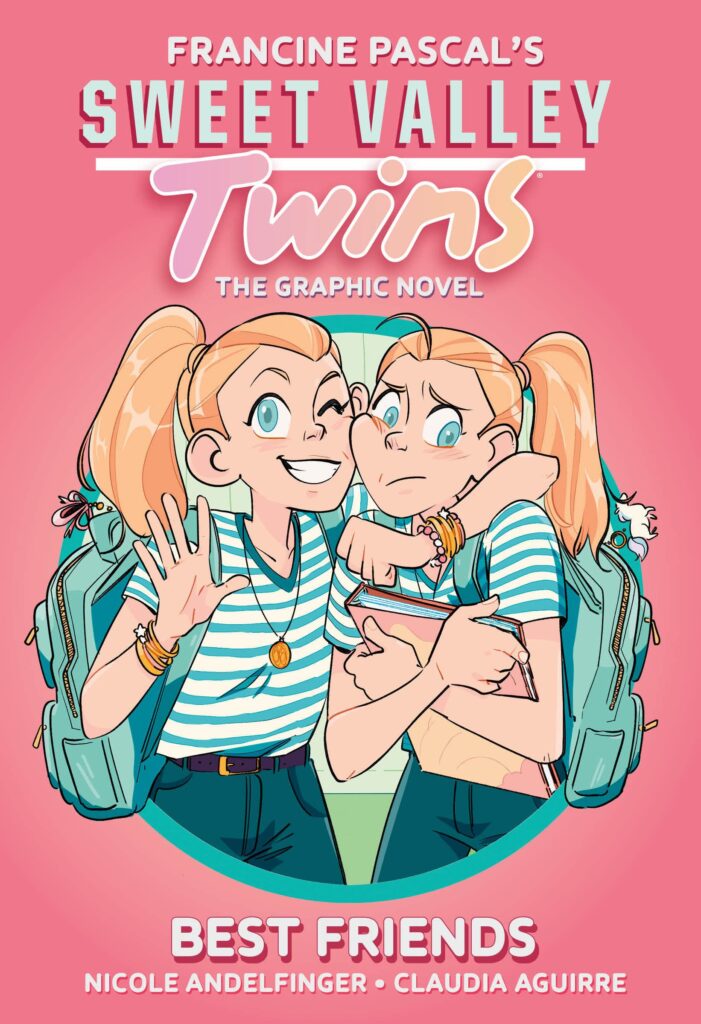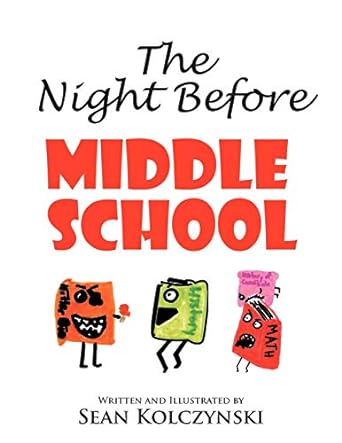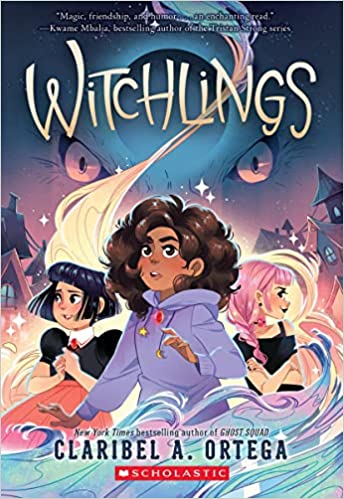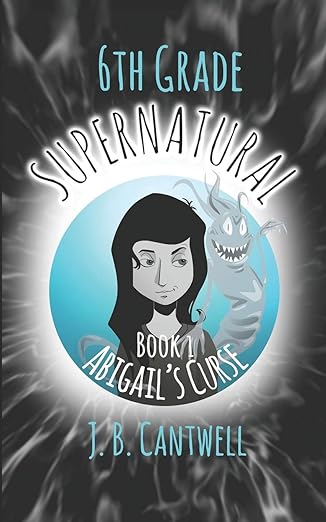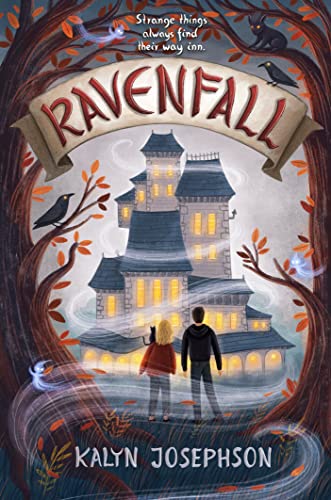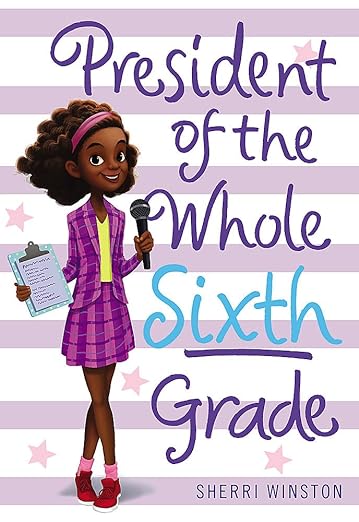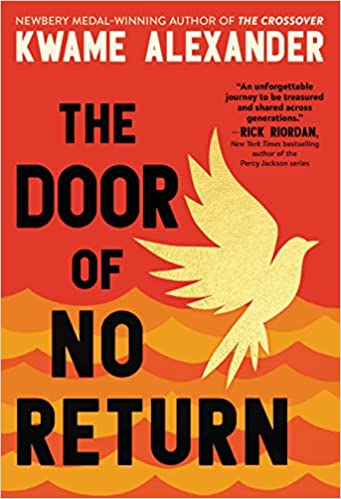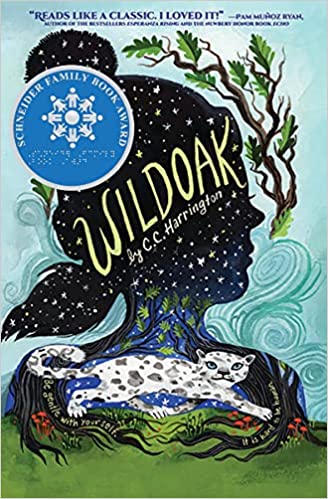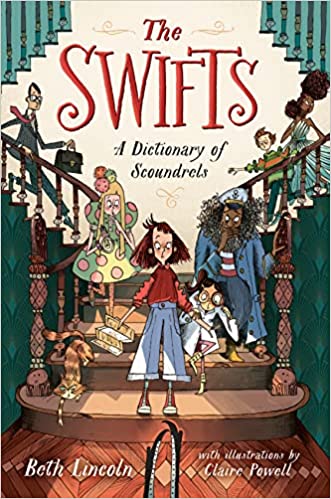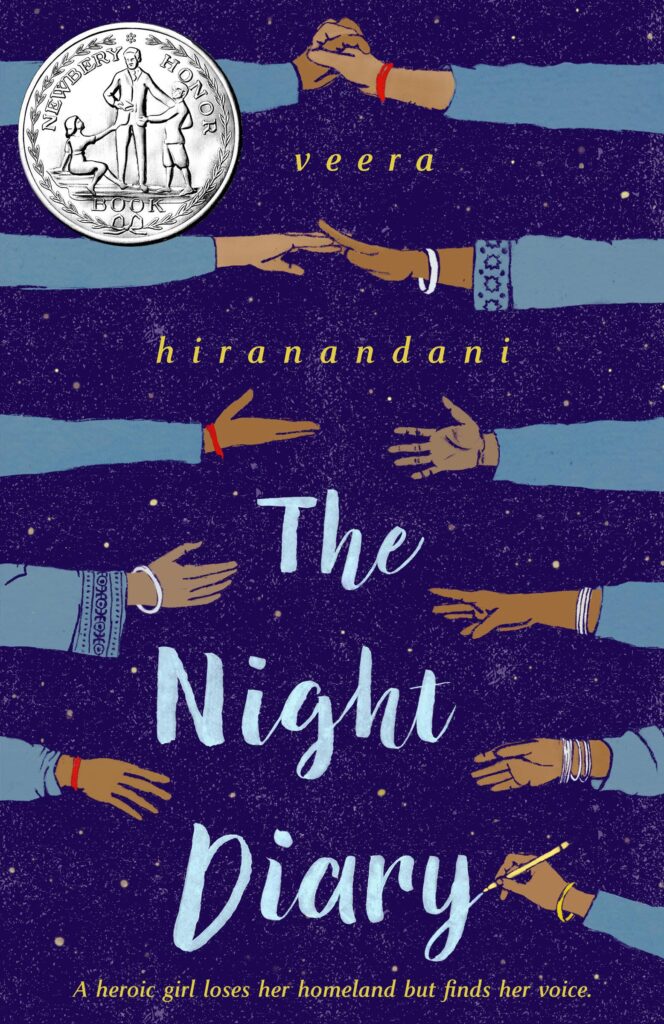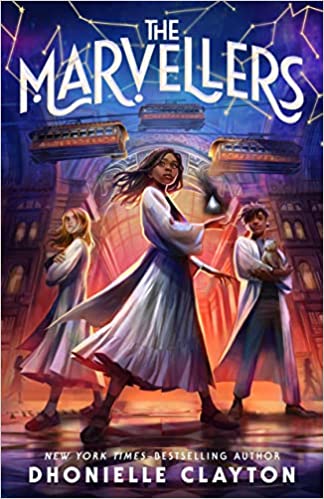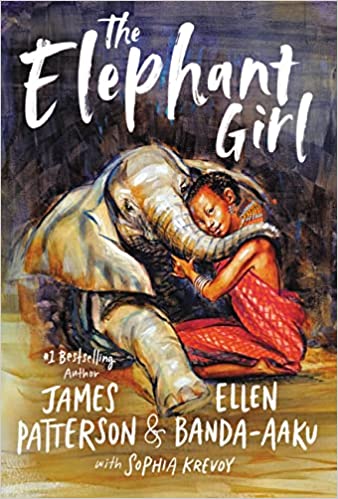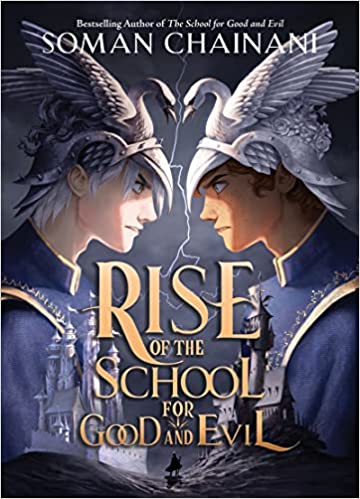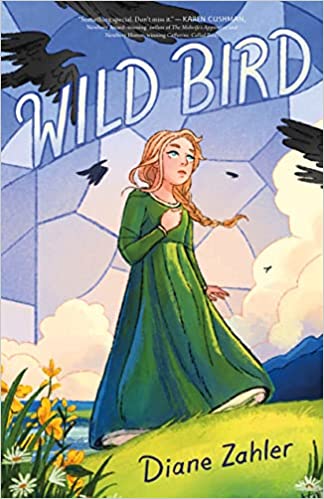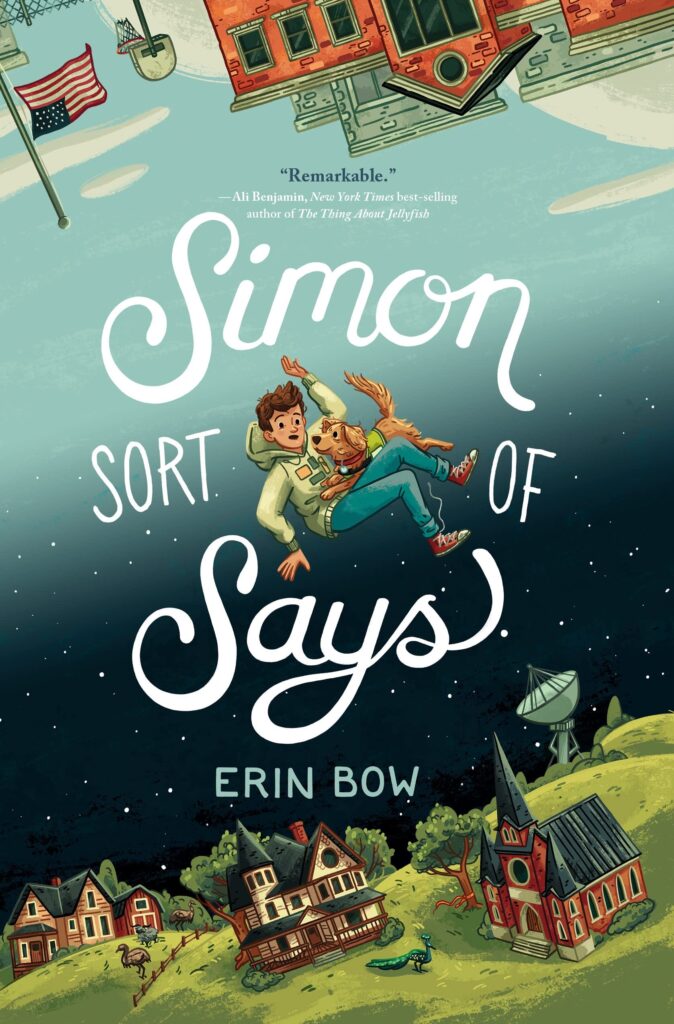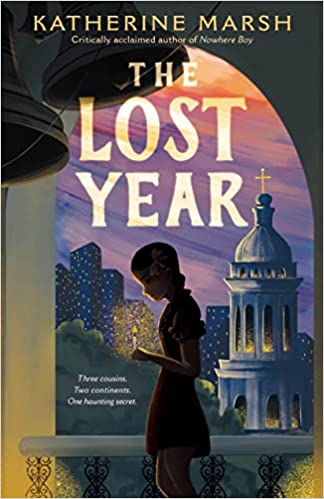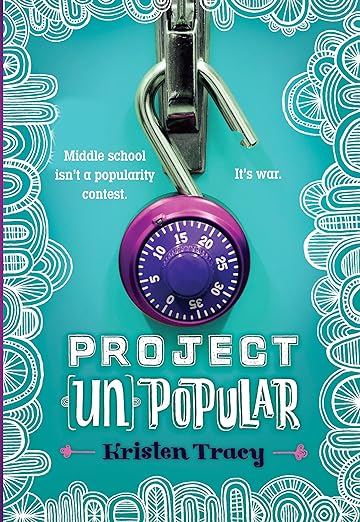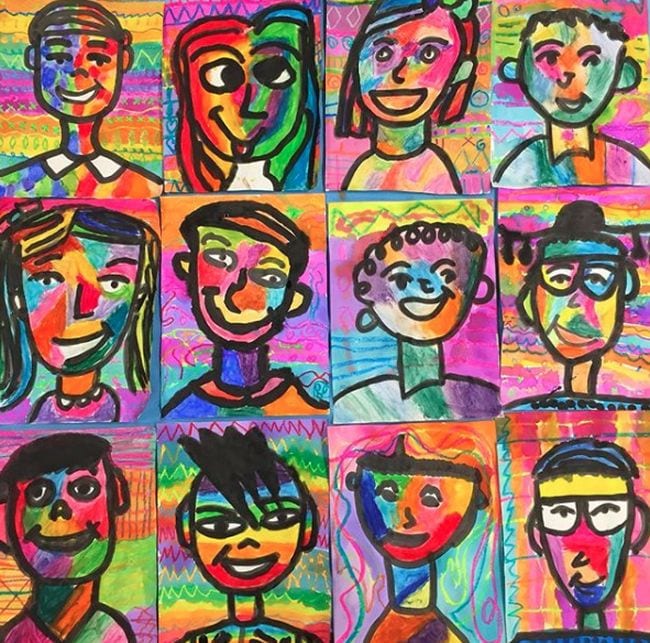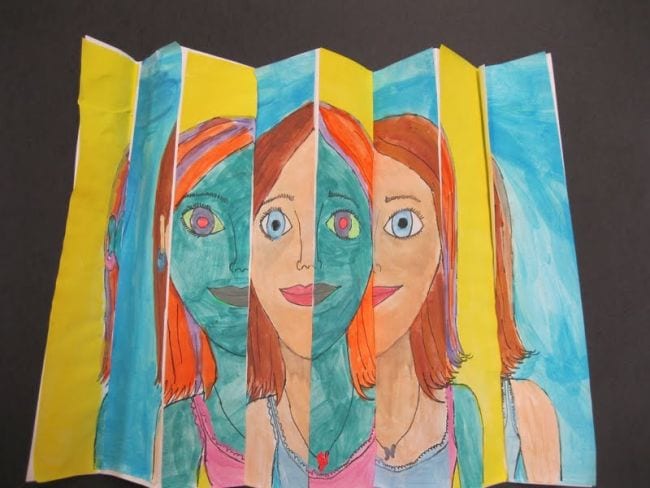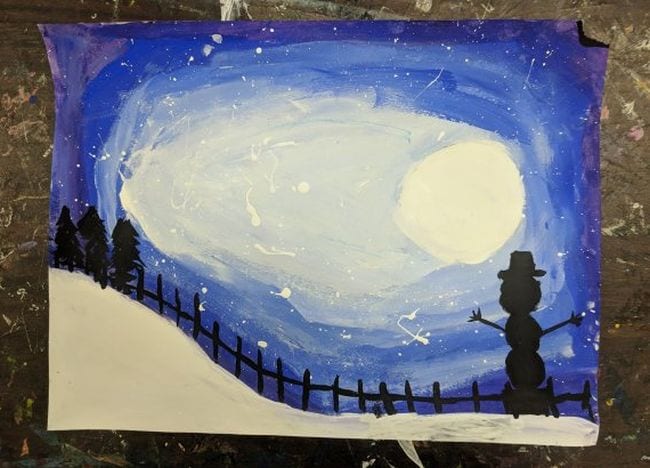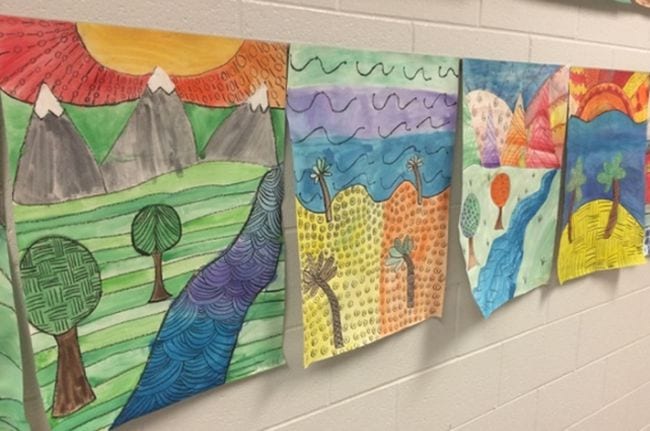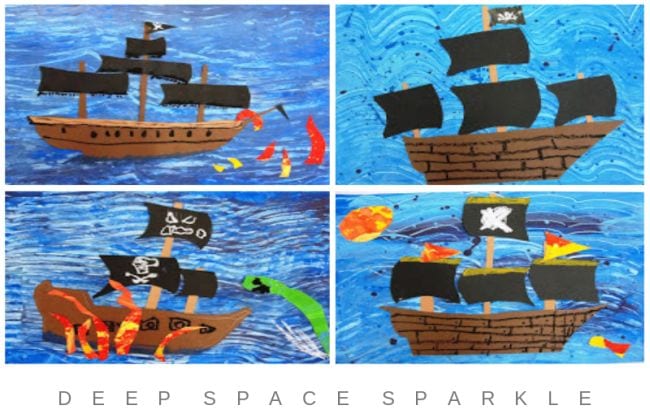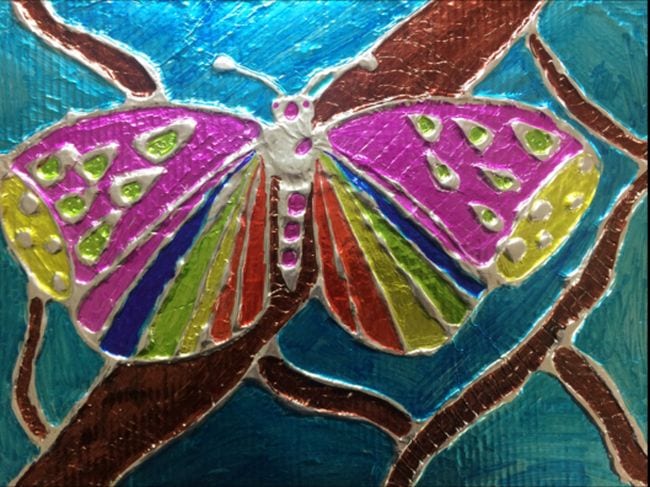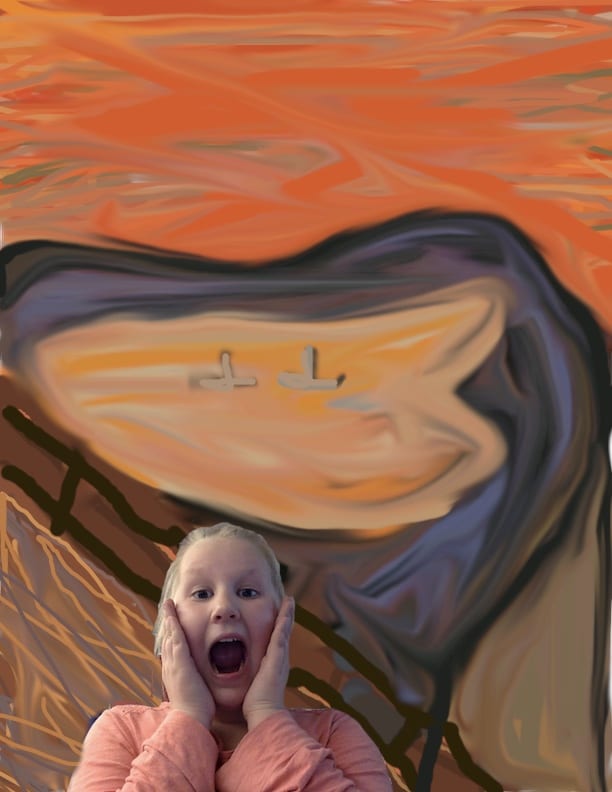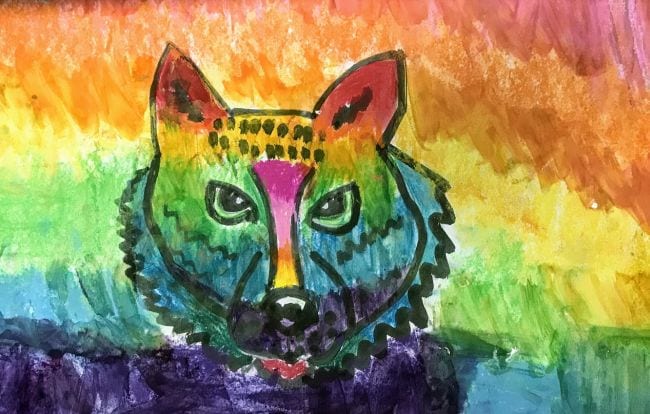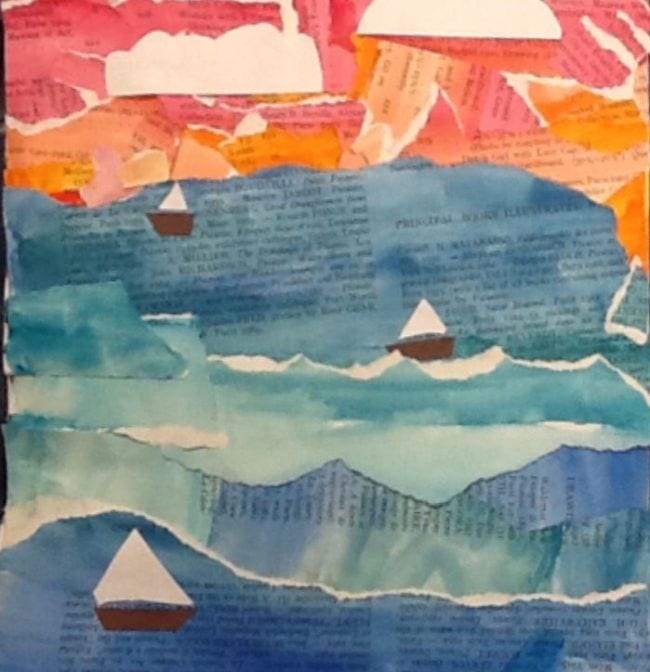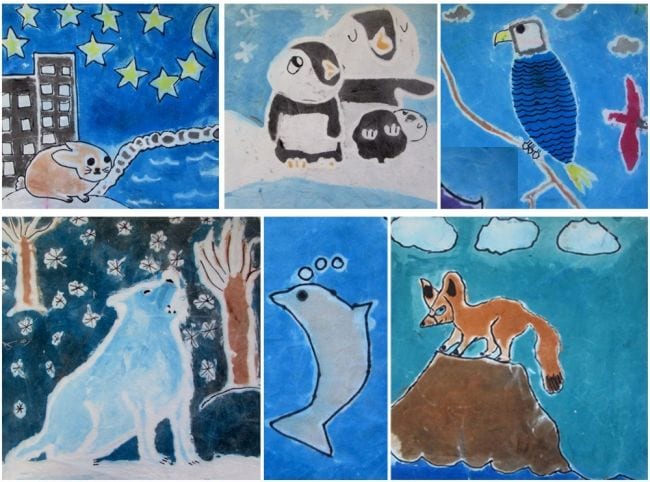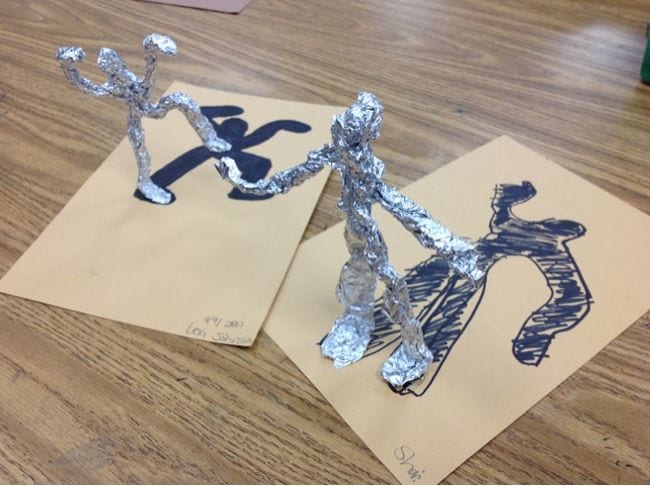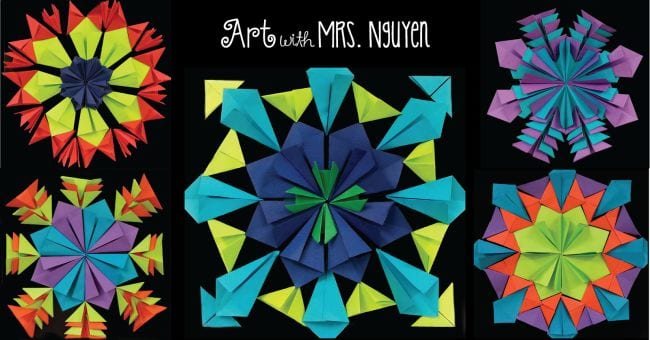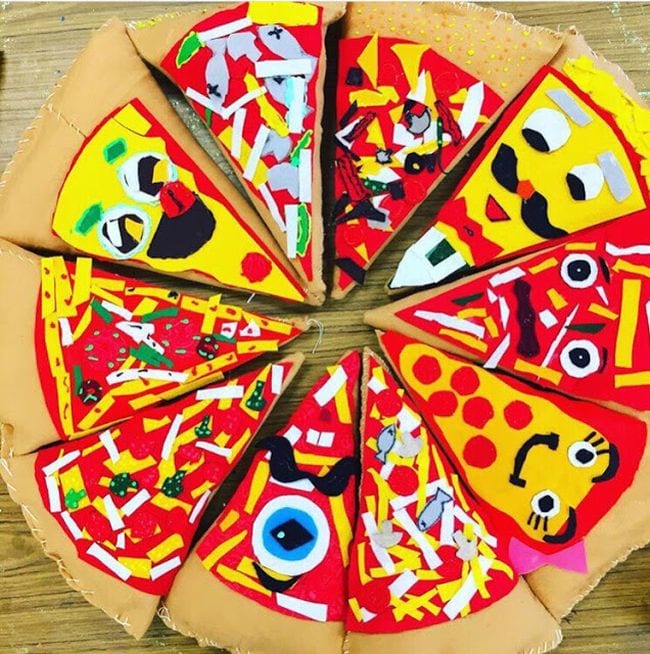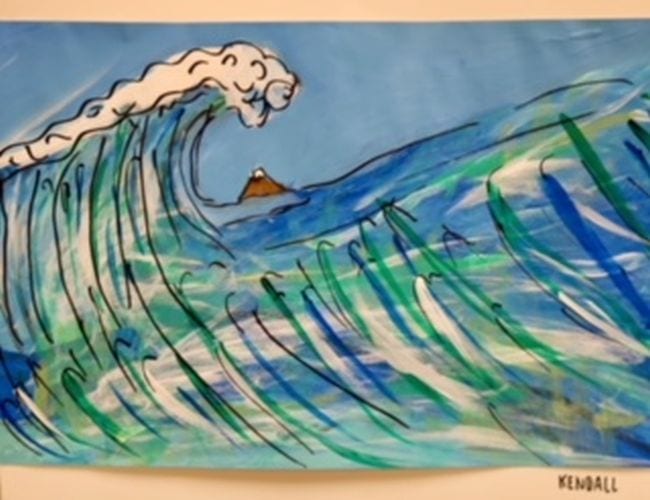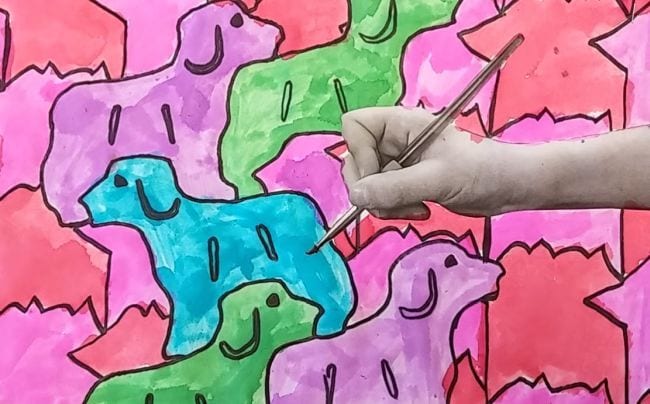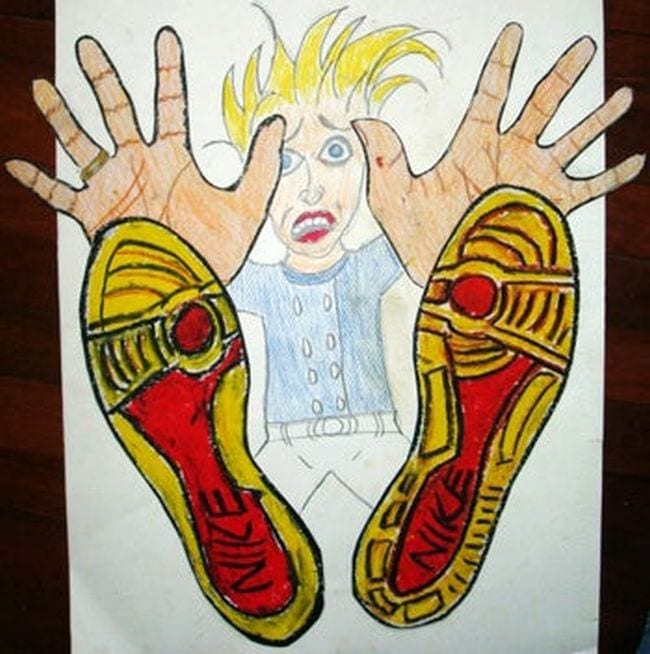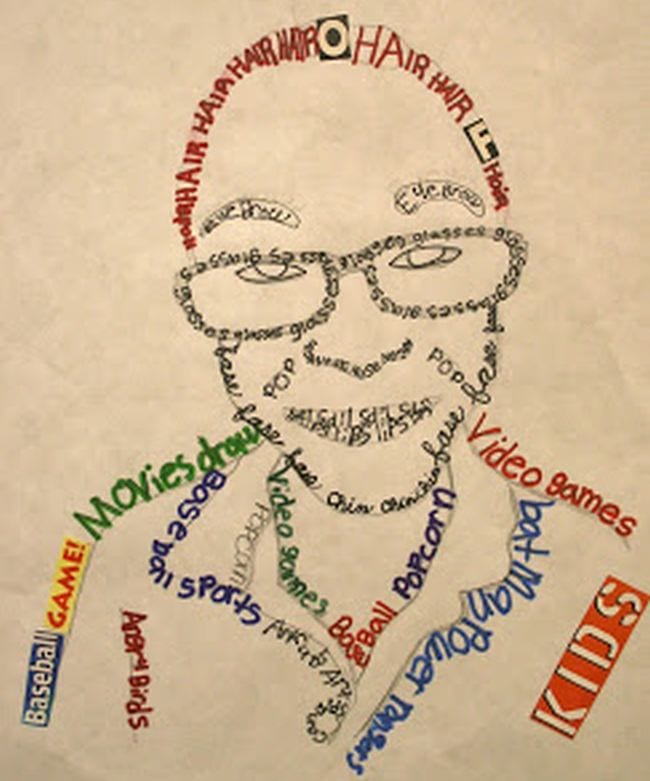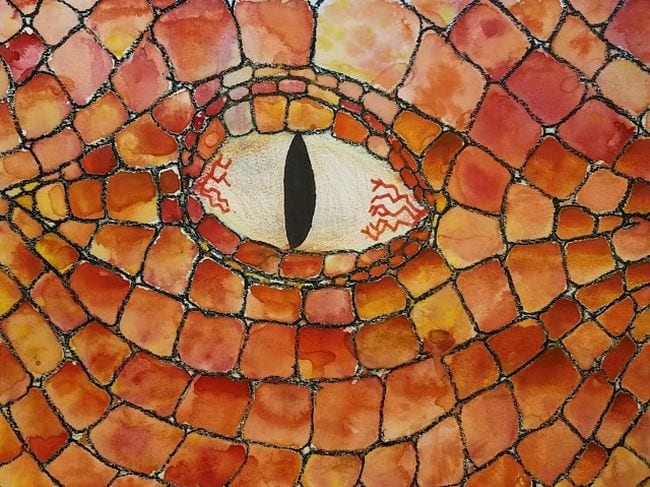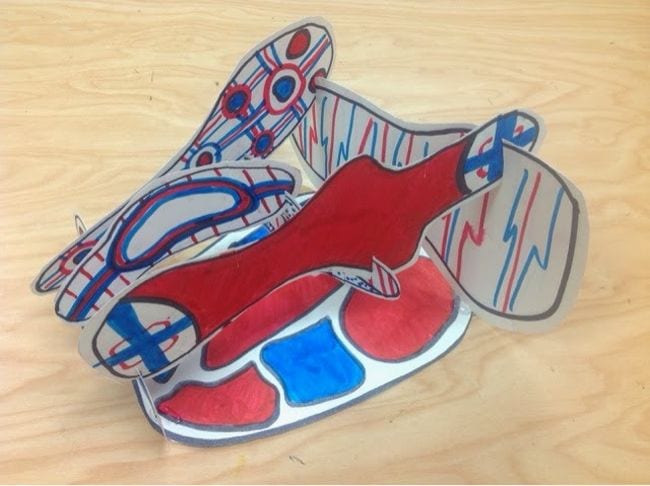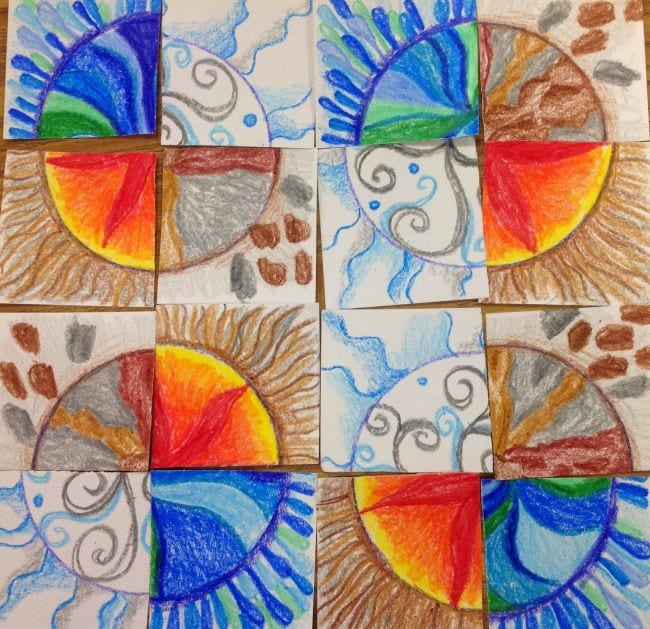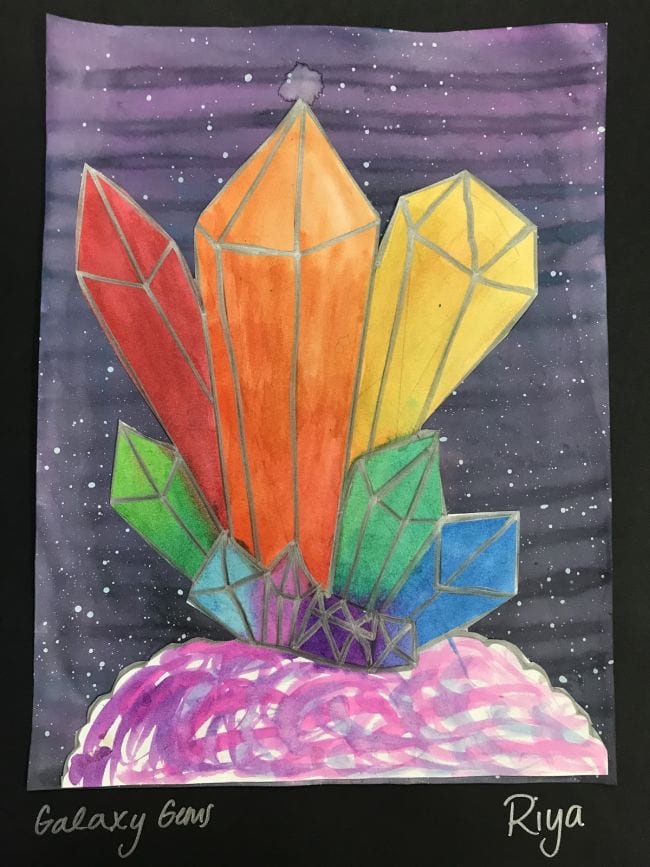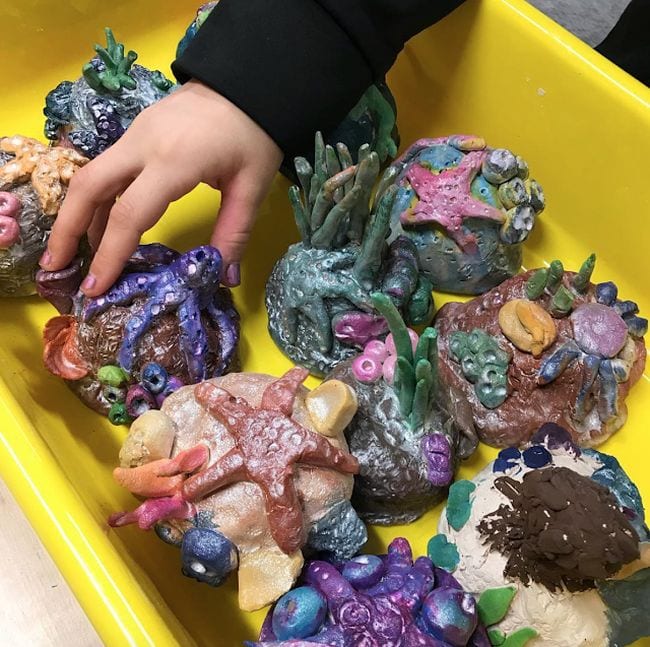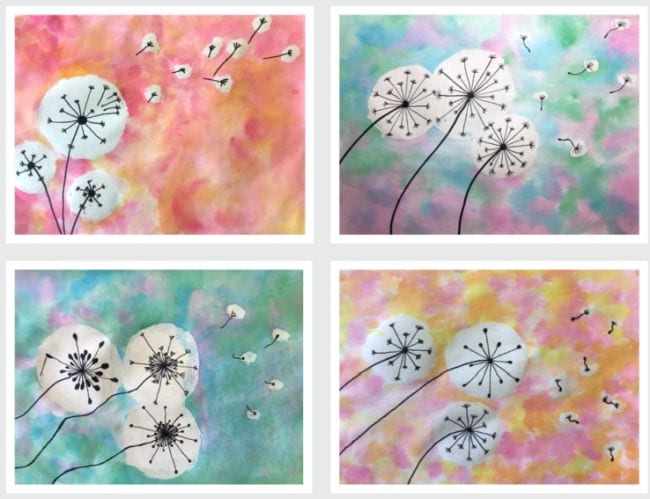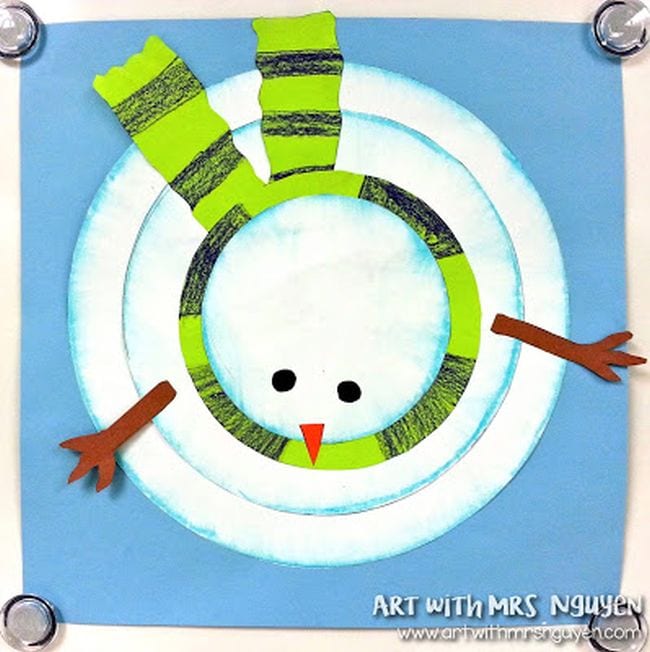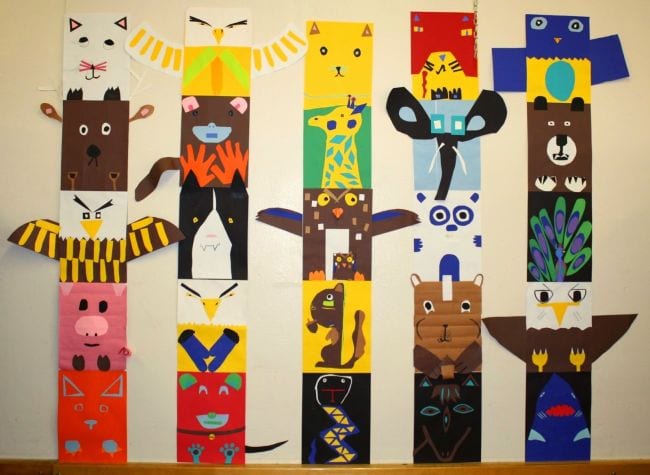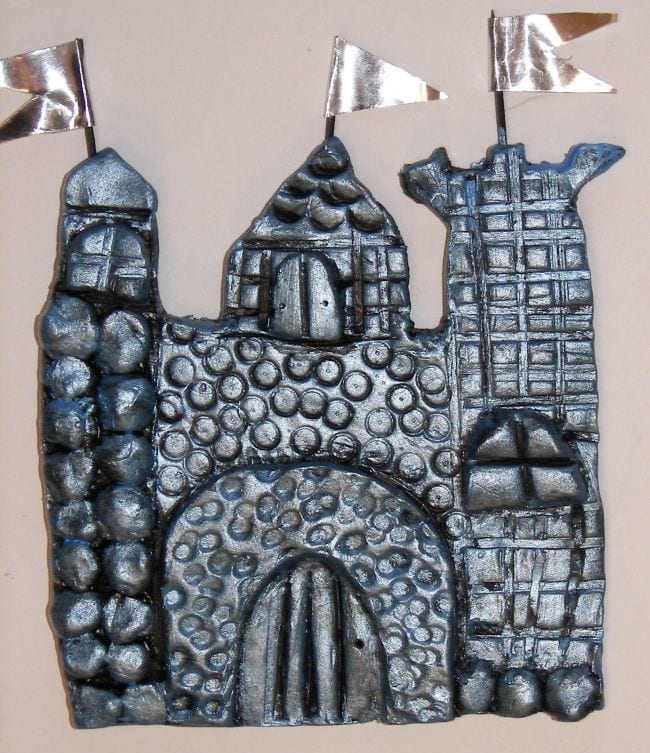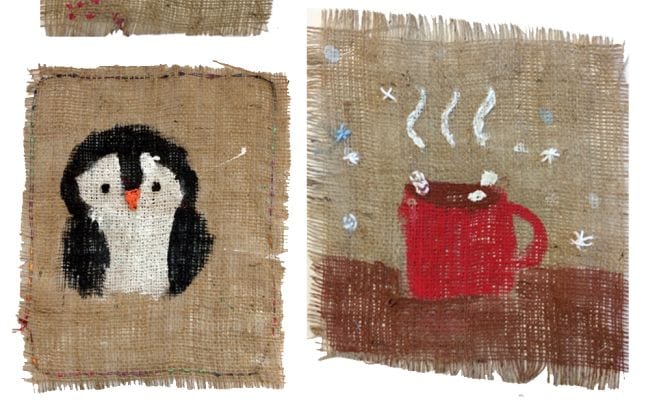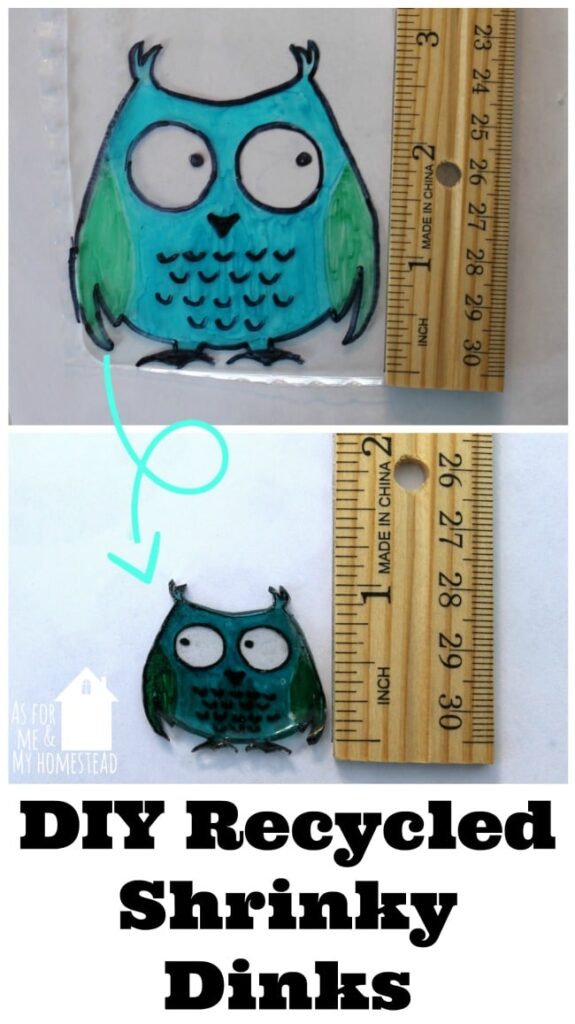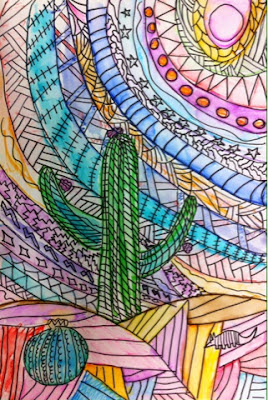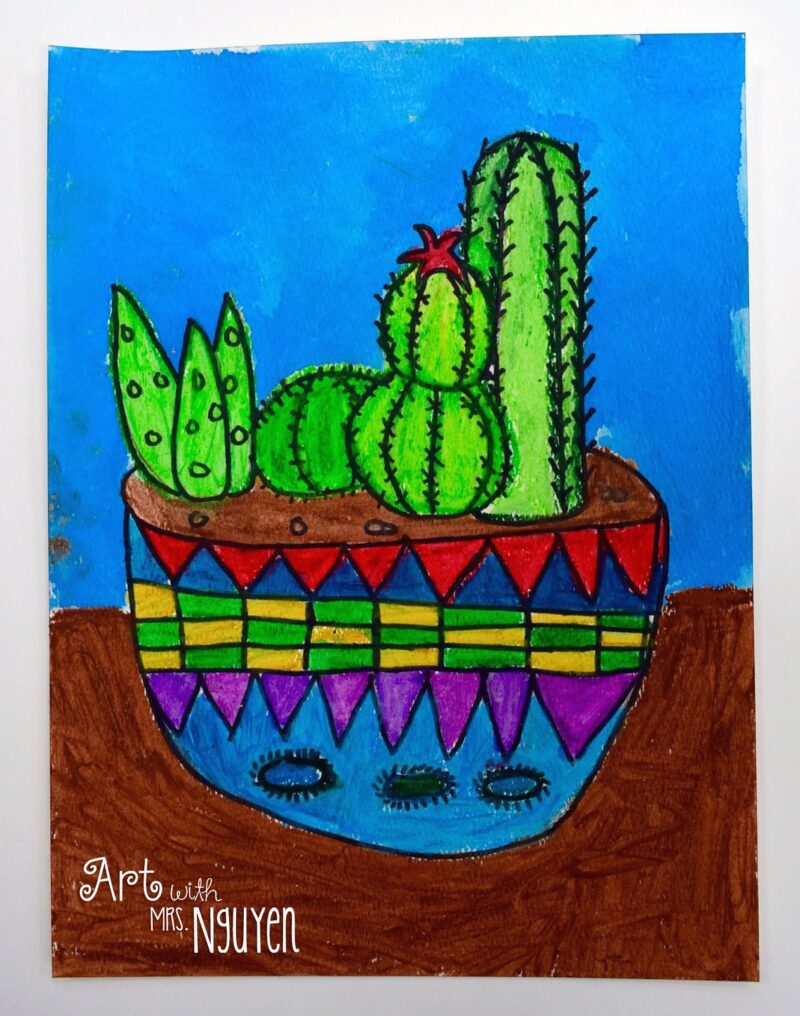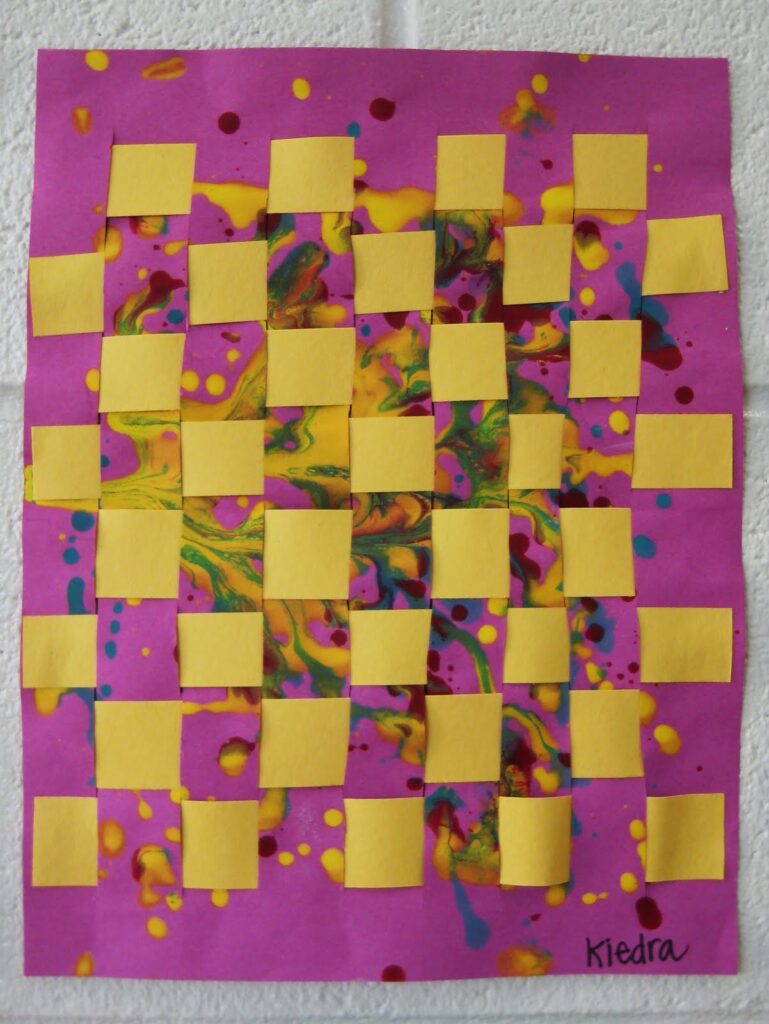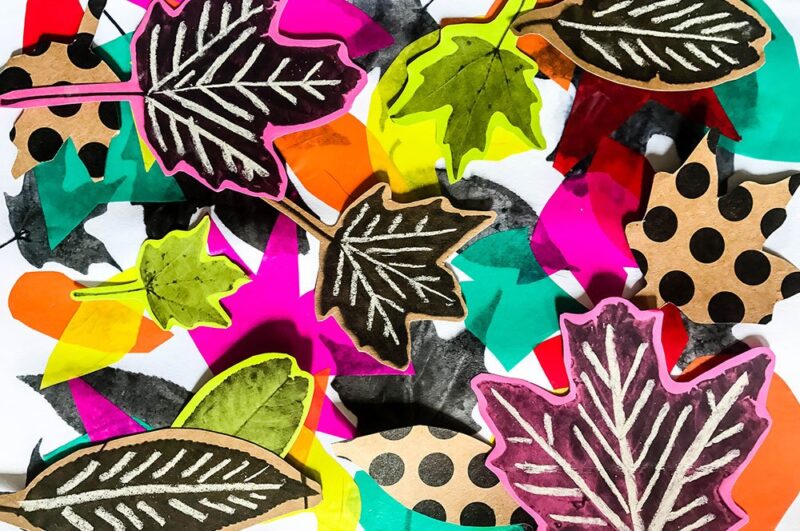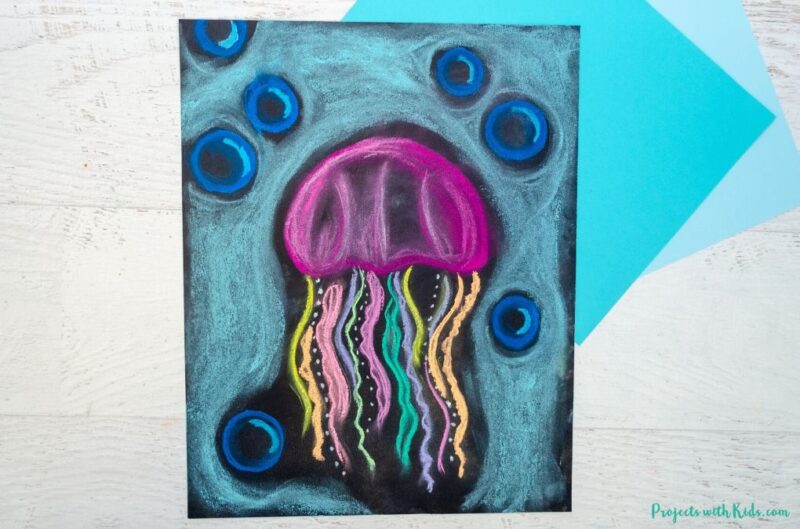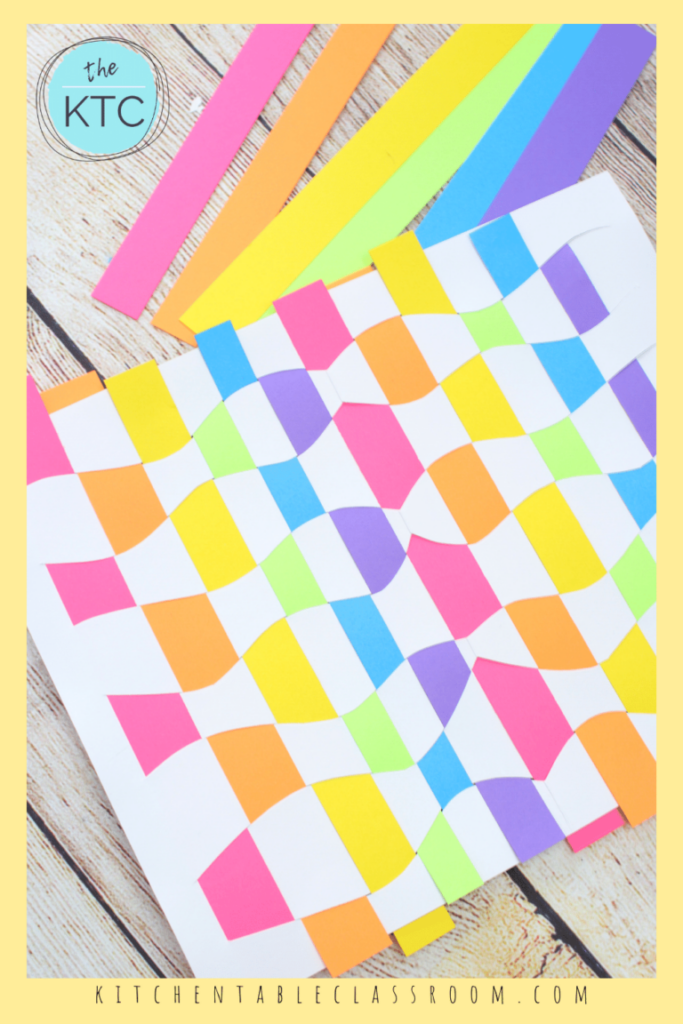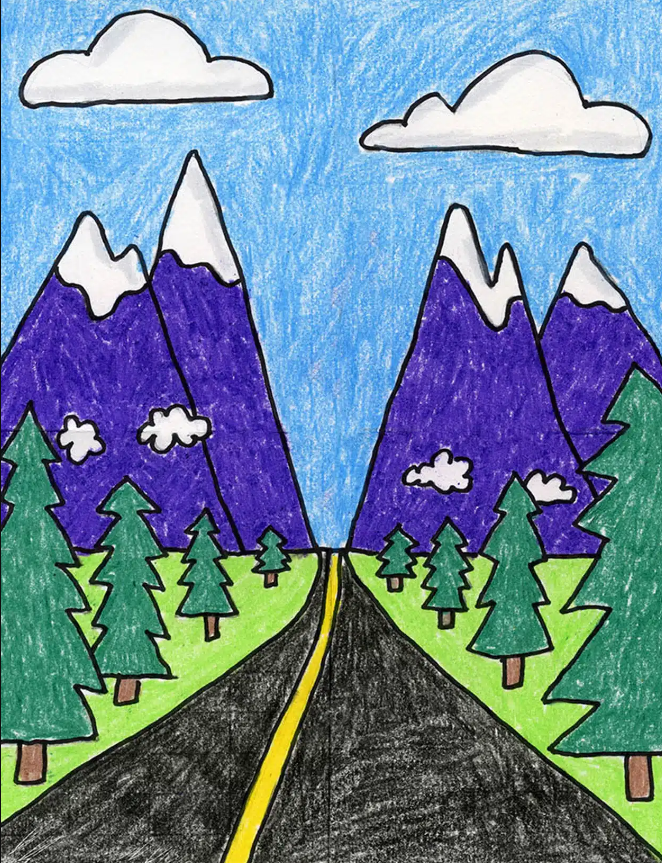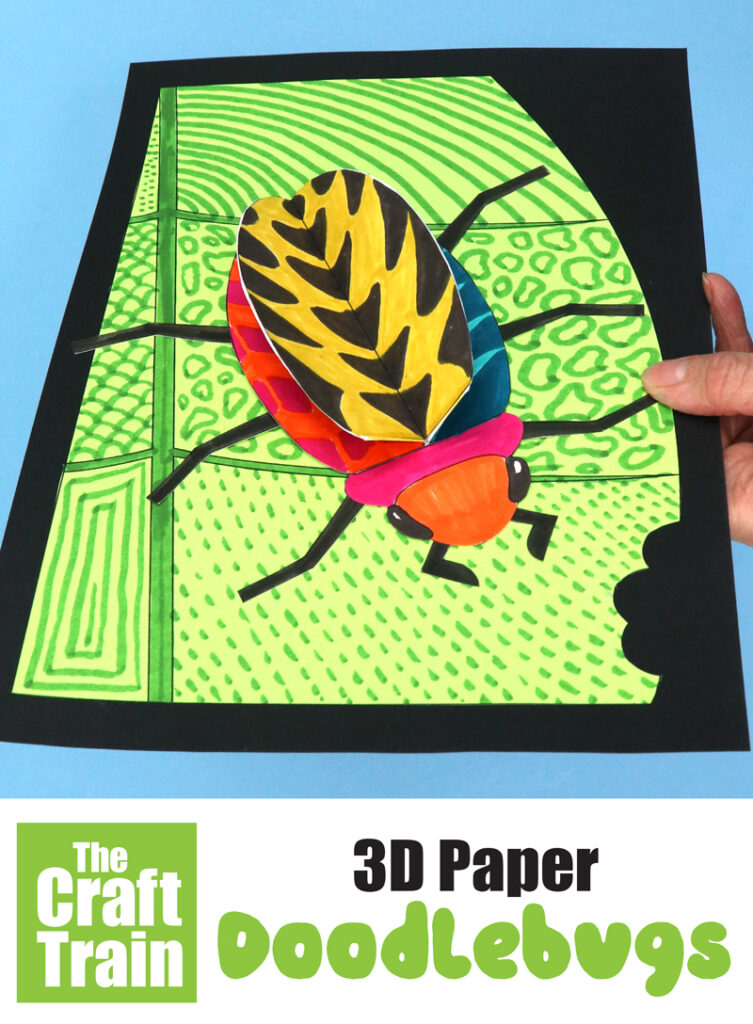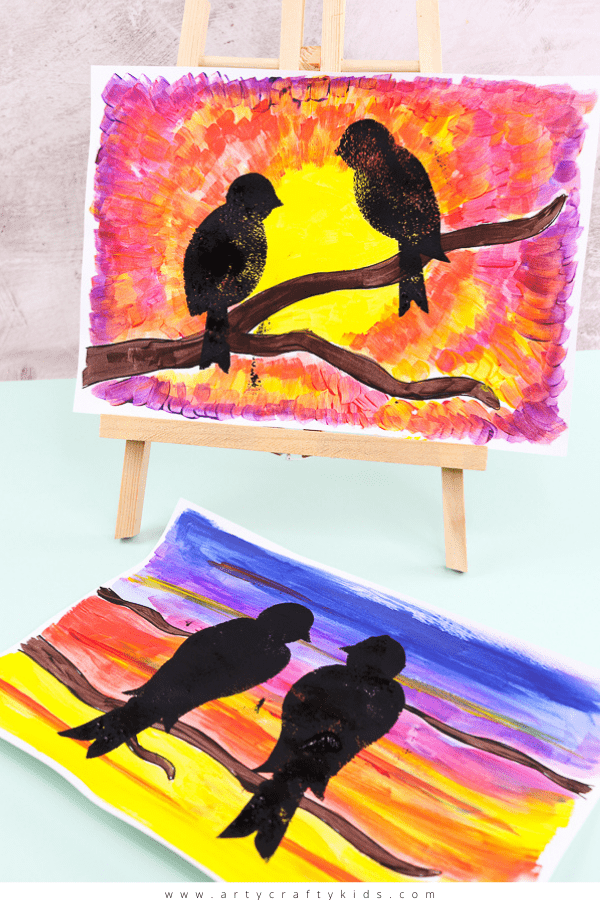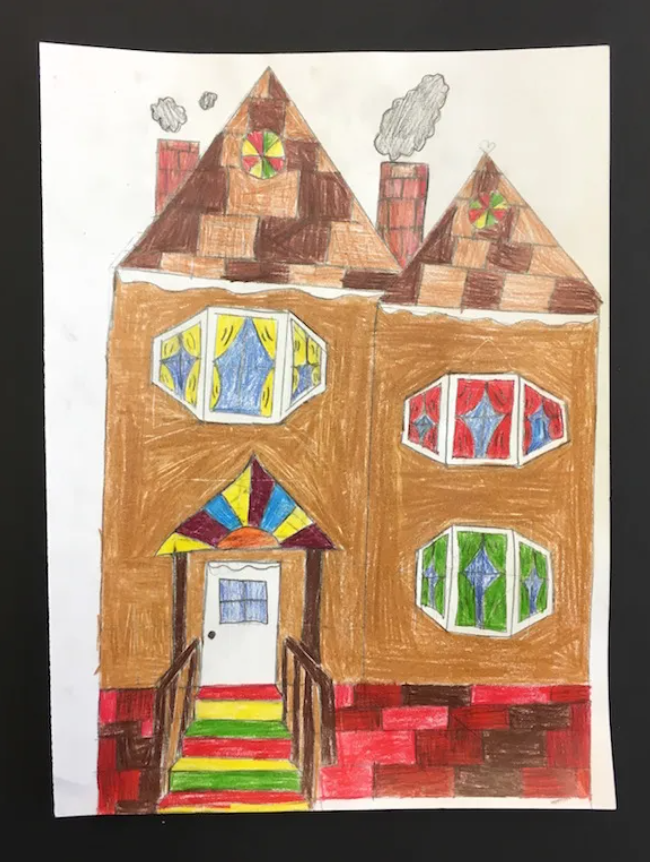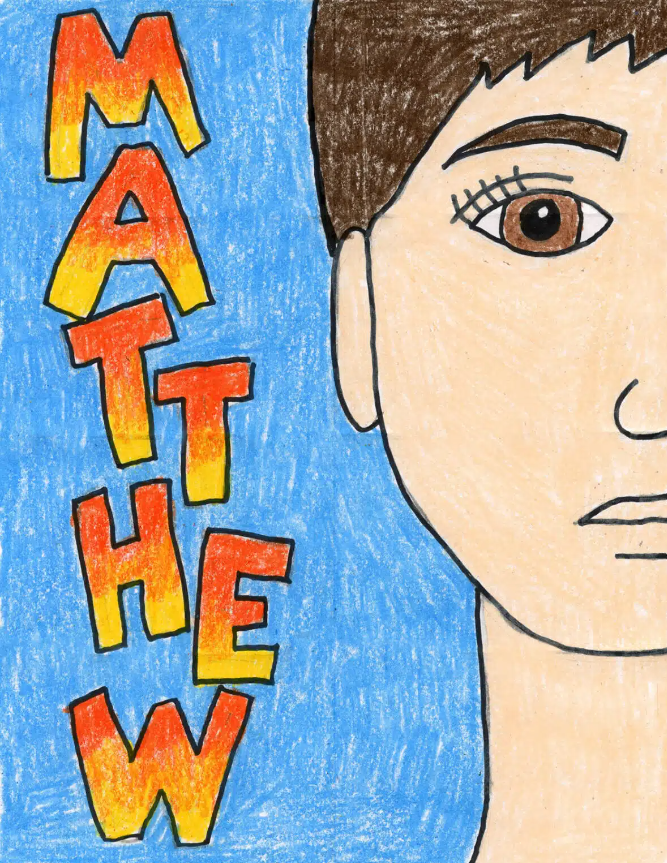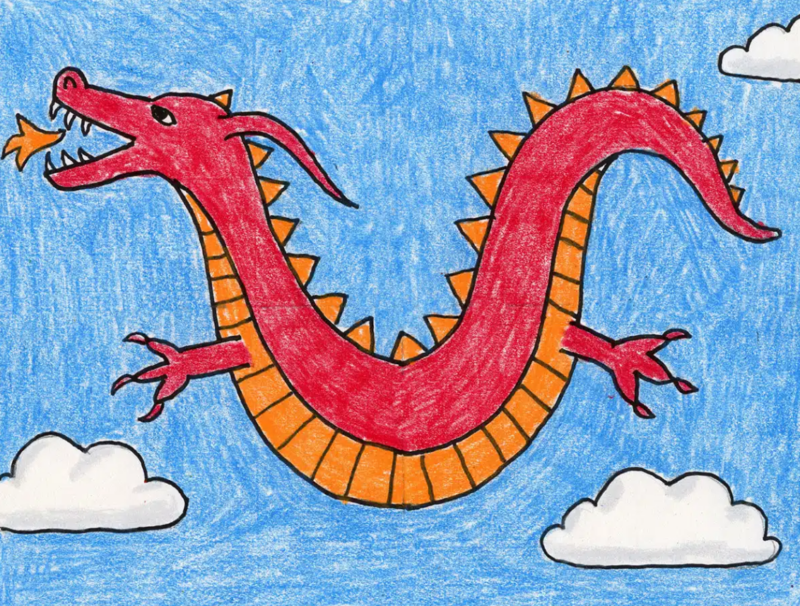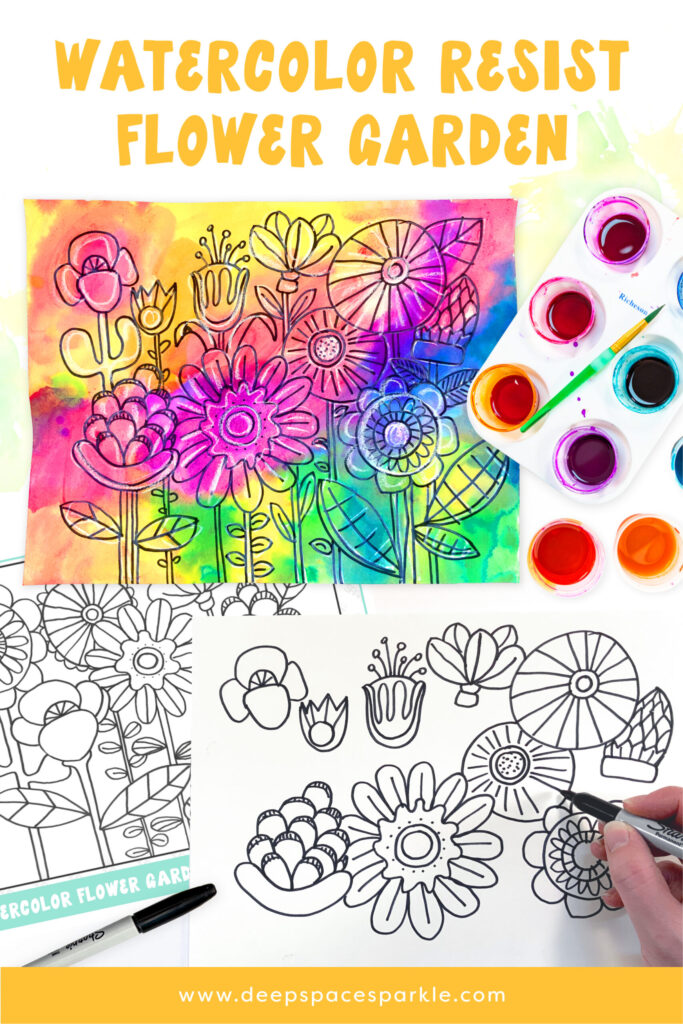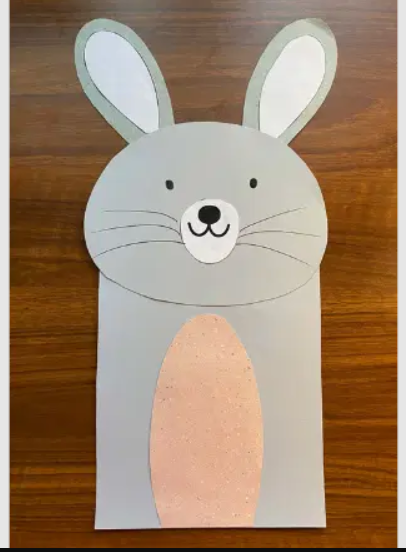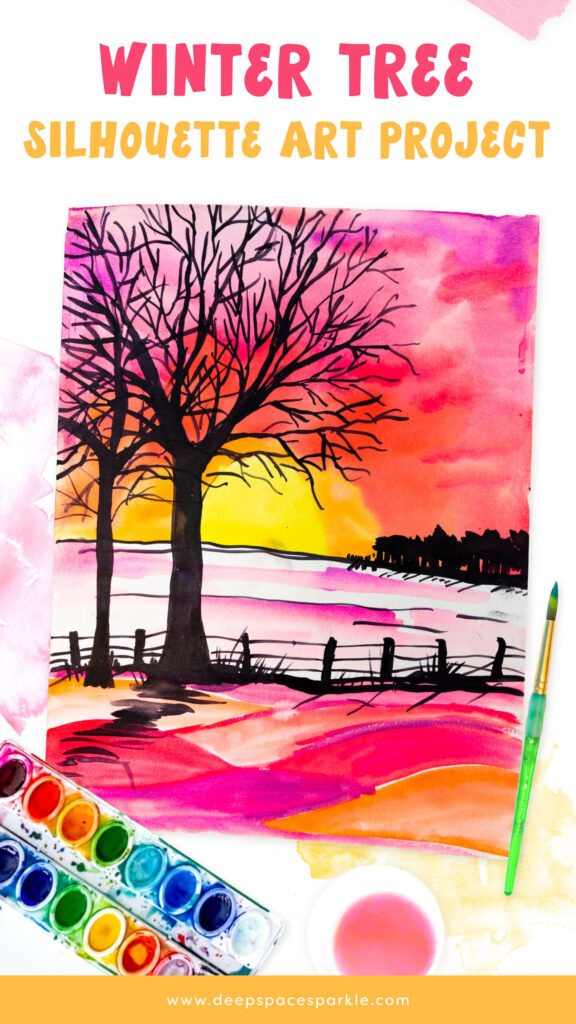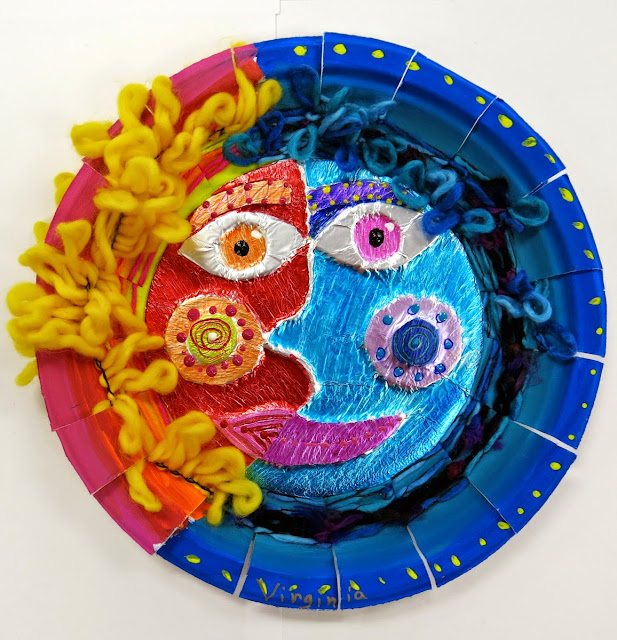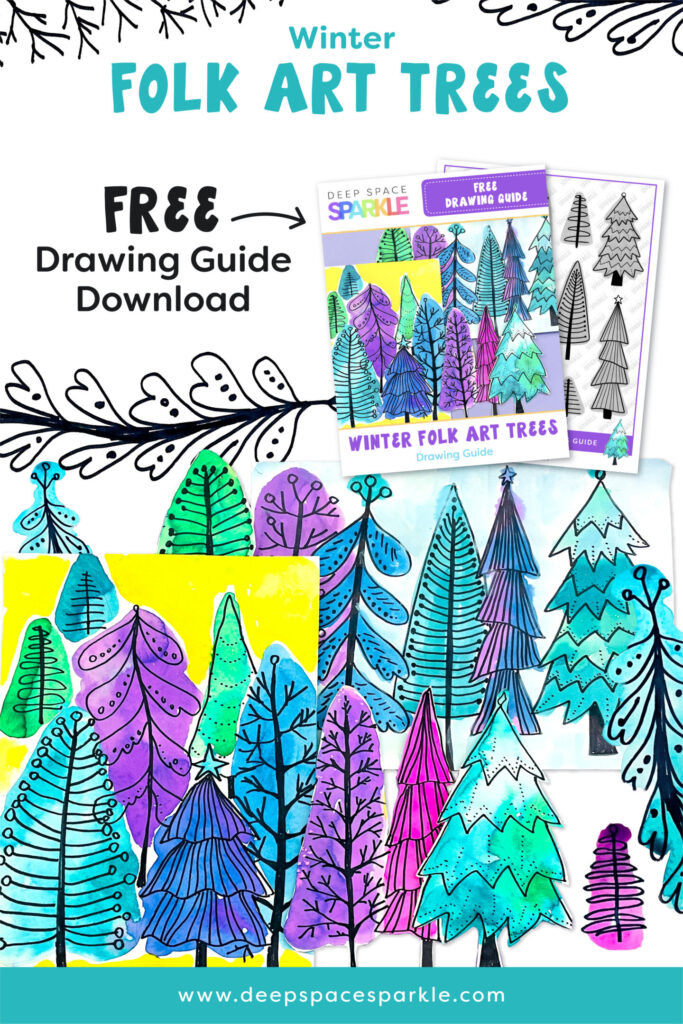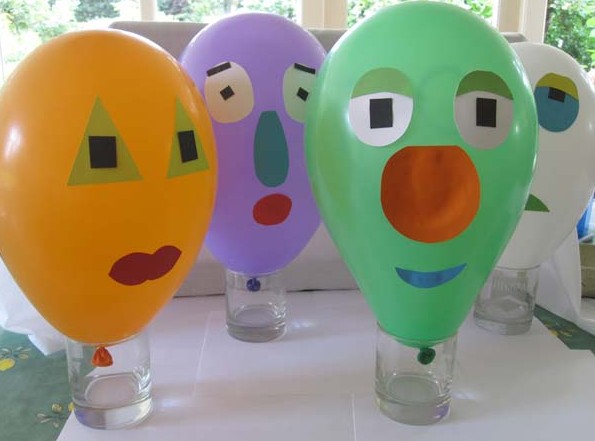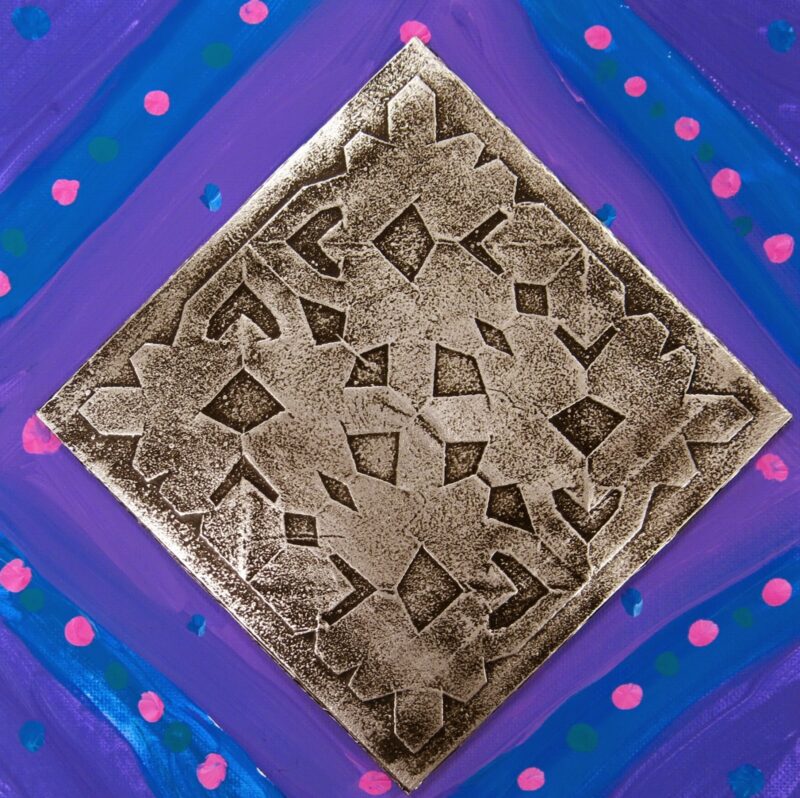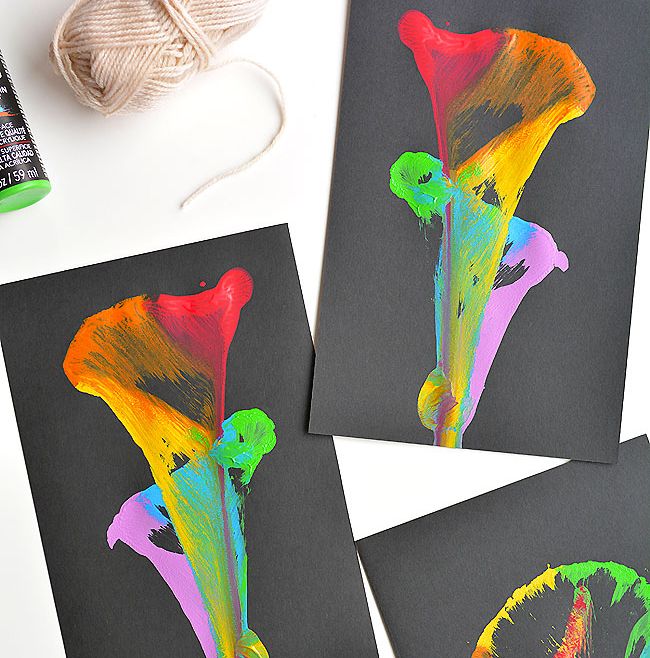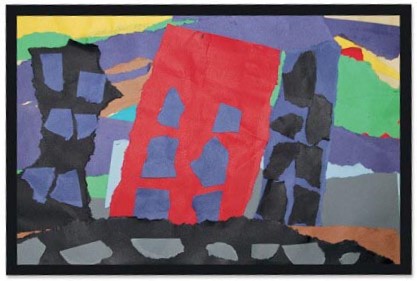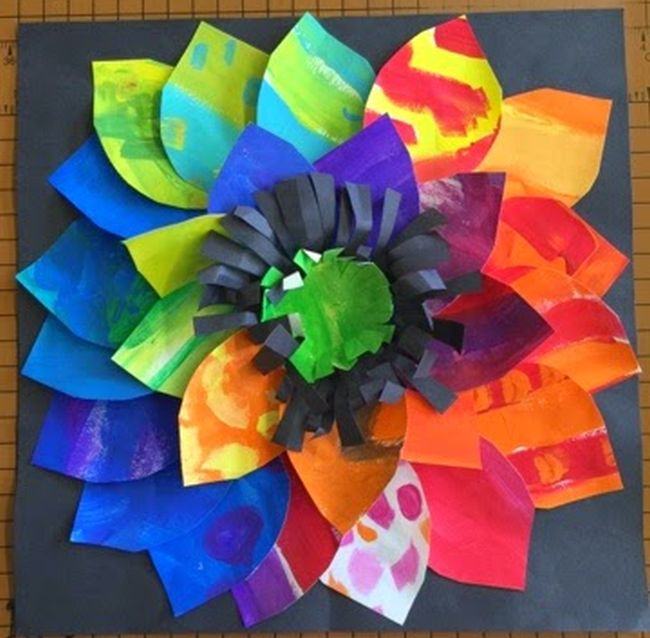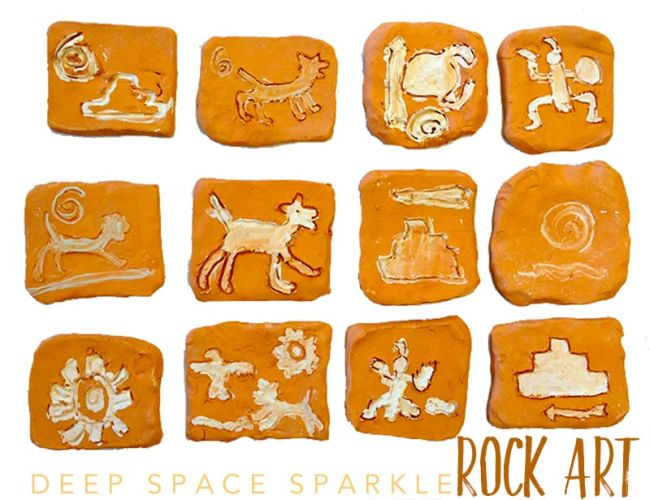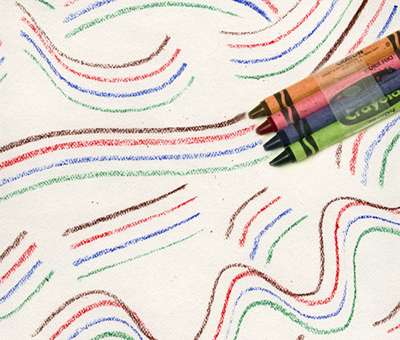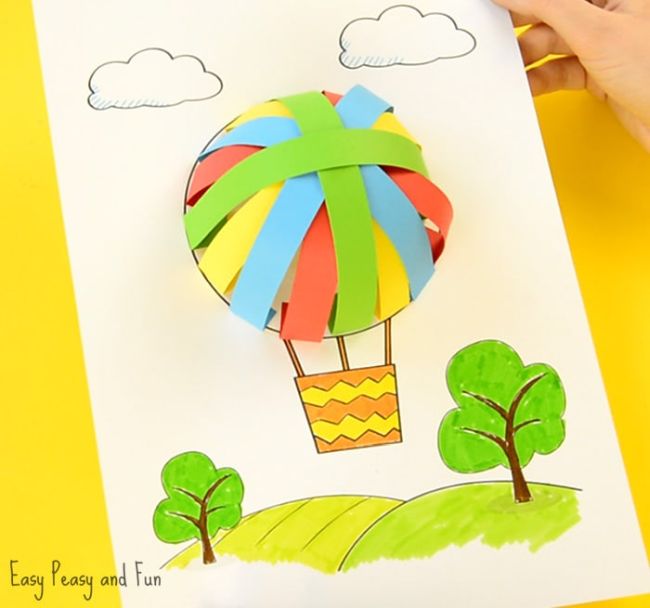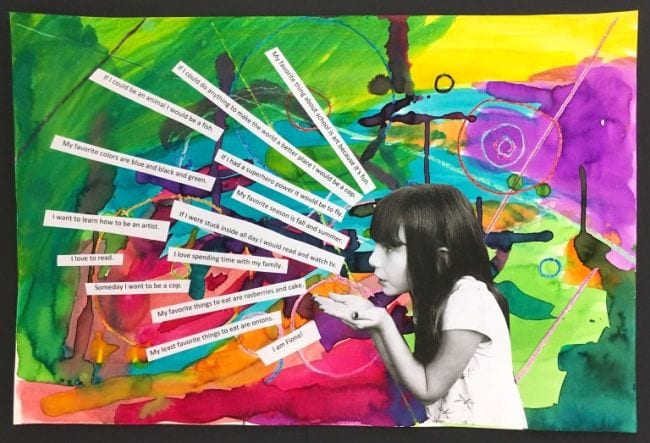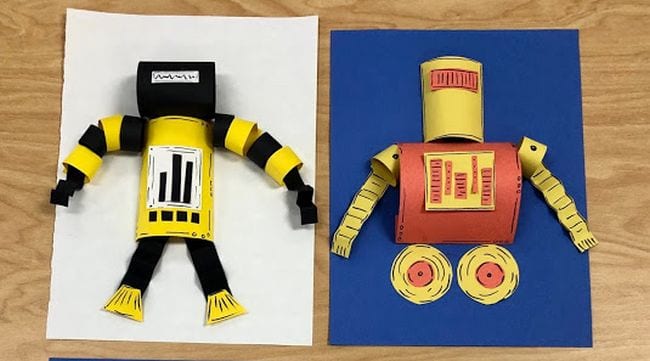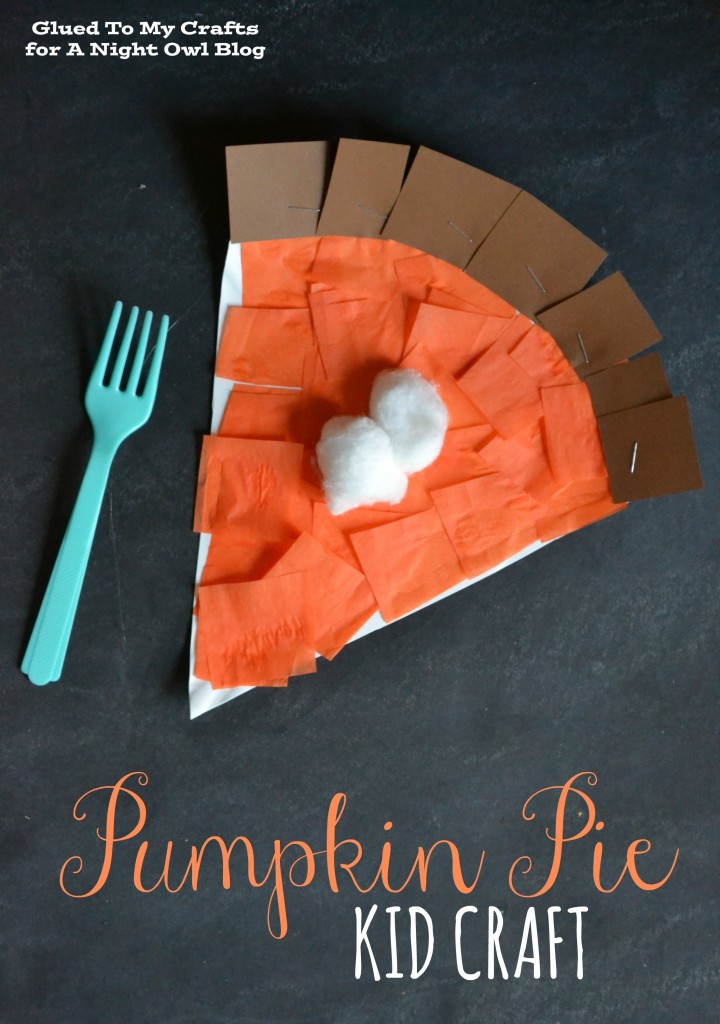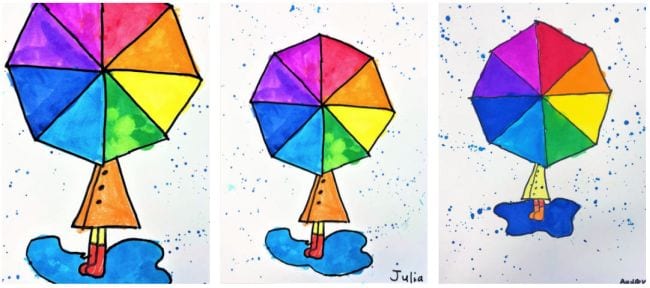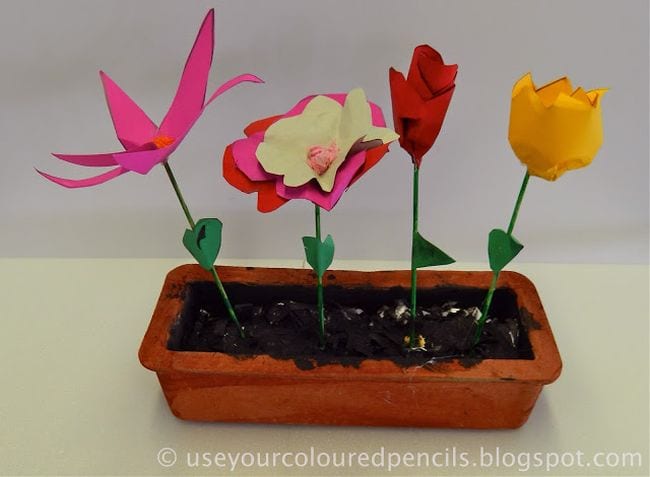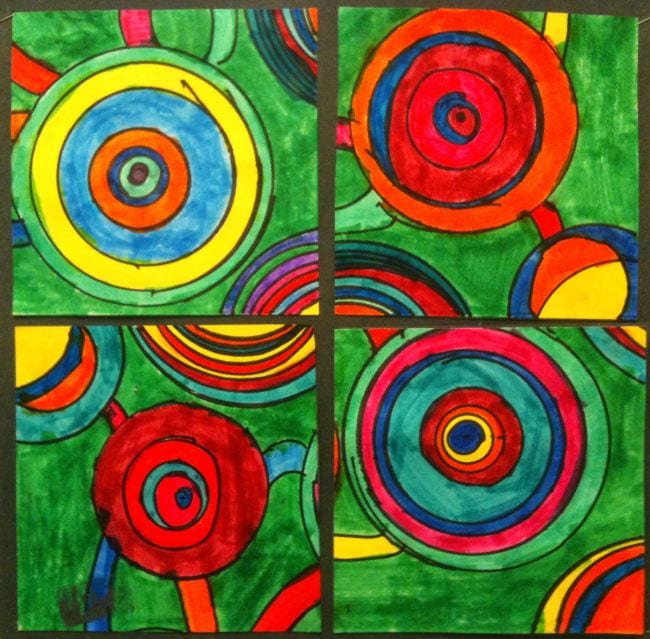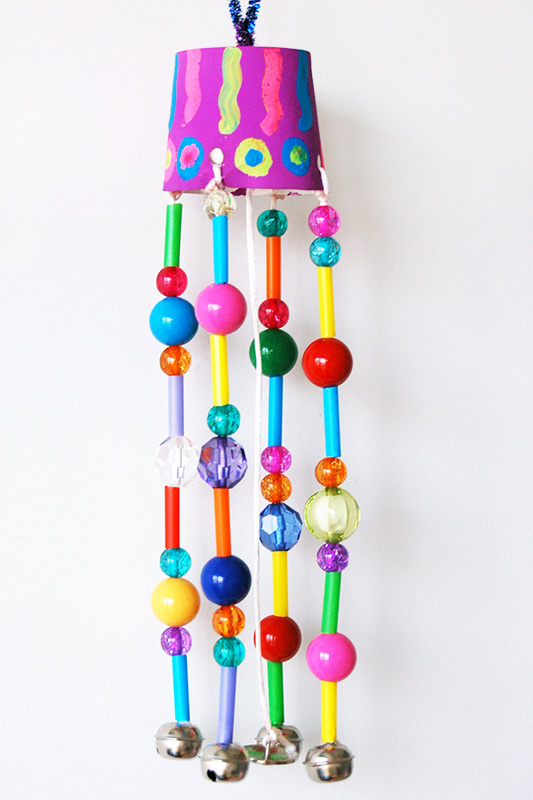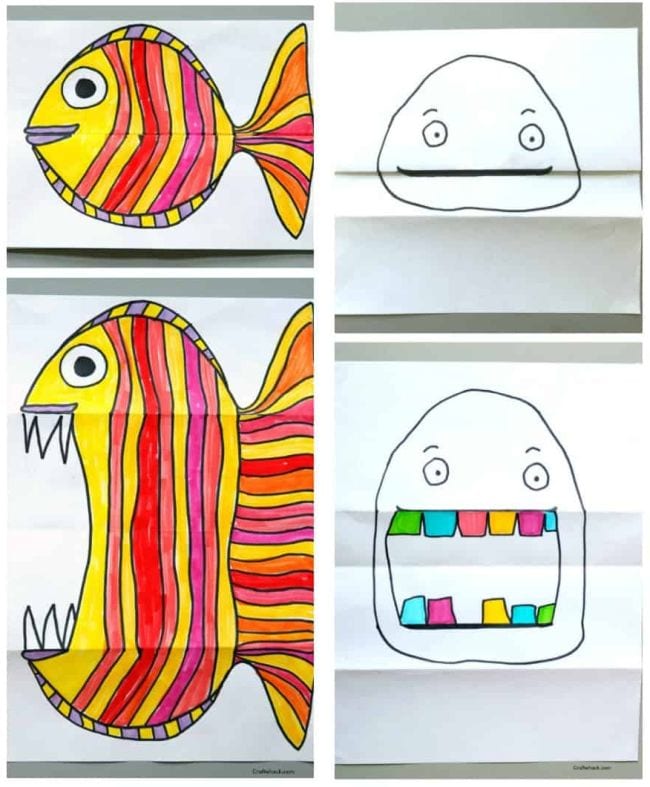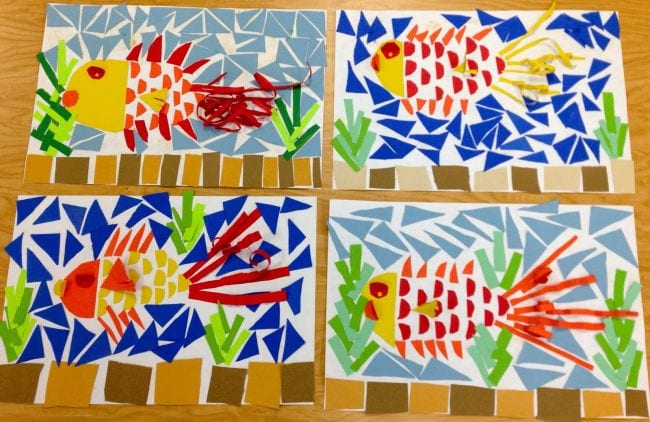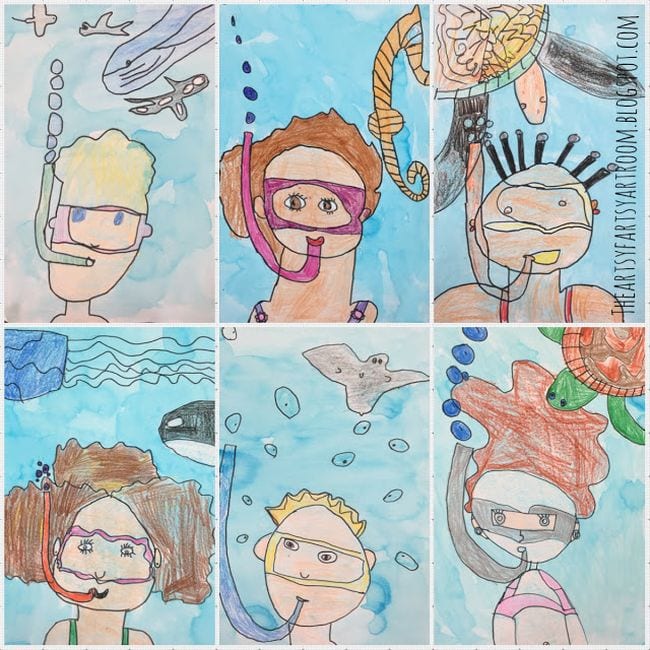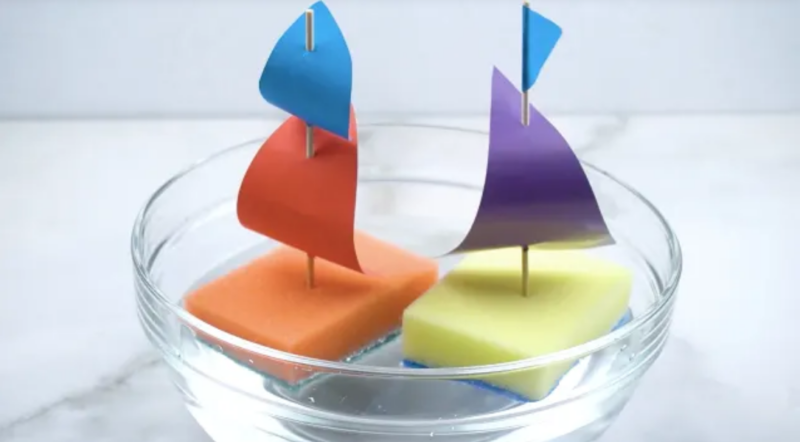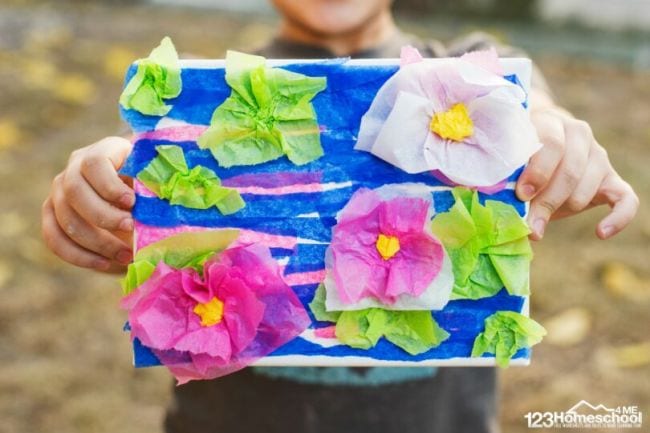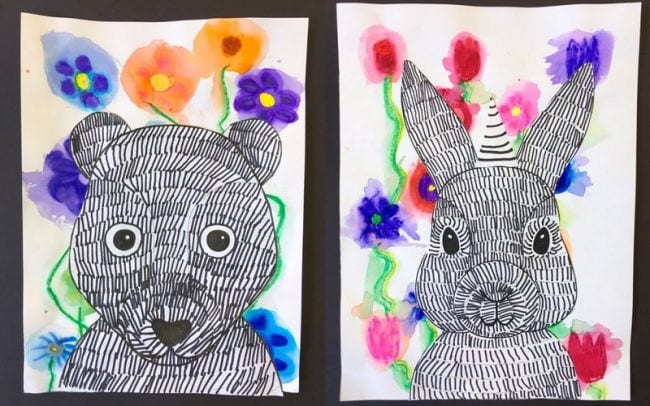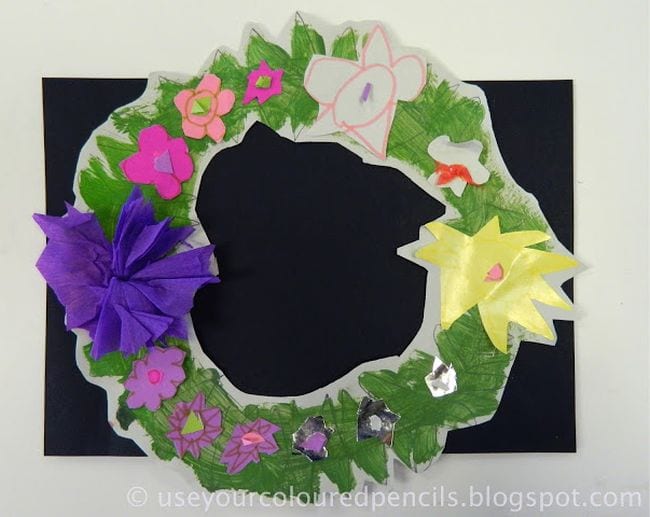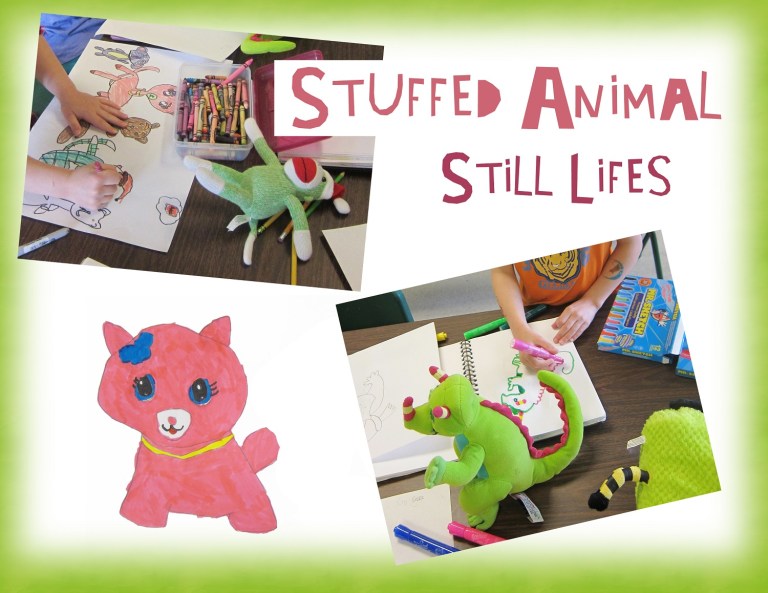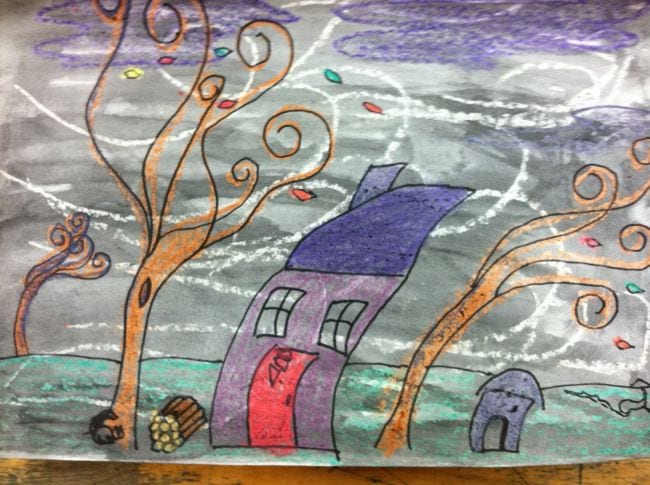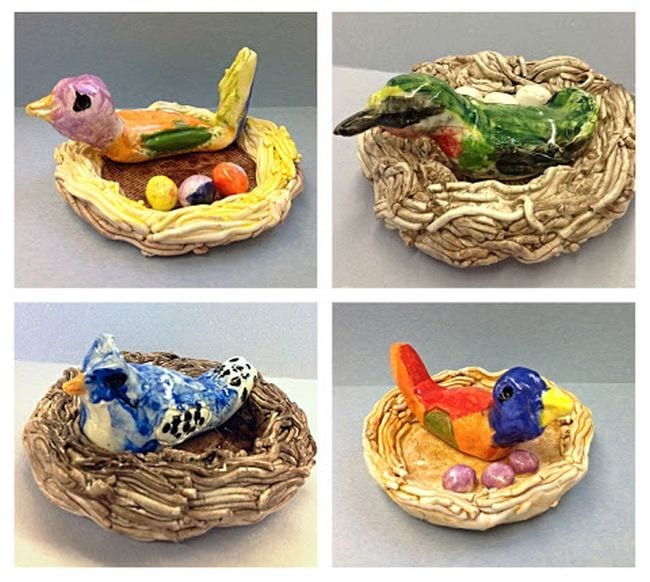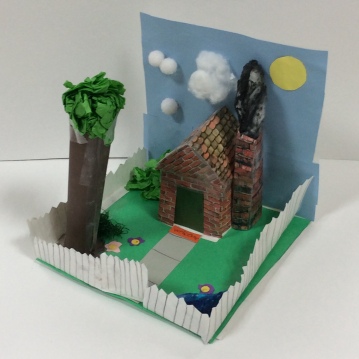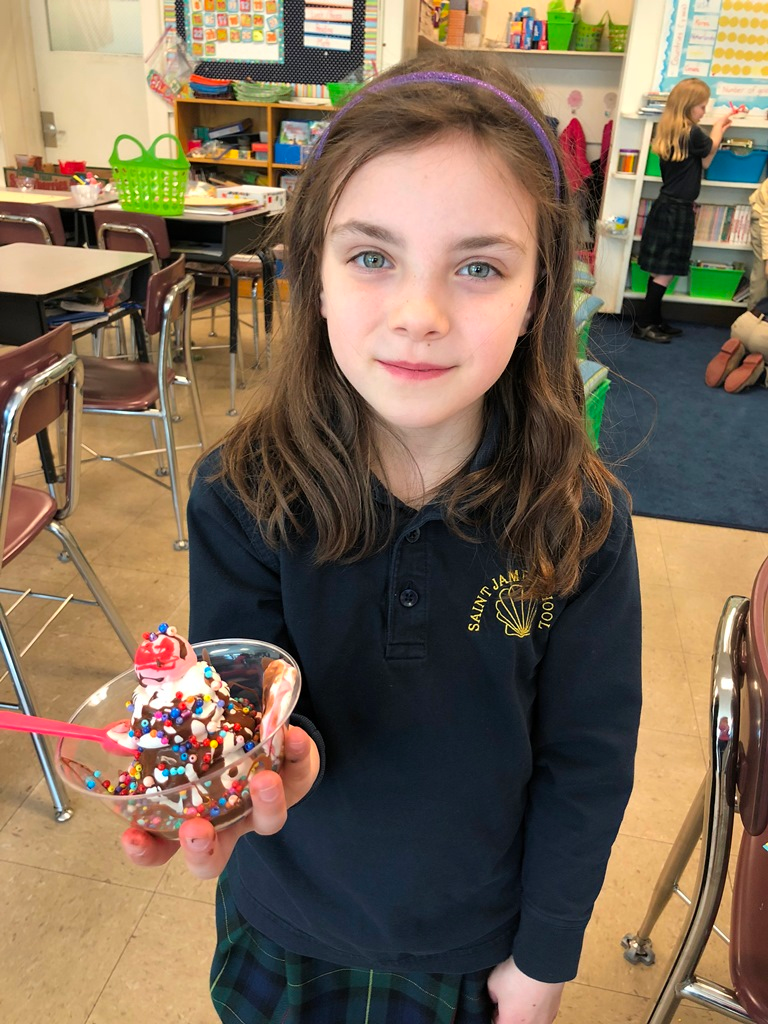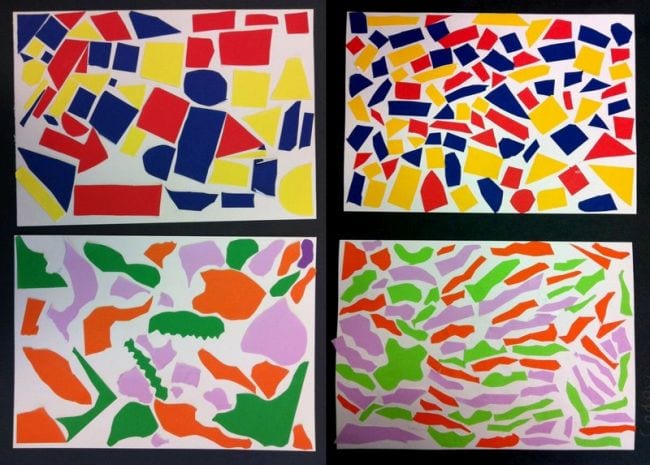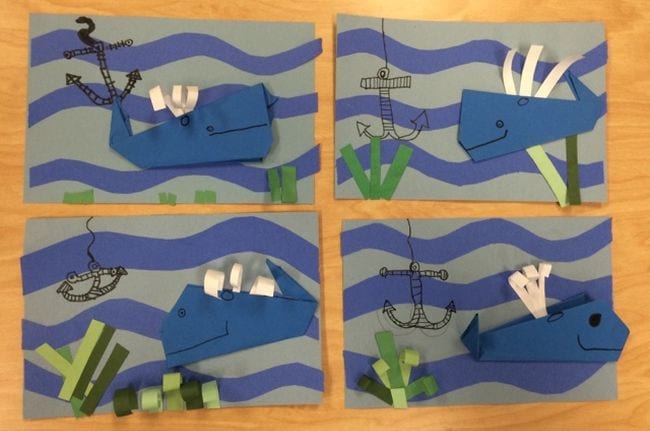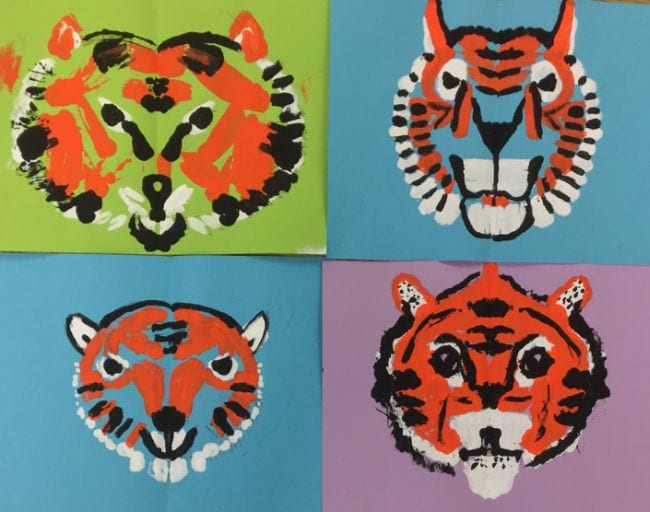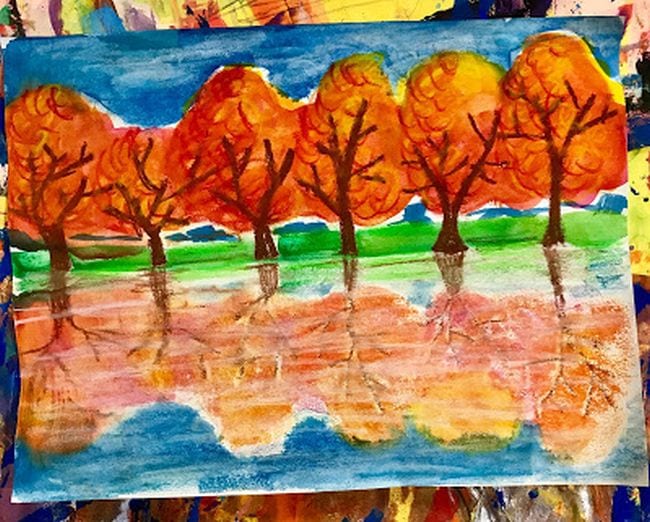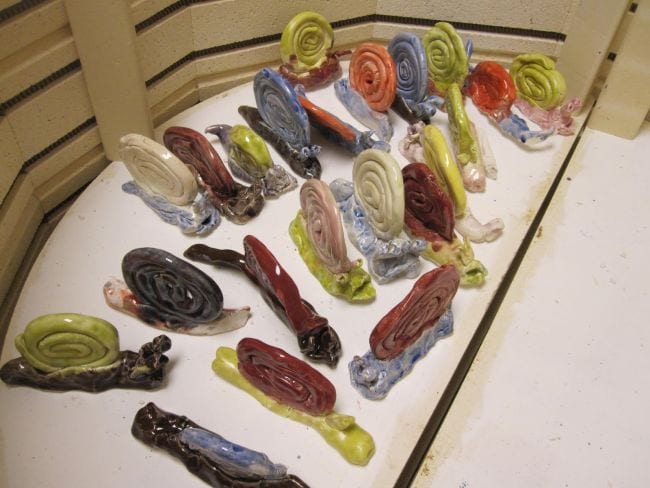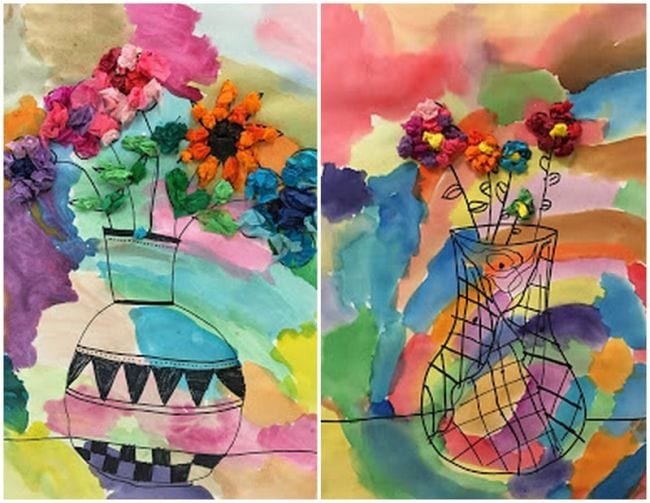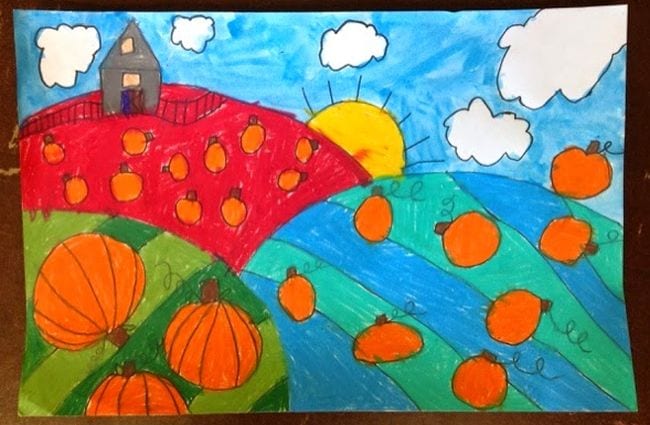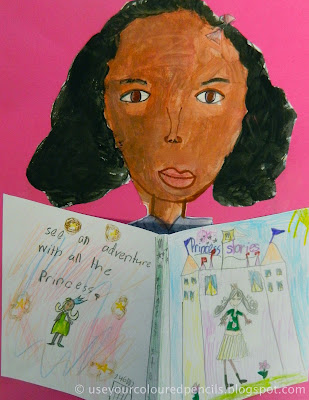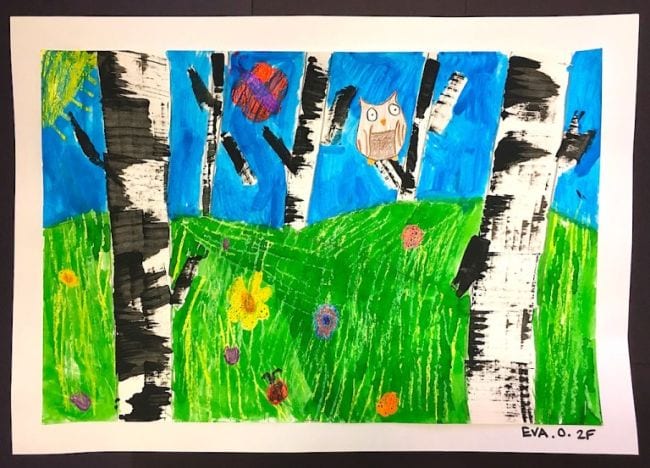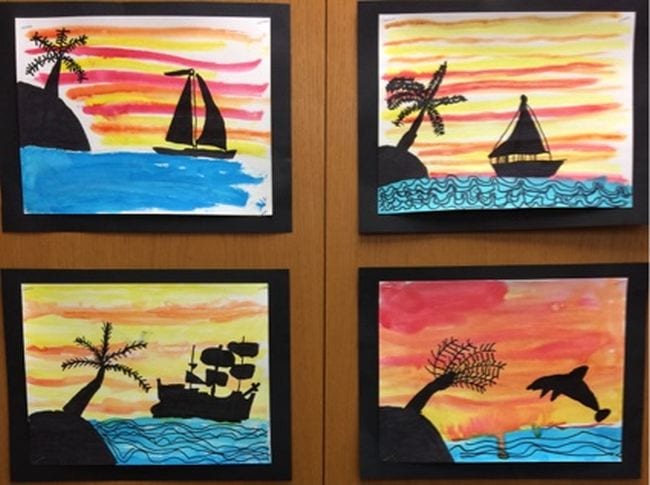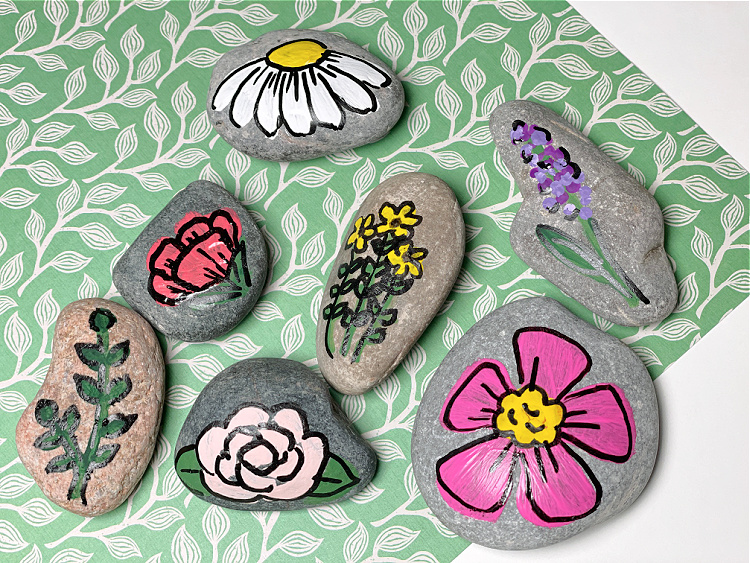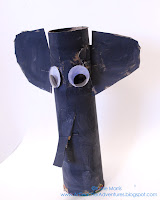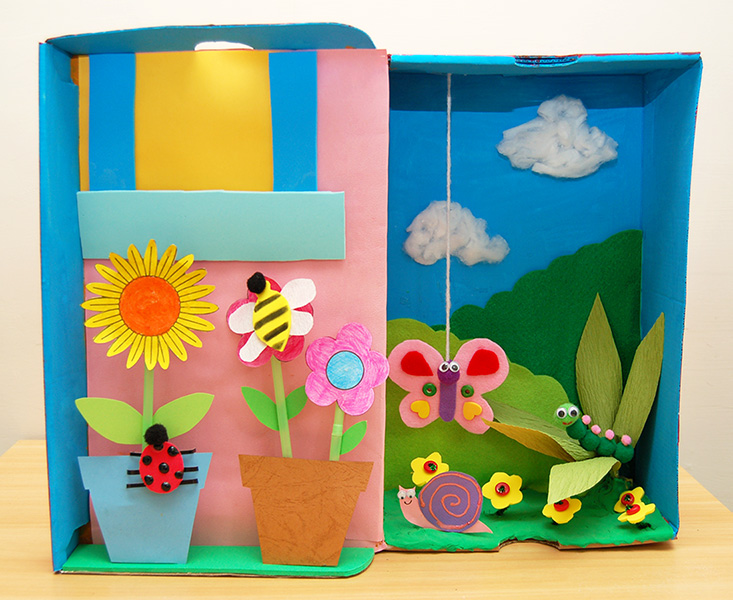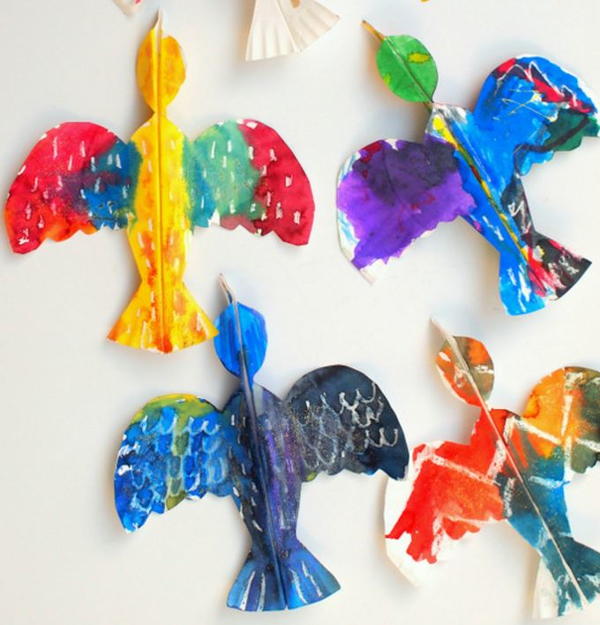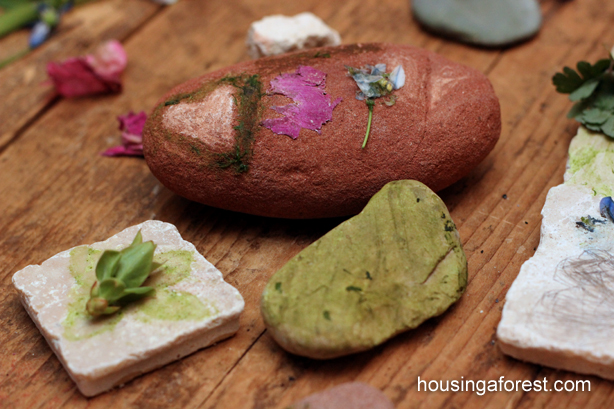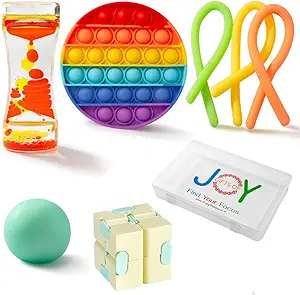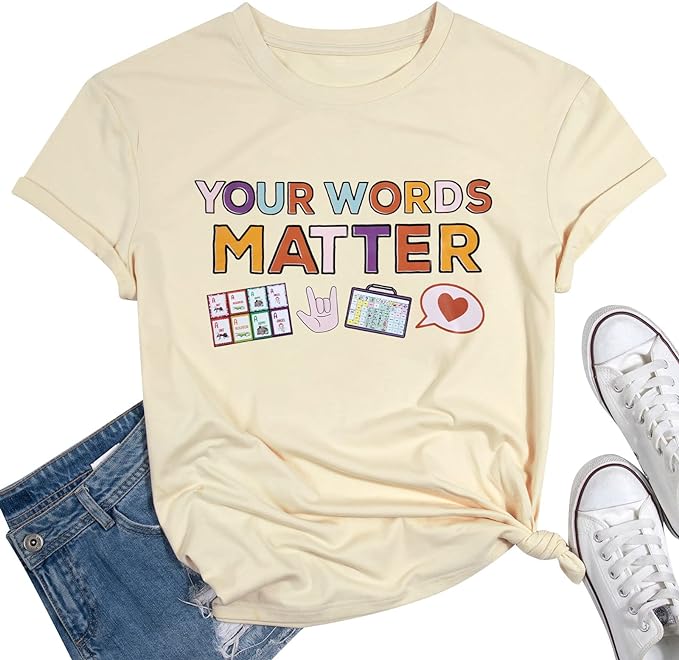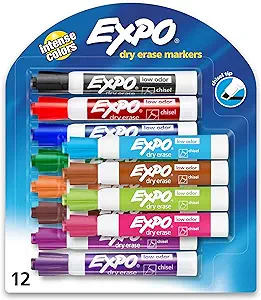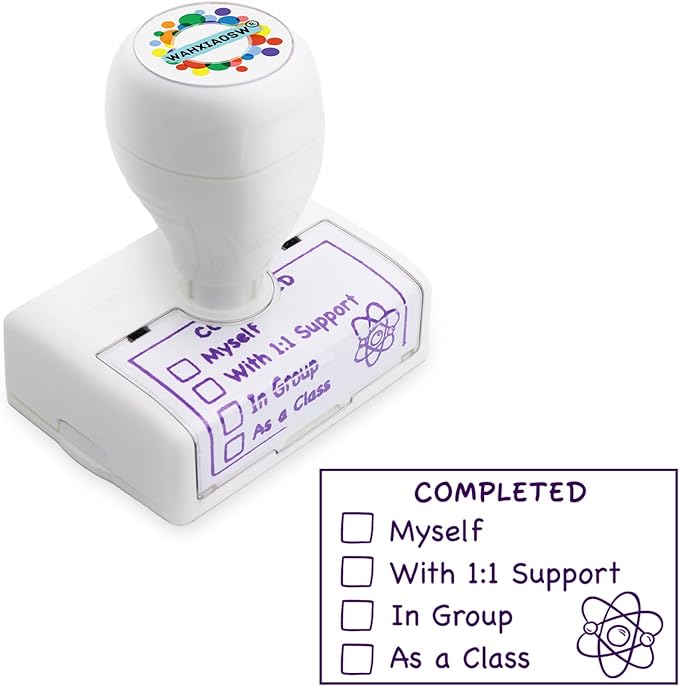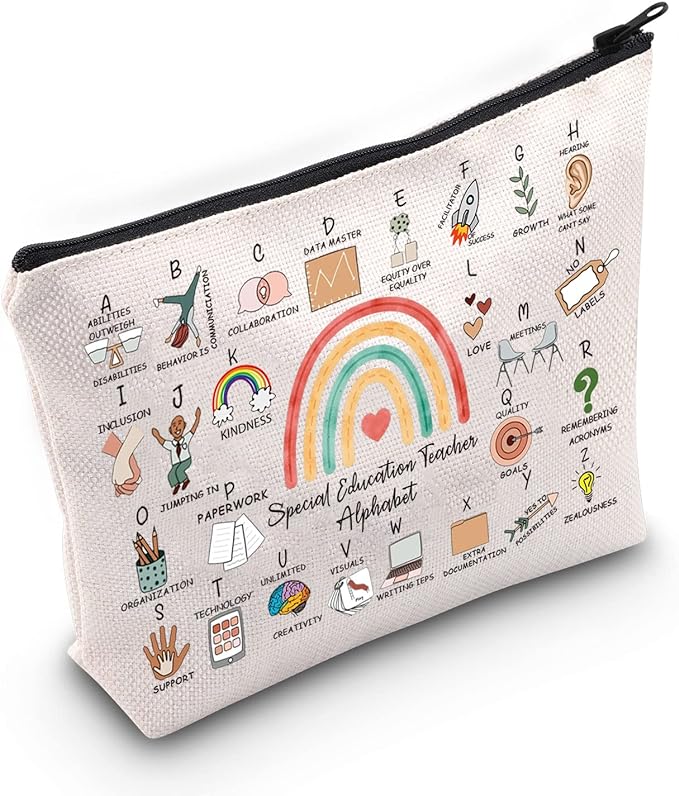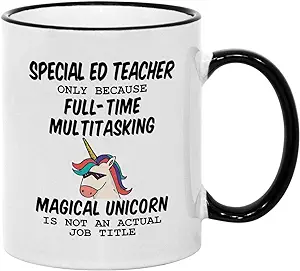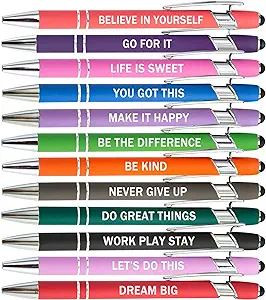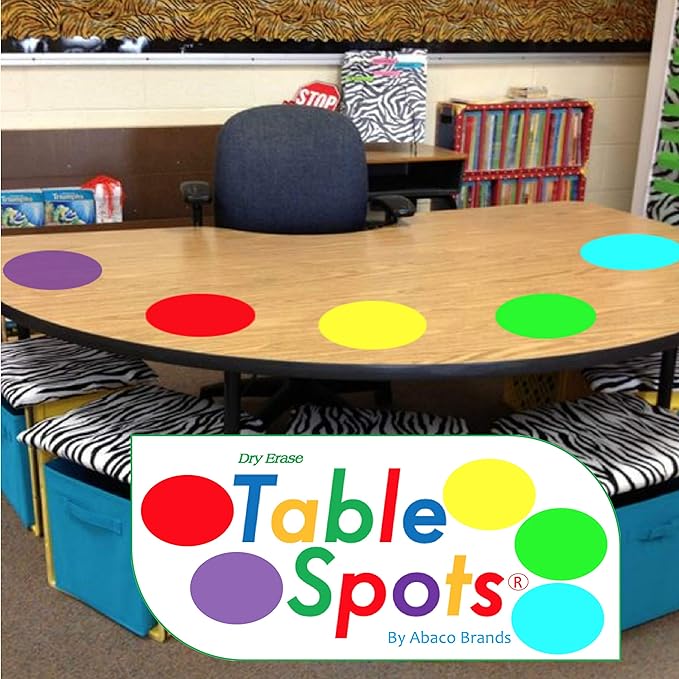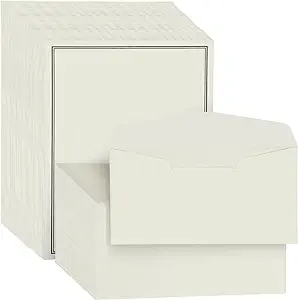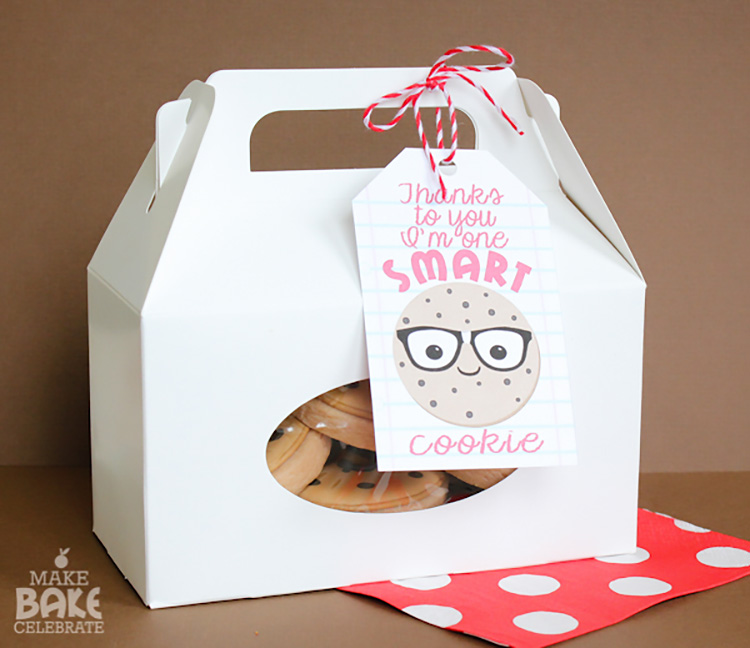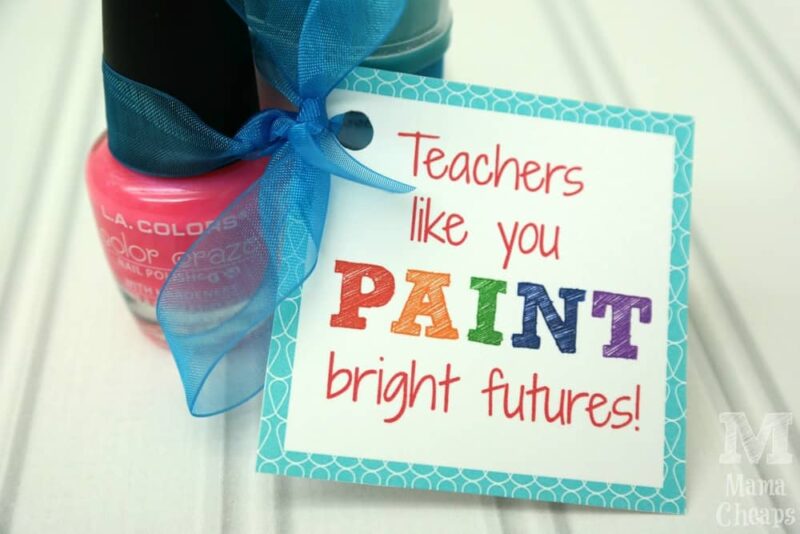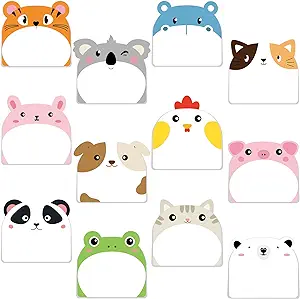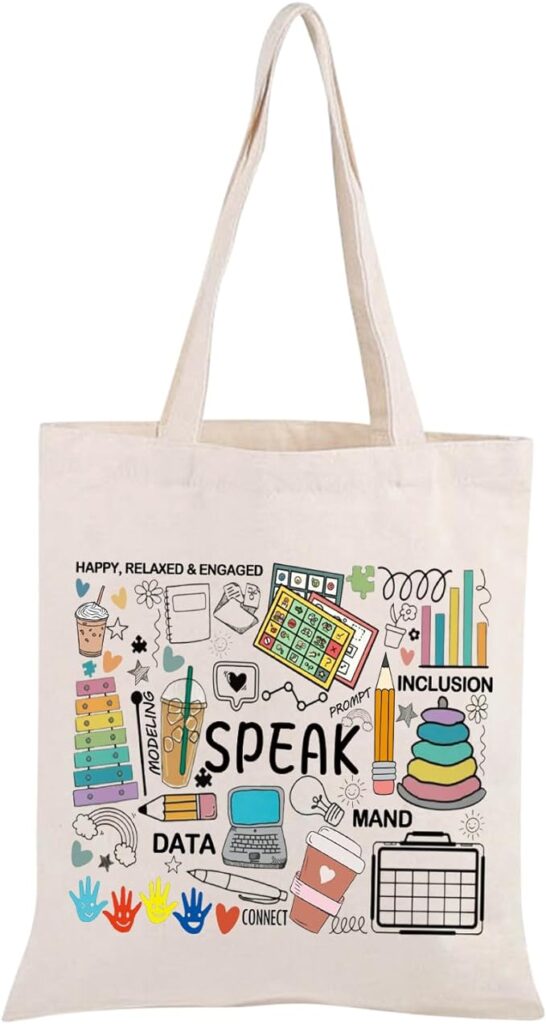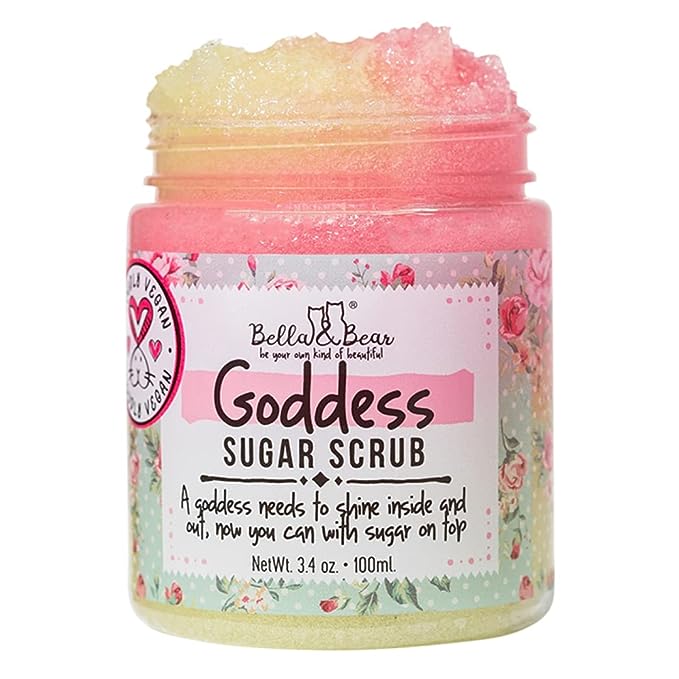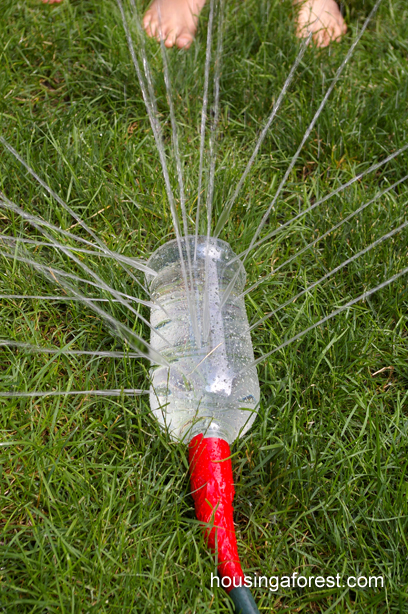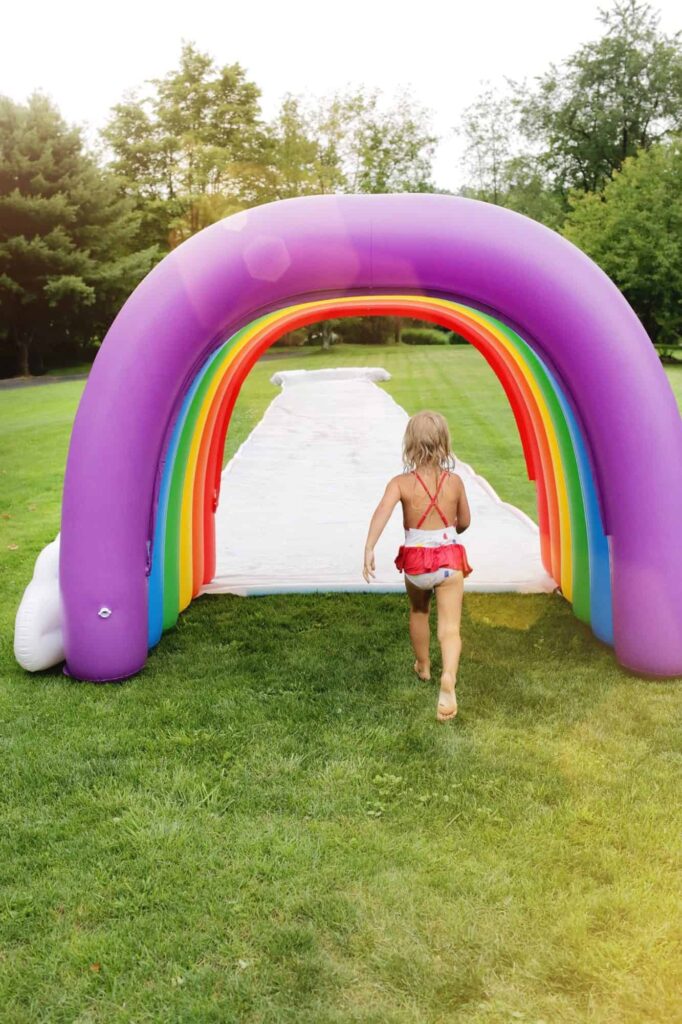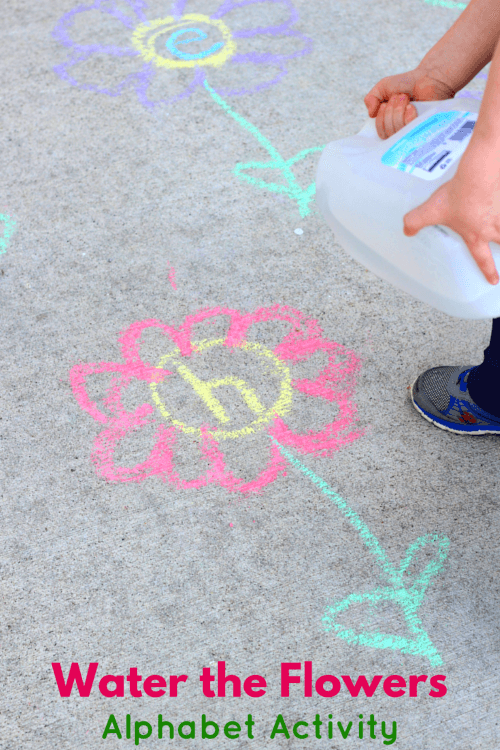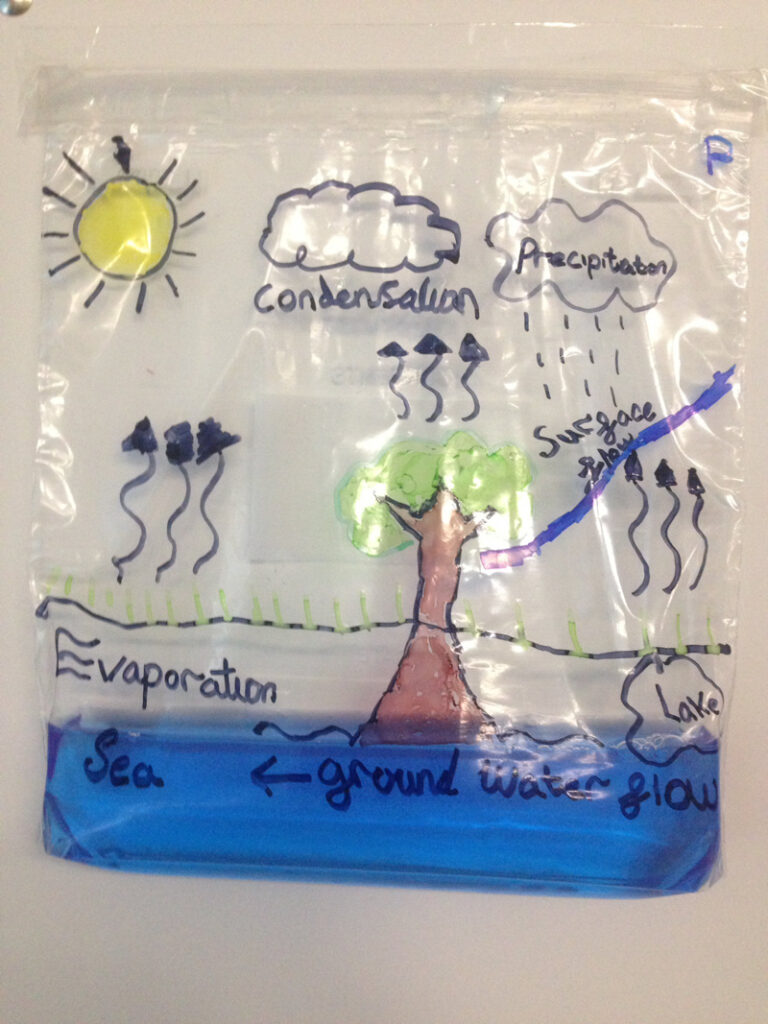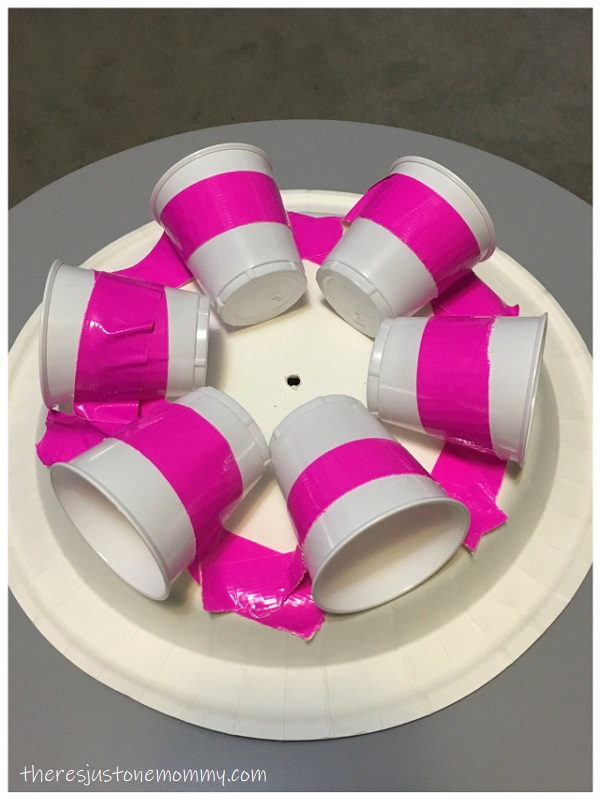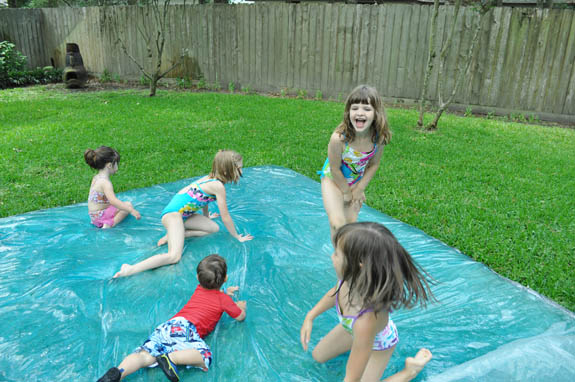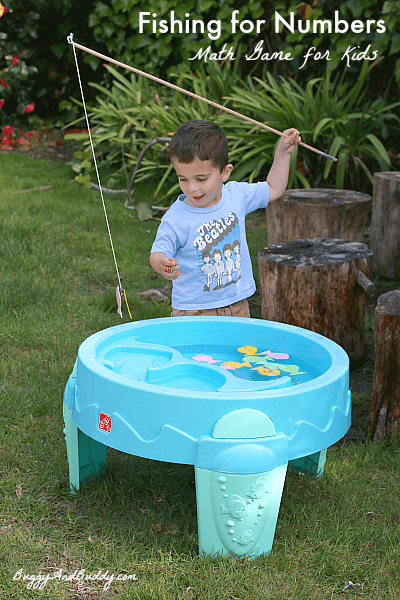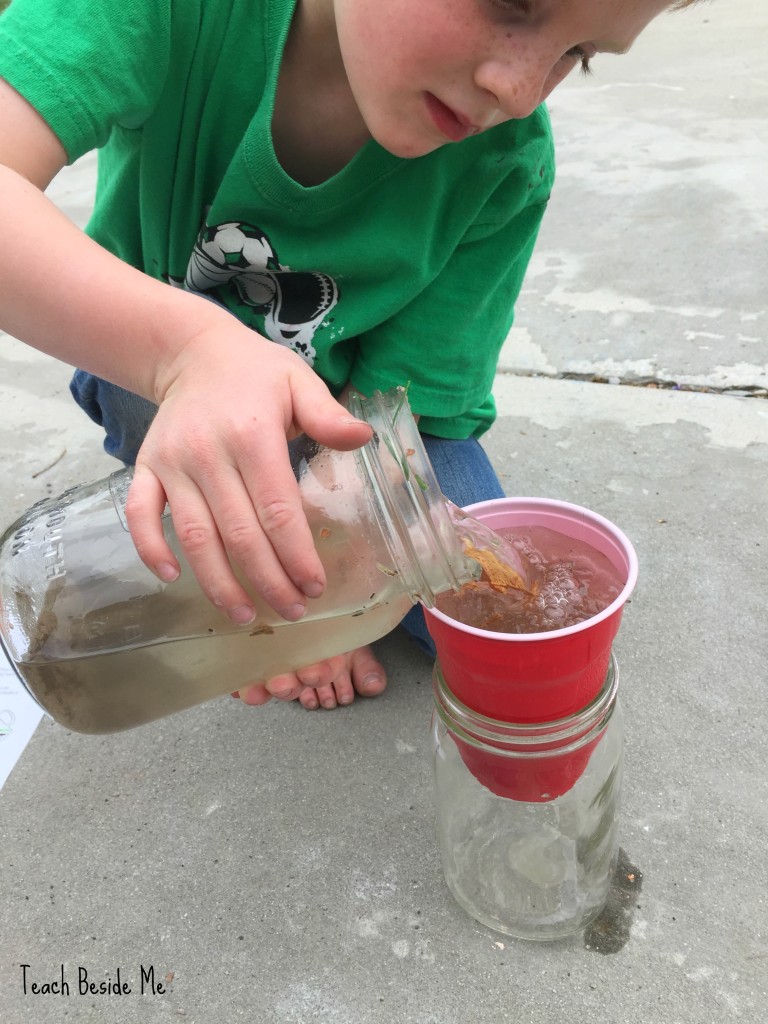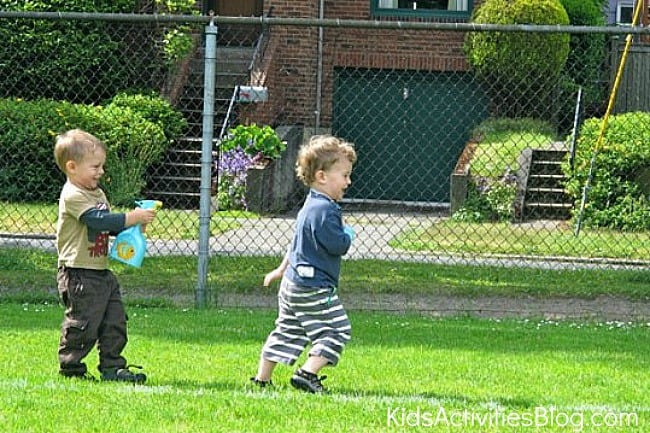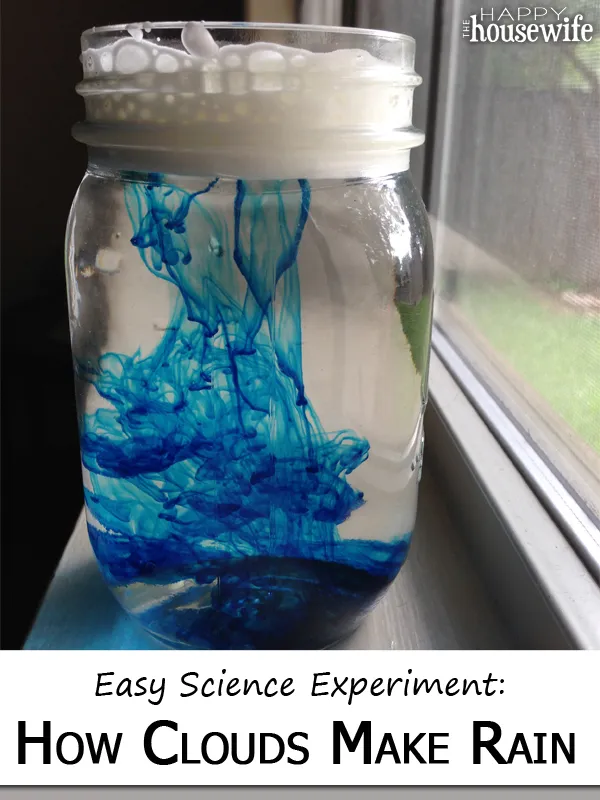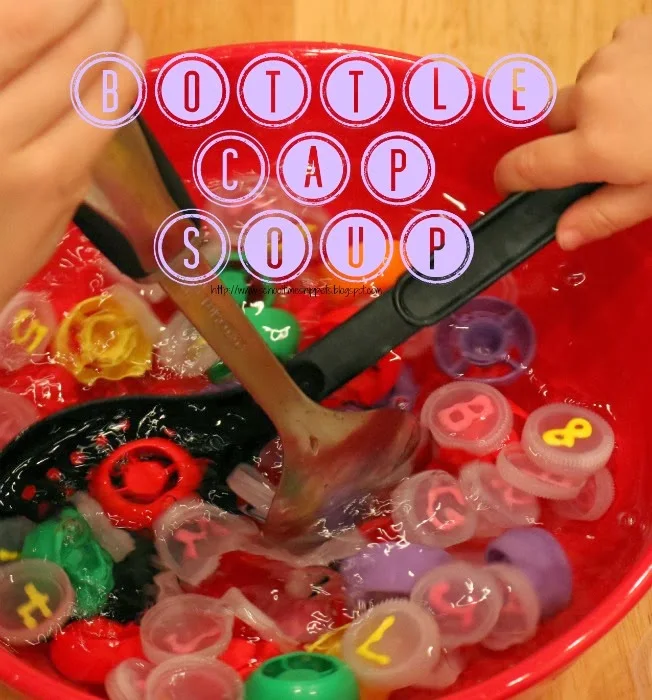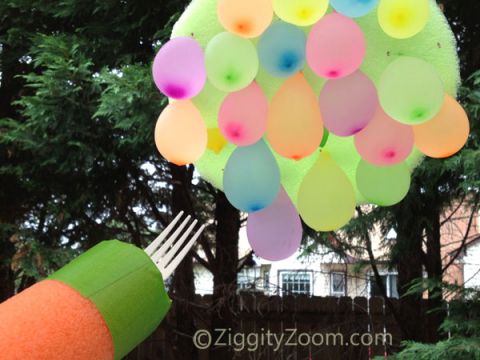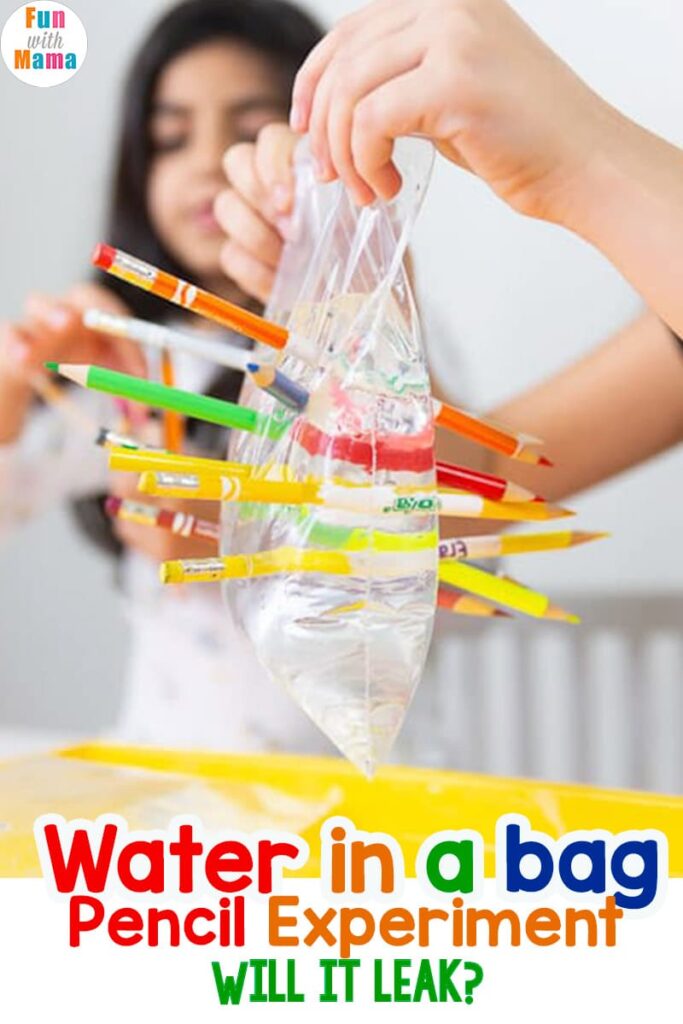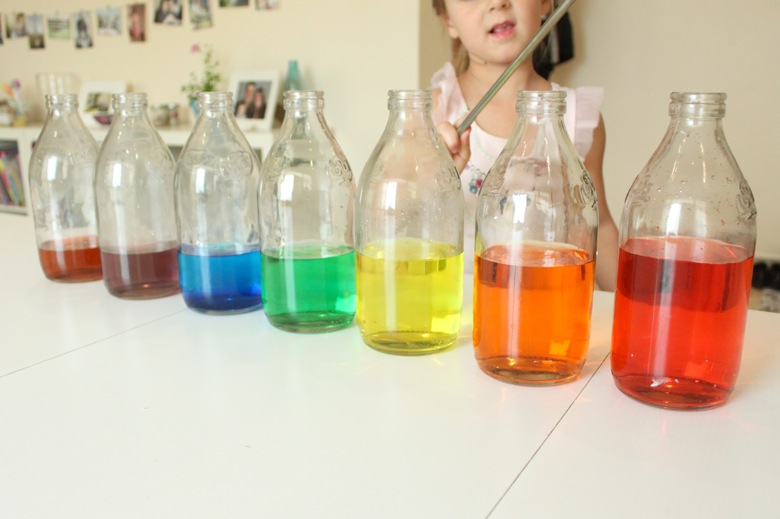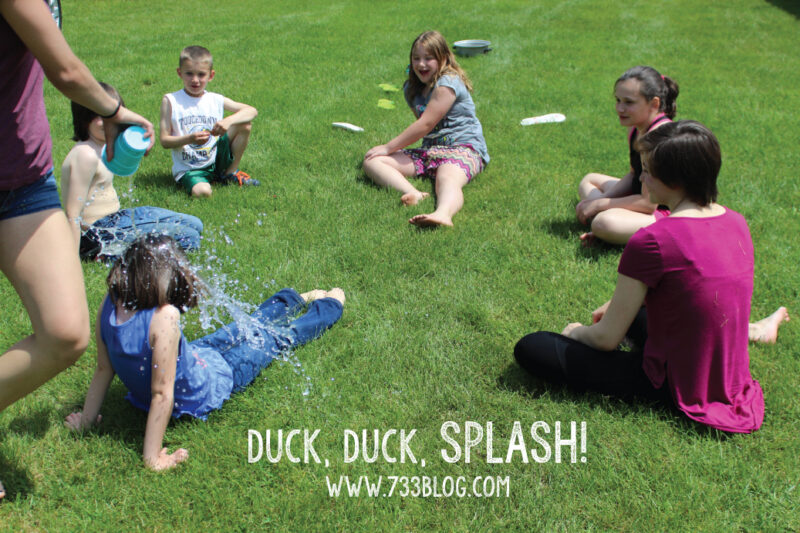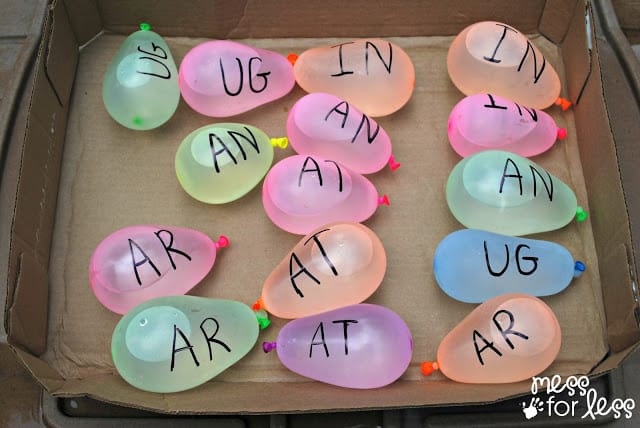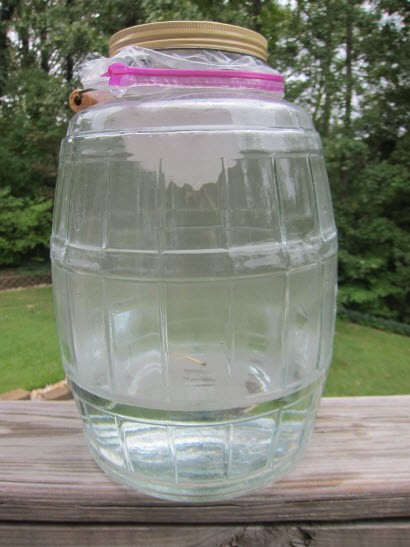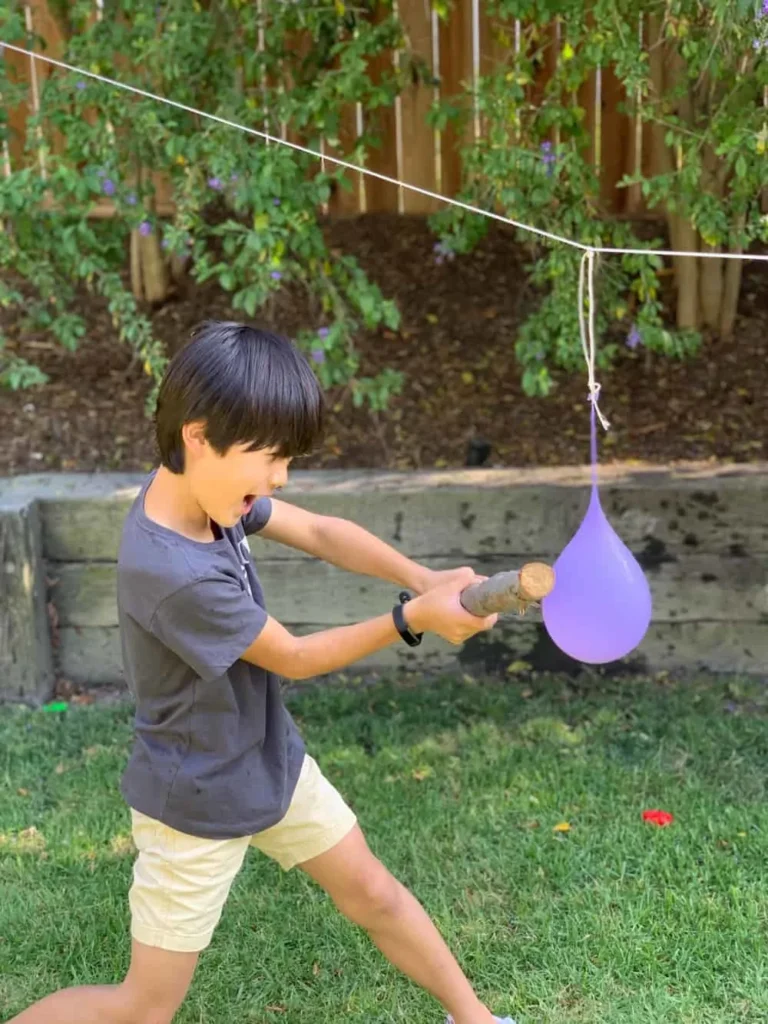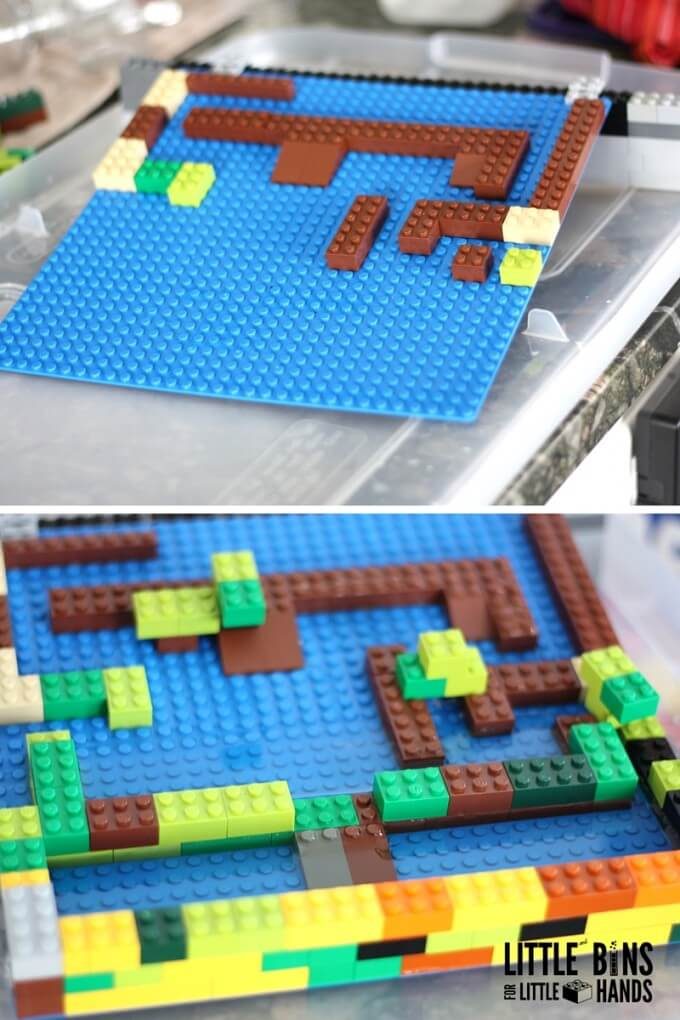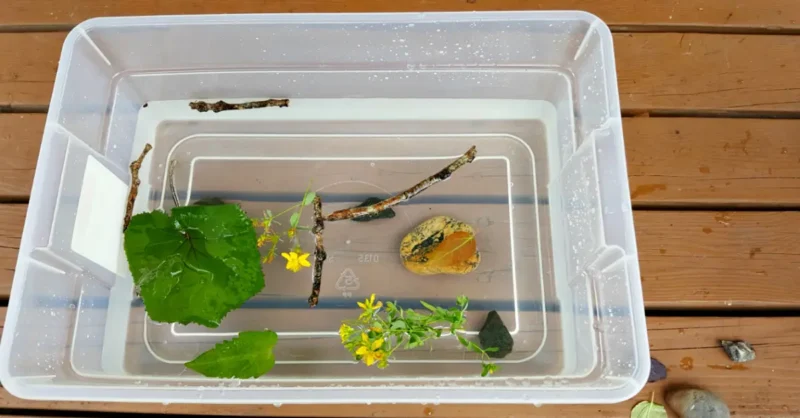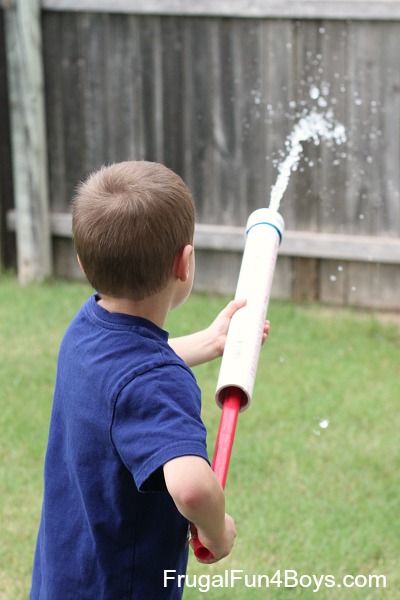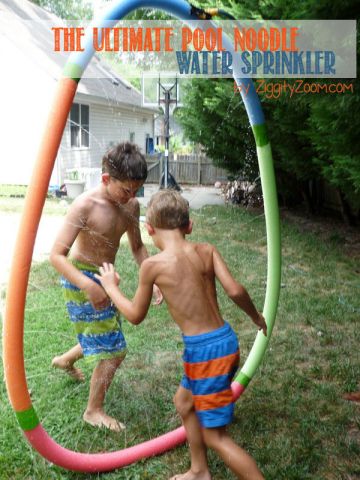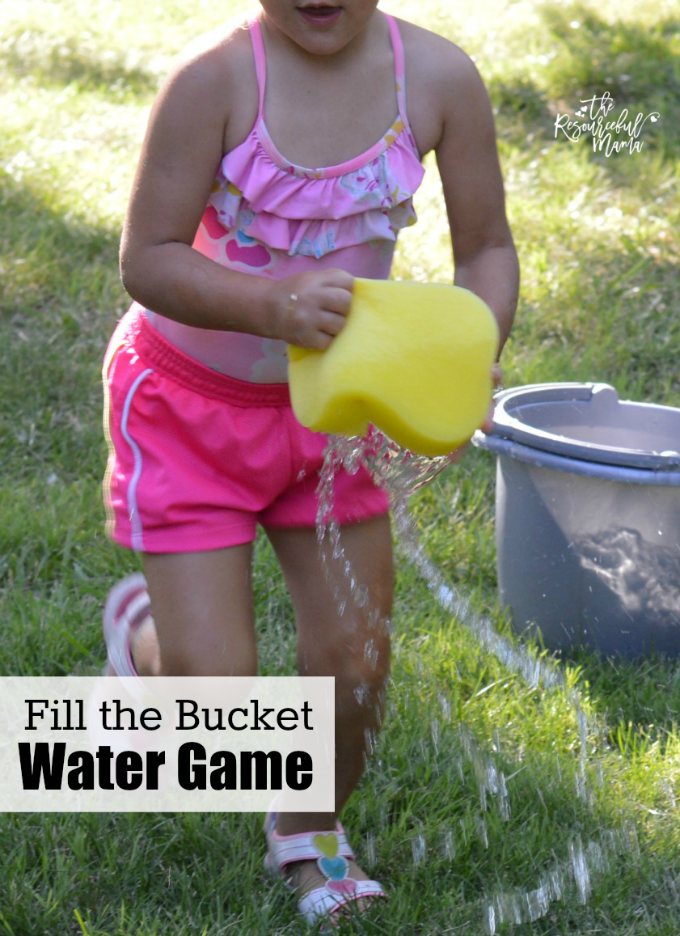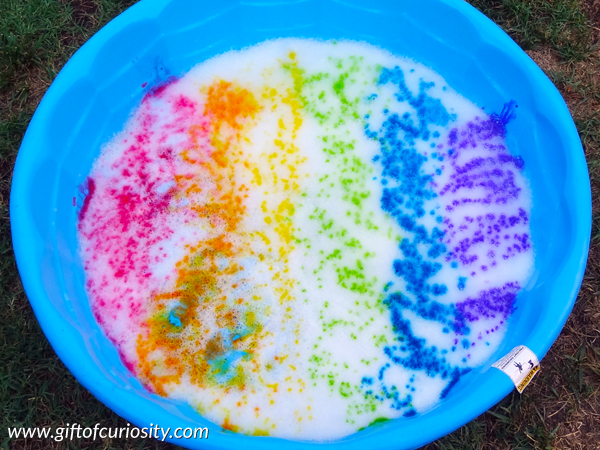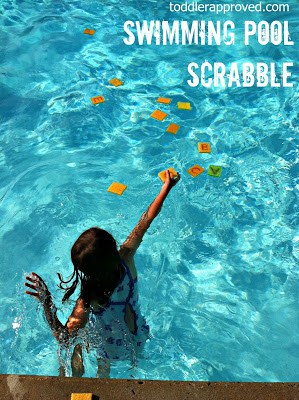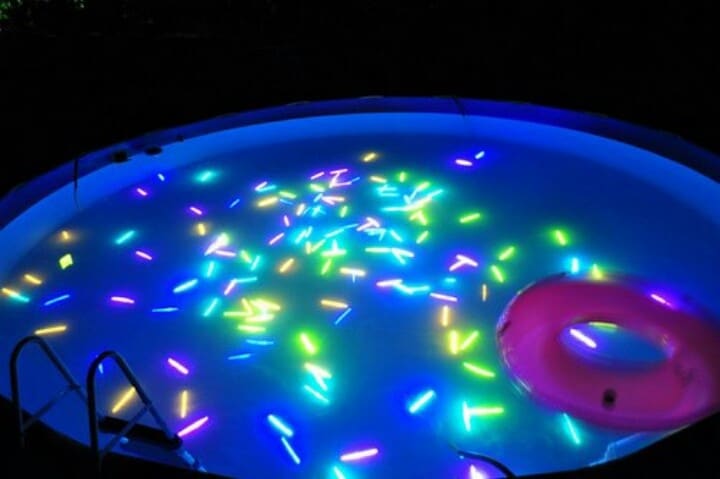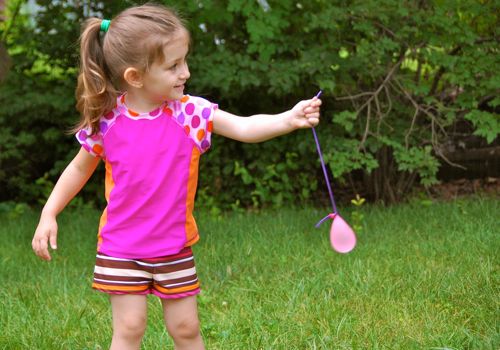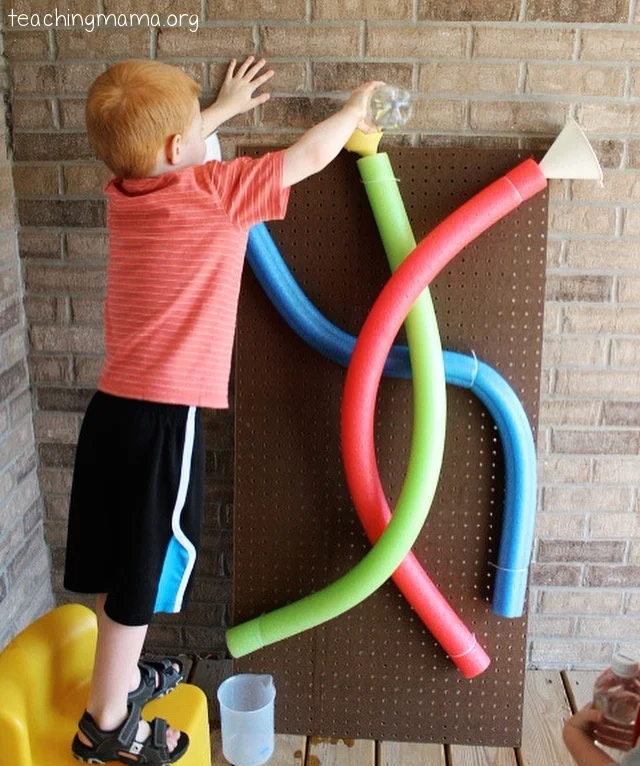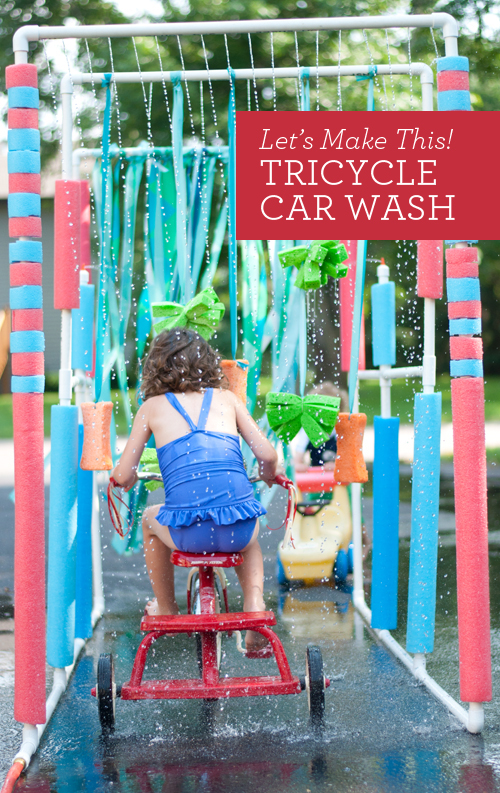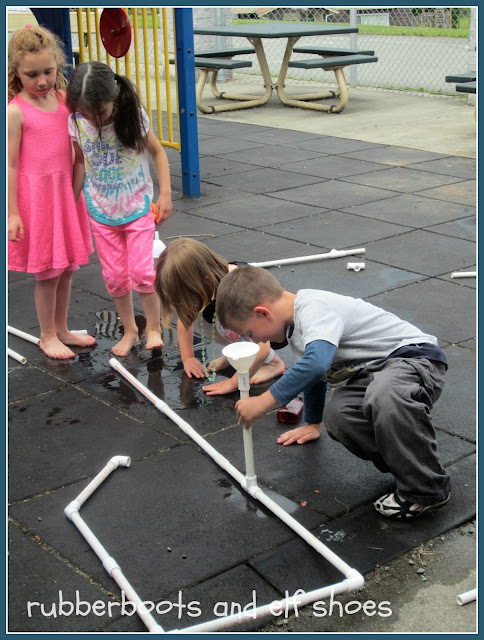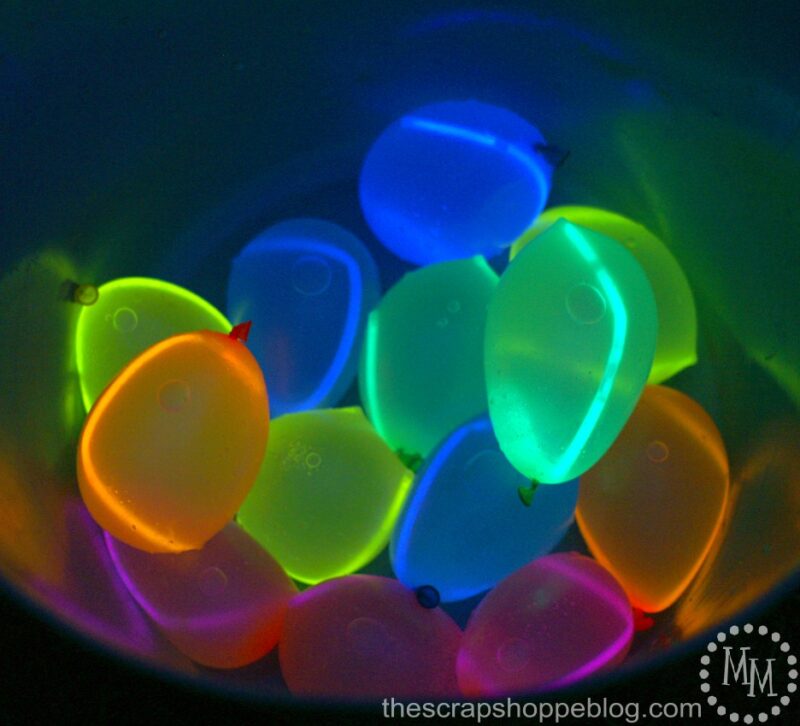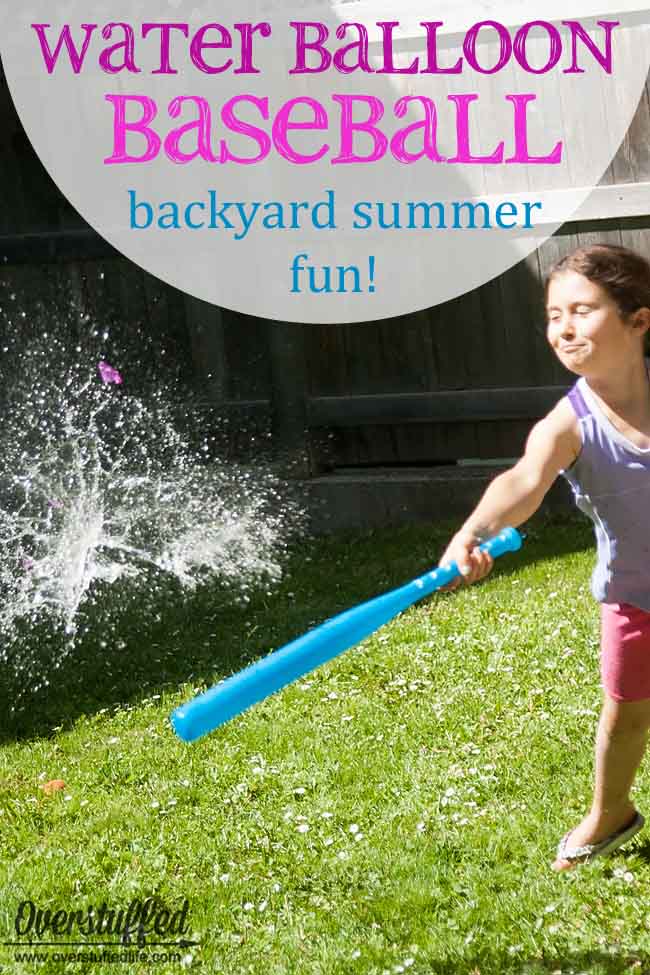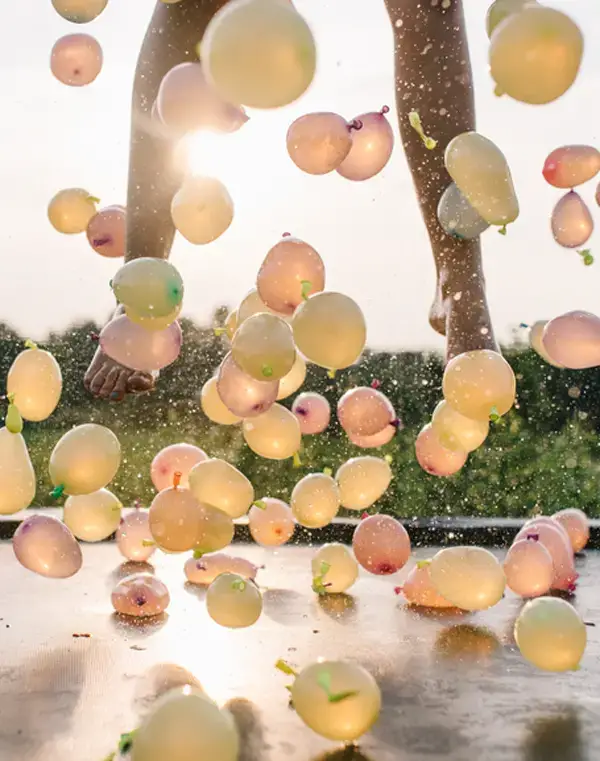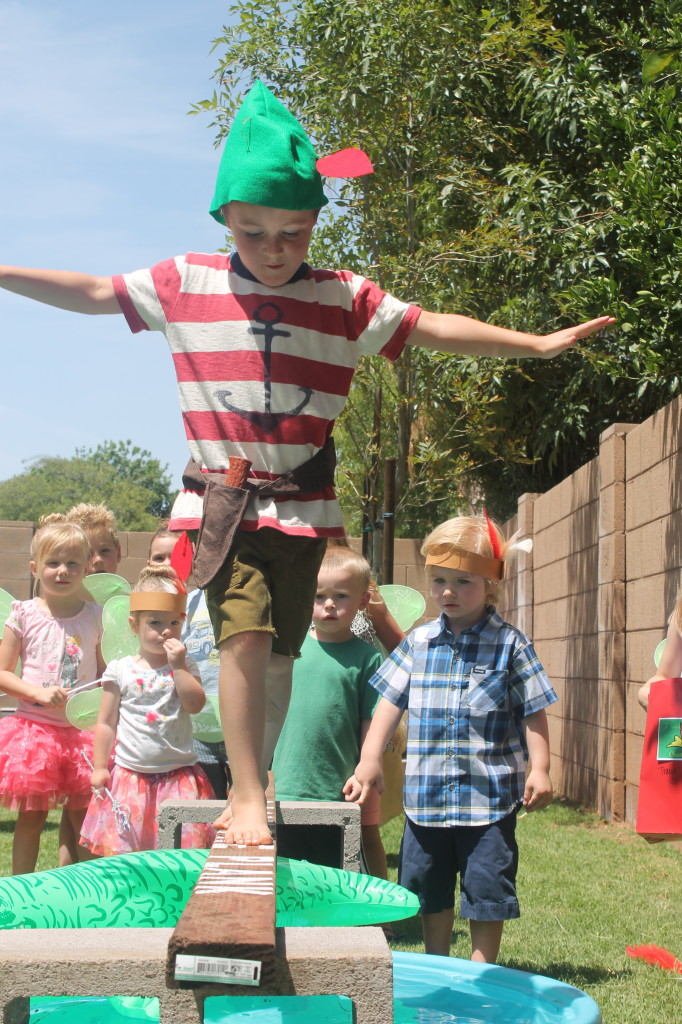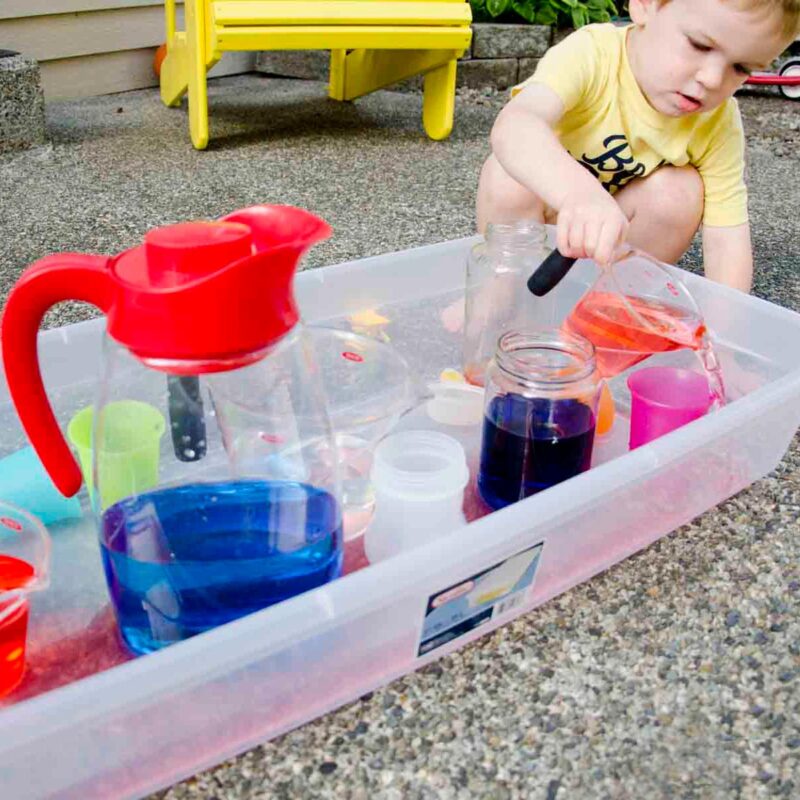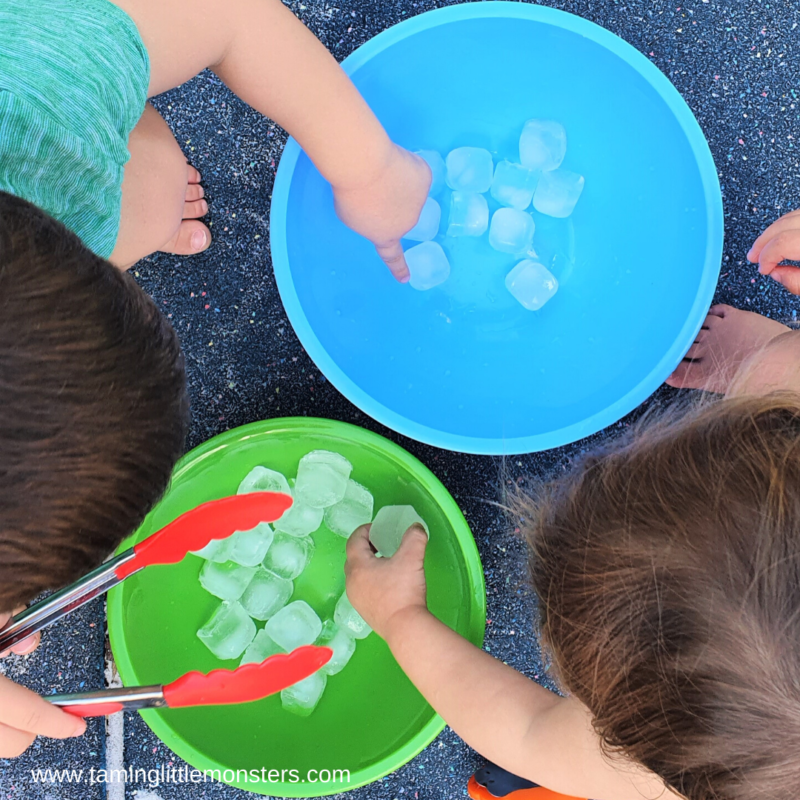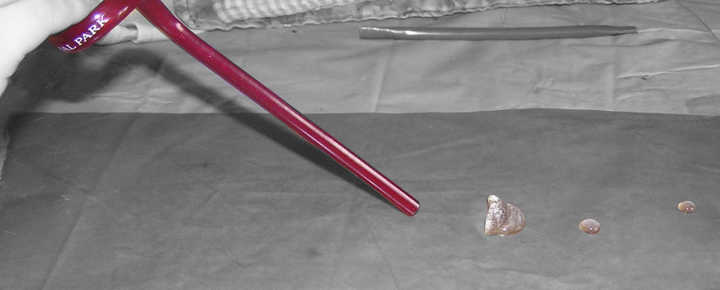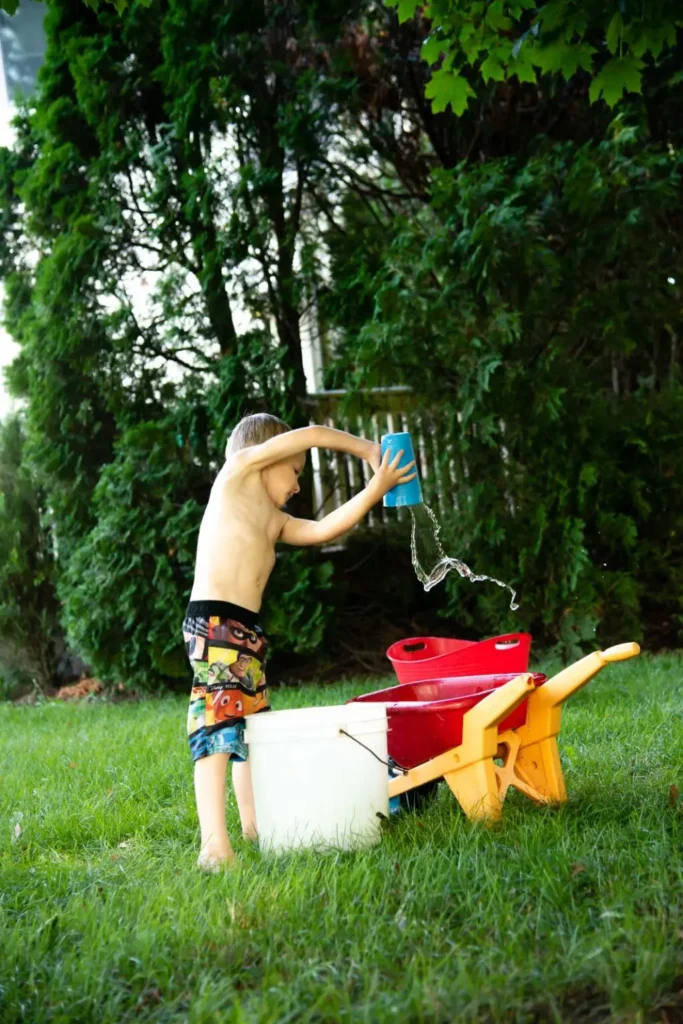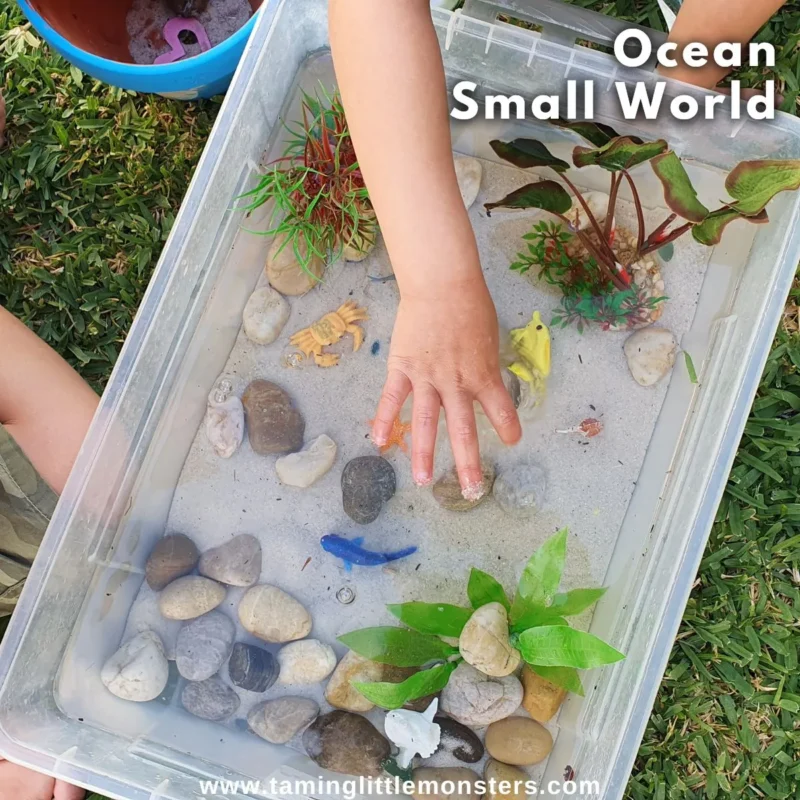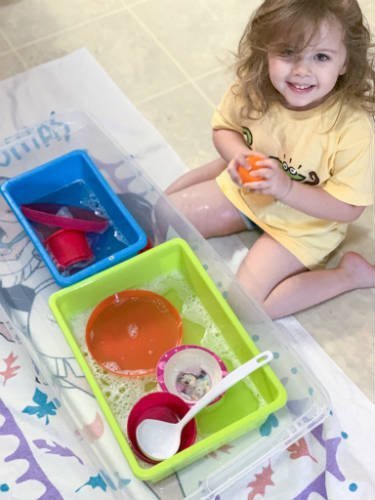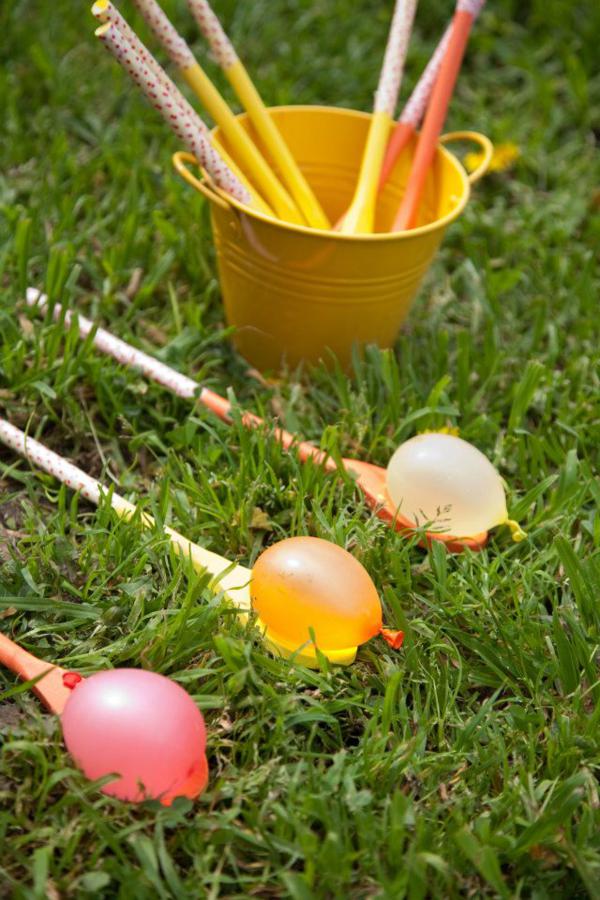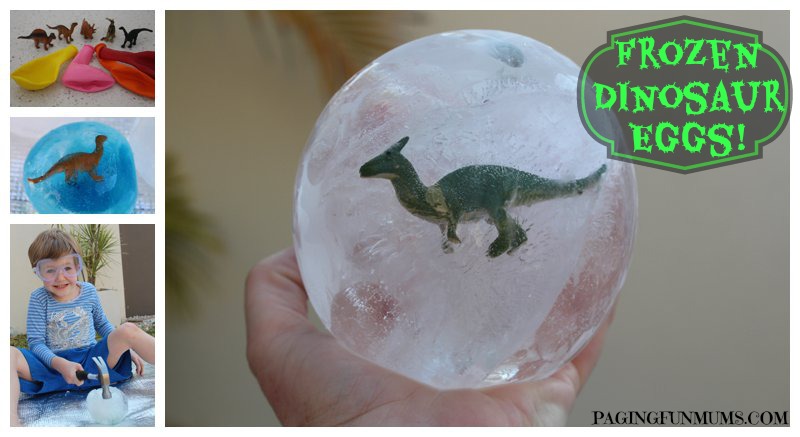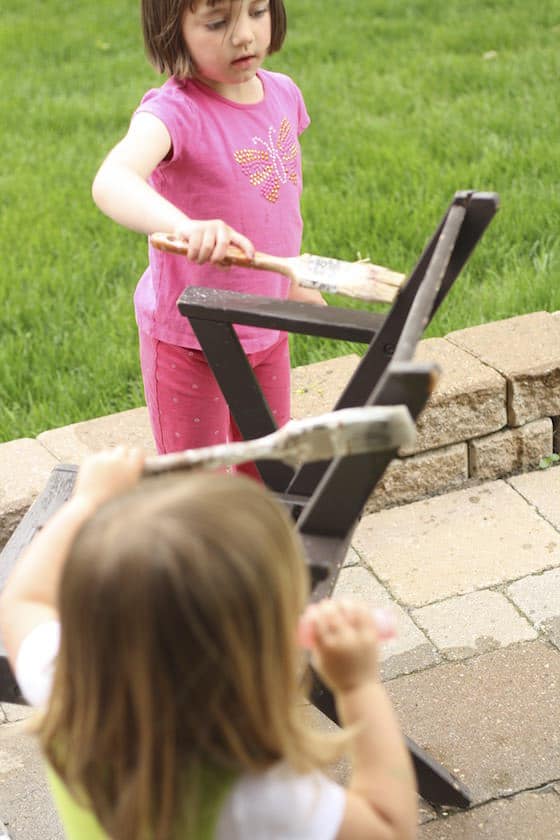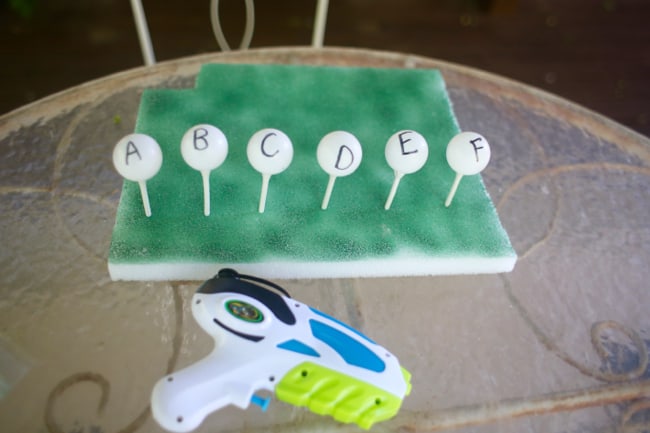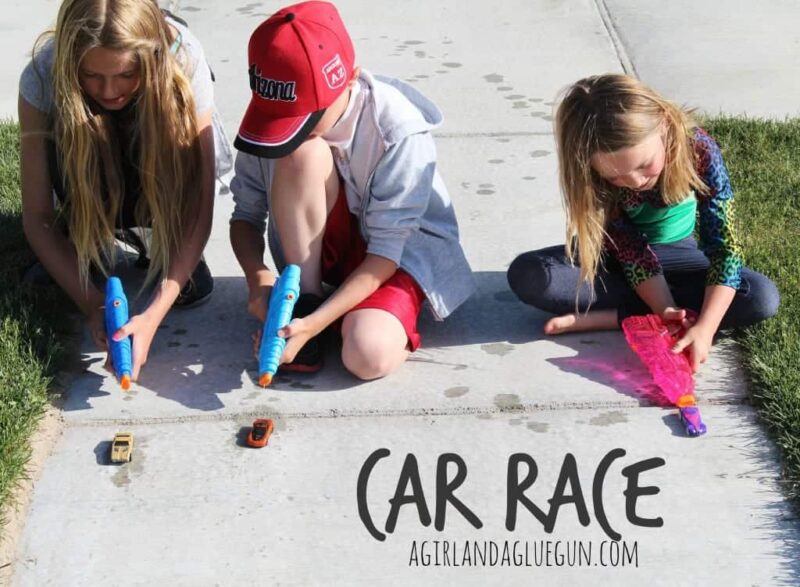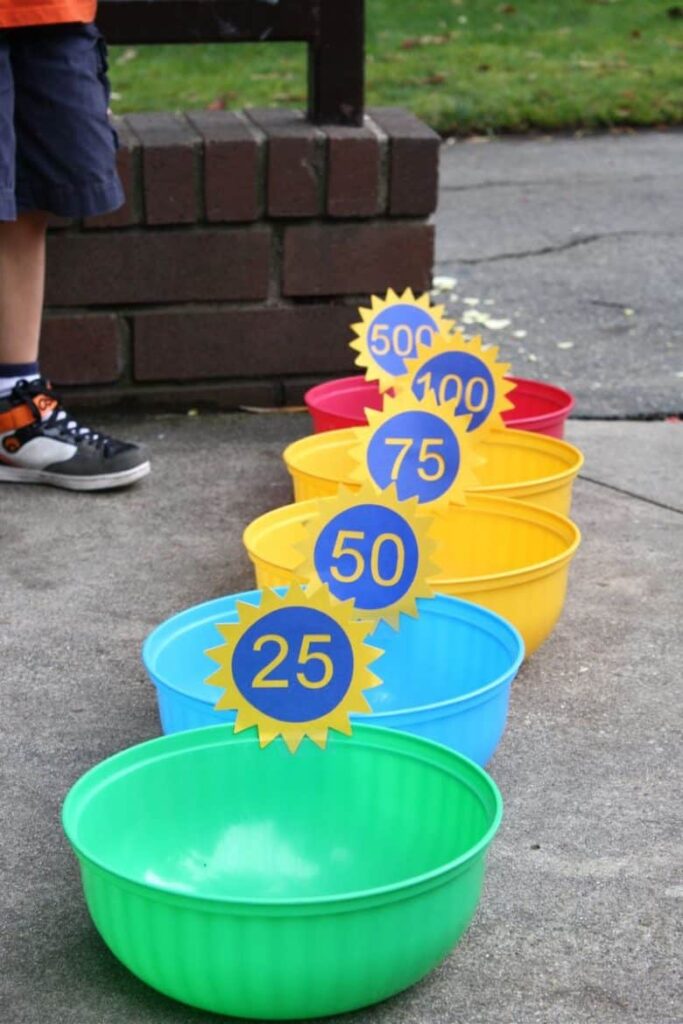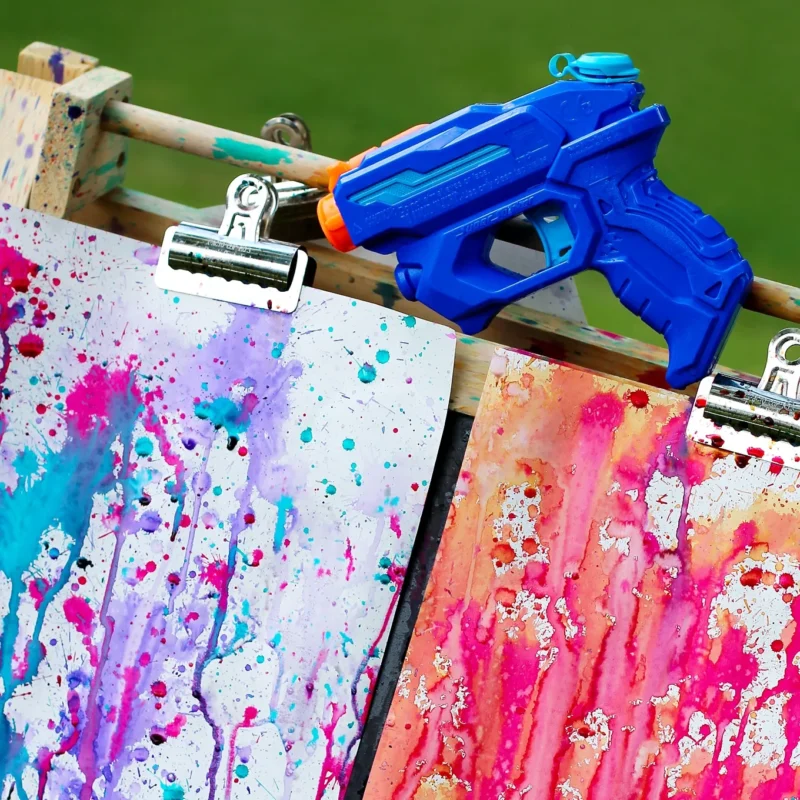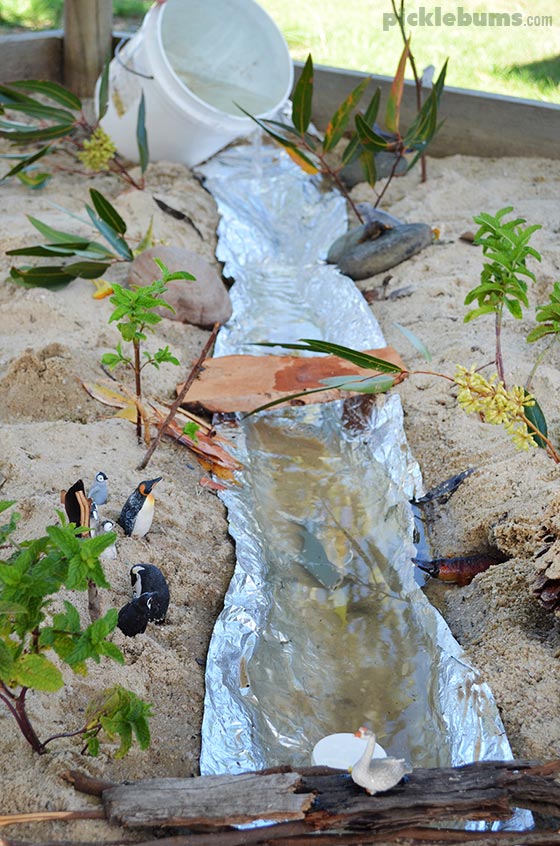40 Books for 6th Graders You’ll Want To Share Immediately
While there are always classic tried-and-true books for 6th graders we share with students, I’m always on the lookout for books that could become new classics. It’s not easy to find the time to go through everything that’s been published in the last few years, however, so we’ve saved you some time with this list. Below you’ll find historical fiction, memoir, nonfiction, and fiction books for 6th graders guaranteed to awaken your students’ imagination and love of reading.
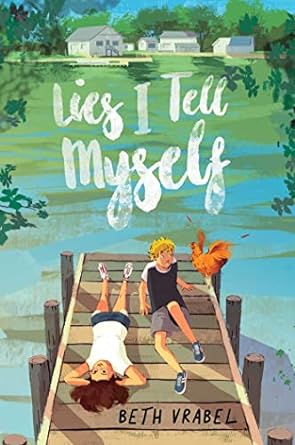
Looking for even more fantastic books for 6th graders? Check out our big list of Refreshing and Relatable Books To Teach in Middle School for even more books for 6th graders to add to your classroom library.
For more articles like this one, plus tips, tricks, and ideas for teachers, sign up for our free newsletters.
Teachers, Here’s Your Summer 2024 Anti-Bucket List
One practice I swear by as a teacher is the summer bucket list. Some things on the list are maintenance-related, either for myself, my vehicle, or my house. Some are ambitious projects I would never have the energy to do during the school year (I’m looking at you, redecorating my son’s room). But most are fun. Books I want to read, restaurants or classes I want to try, new museums or shops that have opened during the school year.
But this year, I’m adding a second list: the anti-bucket list.
The anti-bucket list is simple: a list of things you’re committed to not doing. In the same way that a bucket list spurs and motivates you to reach certain goals, an anti-bucket list frees you from them. Because you’ve already given yourself permission to say no to things that aren’t helpful to you, it’ll be easier to prioritize the things that are.
Here’s what’s on my list this year:
16 Things I’m NOT Doing This Summer
1. Fretting about the failings of this school year
Nope. Whether it was our own shortcomings or the faults of a system that doesn’t take care of its own, I’m not wasting any time in self-shame this summer. Leave that baggage at the front desk and join me for the pool party, my friend.
2. Taking on any home projects that don’t bring me joy
Sorry, garage—you’re going to have to stay disorganized one more year. I have a whole Pinterest board of other more joyful projects to attend to.
3. Tying my self-worth to productivity
I have big dreams for this summer. But the mistake I’m not making this year is feeling bad about myself if I don’t get to them. It is enough to rest and be present. That’s my mantra.
4. Reading any books I’m less than excited about
Say no to anything that feels like a chore to read. That includes books that you start and don’t love but feel obligated to finish. There are no rules in summer reading!
5. Drinking sad coffee
Summer is not for settling, even when it comes to coffee. This summer I’m committed to either French press in my favorite ceramic mug or a cheeky iced coffee from the local shop that comes with ice made of espresso. I deserve this. So do you (or whatever soothing beverage you reach for).
6. Actually, having fast mornings in general
I do more than enough rushing, scrambling, hurrying, and hustling during the school year. This summer, even if I have to drive the kids to camp in the morning or be somewhere at an early hour, I’m going to do so in my bathrobe, then go home and finish my slow morning before anything else. Maybe I need a new bathrobe.
7. Getting roped into volunteering because I’m “off” for the summer
I don’t know about you, but in the summer, I tend to become a magnet for friends, groups, and committees who need volunteers because I’m “off during the summer.” I used to get frustrated and let my people-pleasing tendencies rope me into yet another swim meet, gala, or competition judge. This year? I’m going to say, “I’m so glad you thought of me! I had an exhausting year and am really focusing on resting this summer, so I won’t be able to help out. Is there another way I can support this cause?”
8. Keeping track of what day it is
What day is it? Not a school day, I can tell you that!
9. Feeling obligated to stay connected
Maybe I’ll make an Instagram reel every day of all the things I did that I never get to do during the school year. Or maybe I will switch to a landline and throw my phone into the sea. The choice to disconnect is mine alone and I’ll do what I want, dangit!
10. Comparing my summer to anyone else’s
Speaking of disconnecting, I also won’t be comparing my summer to anyone else’s on Instagram. Unless mine is better, in which case I will bask in that knowledge privately.
11. Obsessing about next year
That is a problem for Future Me.
12. Watching half a movie
We’ve all done it. You start a movie in the evening, and midway through you either start checking your email inbox or dreading that 4 a.m. alarm. You say, “I’ll finish this tomorrow,” and before you know it, you’ve added another title to your mental graveyard of half-movies.
13. Teaching (or teaching-adjacent) activities
District sending emails about record-low turnout of teachers for summer school? Nope. Not on that committee.
“Mandatory” professional development scheduled for a full two weeks off-contract? Sorry, I have surgery scheduled to repair my commitment gland.
Someone “voluntells” you to present at a conference requiring several days of prep? No. You have explosive diarrhea. In advance. (It’s a thing.)
14. Wearing hard clothes
Clothing I would consider hard: dress socks, closed-toed shoes, pants that aren’t notably soft or stretchy, and shirts that require ironing.
15. Ignoring my own kids for the betterment of someone else’s
Summer is about saying yes to my own kids. Yes, I’ll shoot hoops with you. Yes, I’ll read you another chapter at bedtime. Yes, I’ll play cards (even when you bend the rules).
16. Laughing it off when someone says something annoying about teacher summers
“Wish I had the summer off,” they’ll say.
“Yes,” I’ll tell them, “it is nice. I can feel myself recharging for another year of wondering whether this is the year I’ll have to be a human shield.”
If you’re like me and tend to tie your worth to what you accomplish, join me! Let this summer be the one where you try an anti-bucket list. You’ve earned it!
For more articles like this, be sure to subscribe to our newsletters.
51 End-of-
School-Year Memes for Teachers Who Are Just Hanging On
The last days of the school year are not easy. To help bring some fun, stress-relieving, and much-needed laughs to these final weeks and days, we pulled together our favorite funny end-of-the-school-year memes. They really sum up what it’s like to be a teacher in May and June. Enjoy!
1. Because it’s one of the longest months ever.
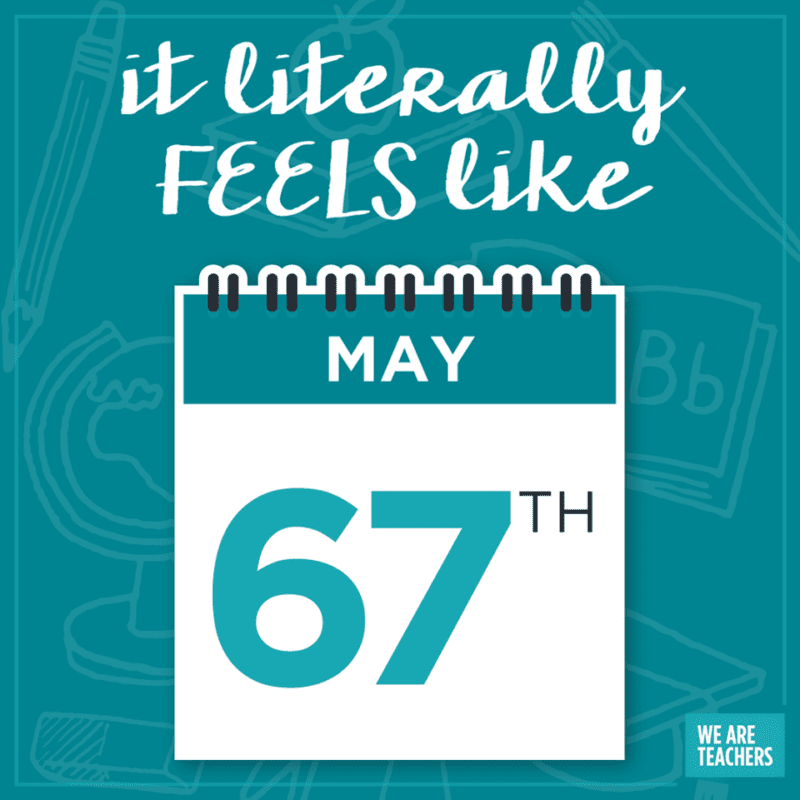
2. Because end-of-the-year cleaning has begun … and it’s not pretty.
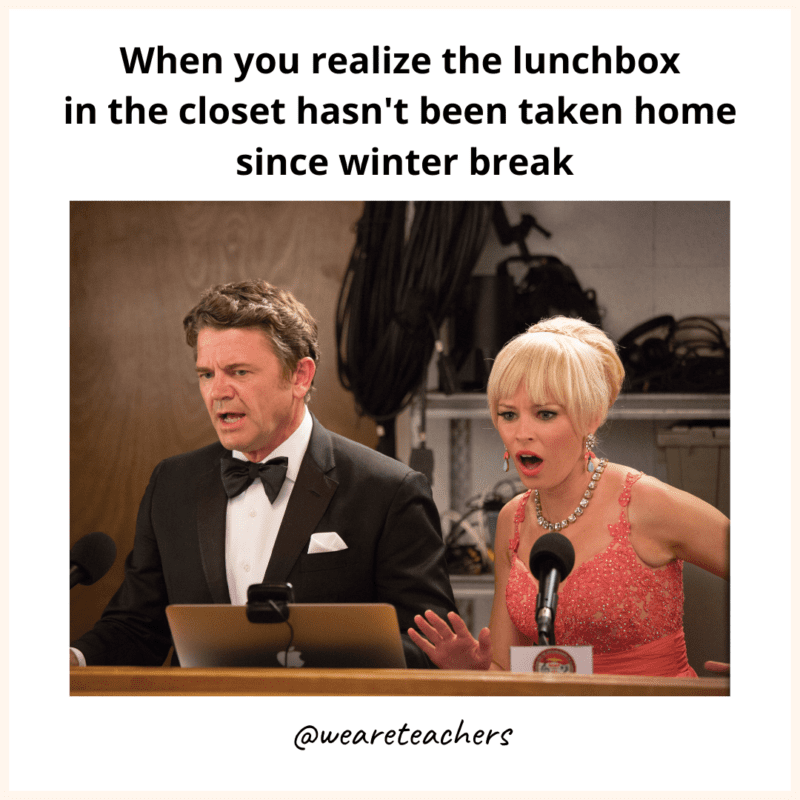
3. Because that checklist will really creep up on you.
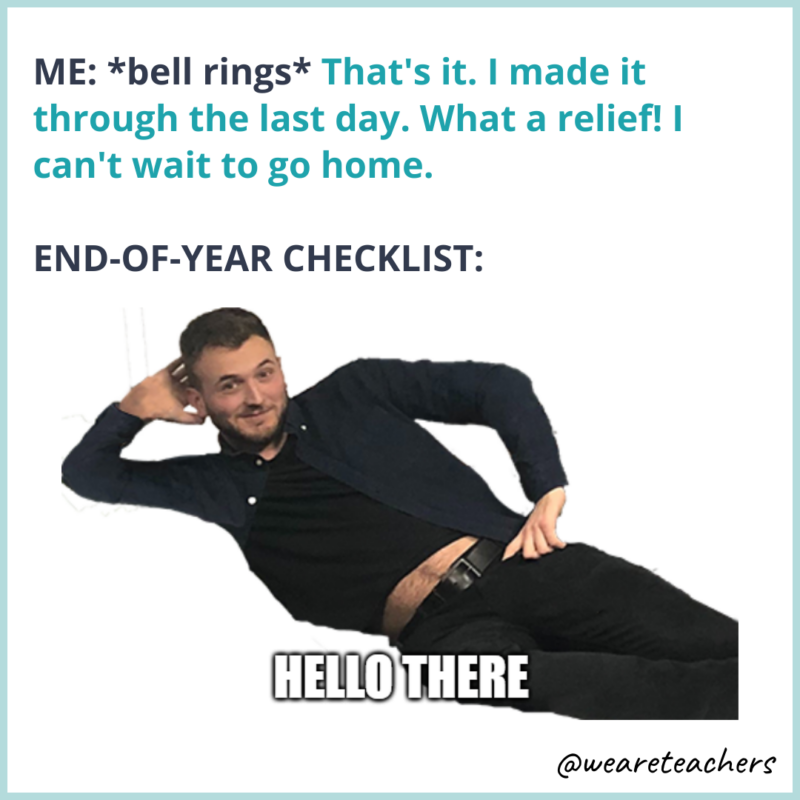
4. Because the pencil struggle is real.
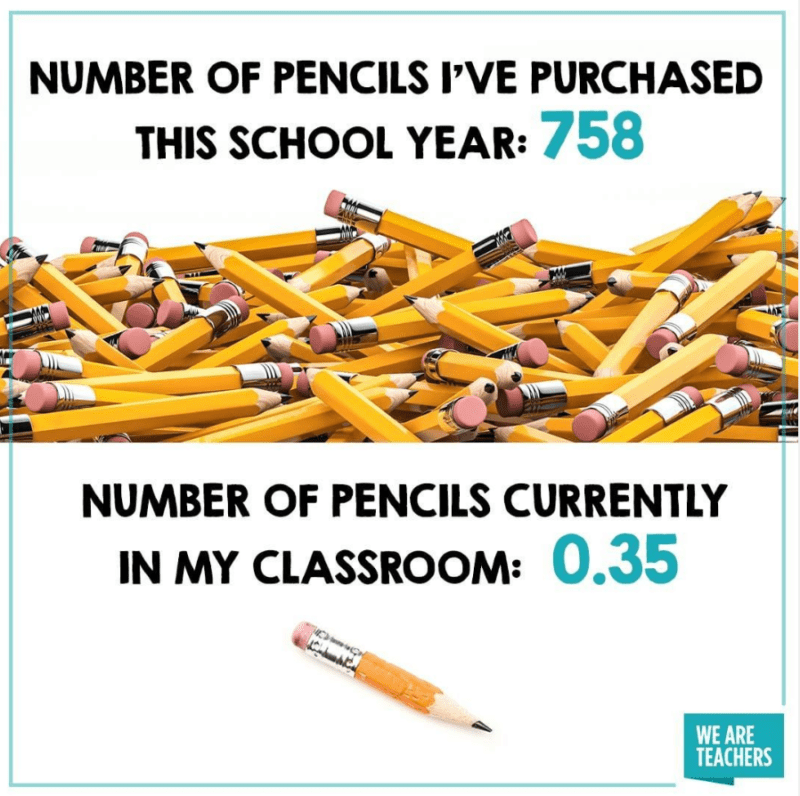
5. Because May is never-ending.
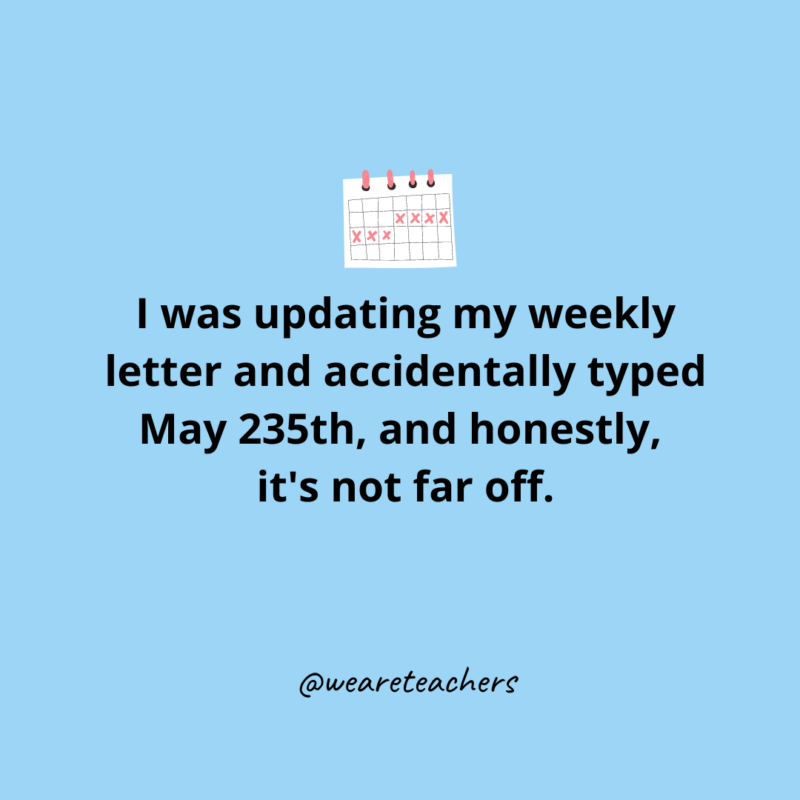
6. Because our pours become a little more generous.
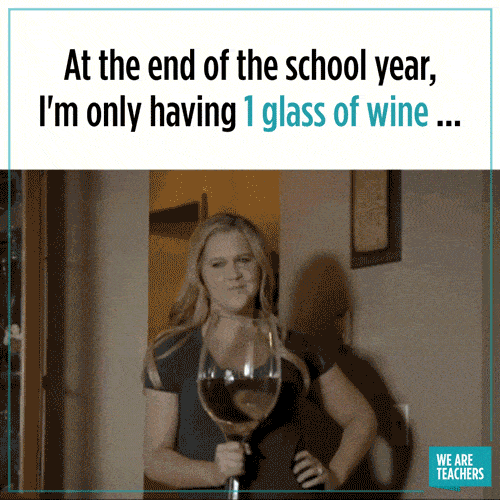
7. Because who thought ending the school year with poetry was a good idea anyway?
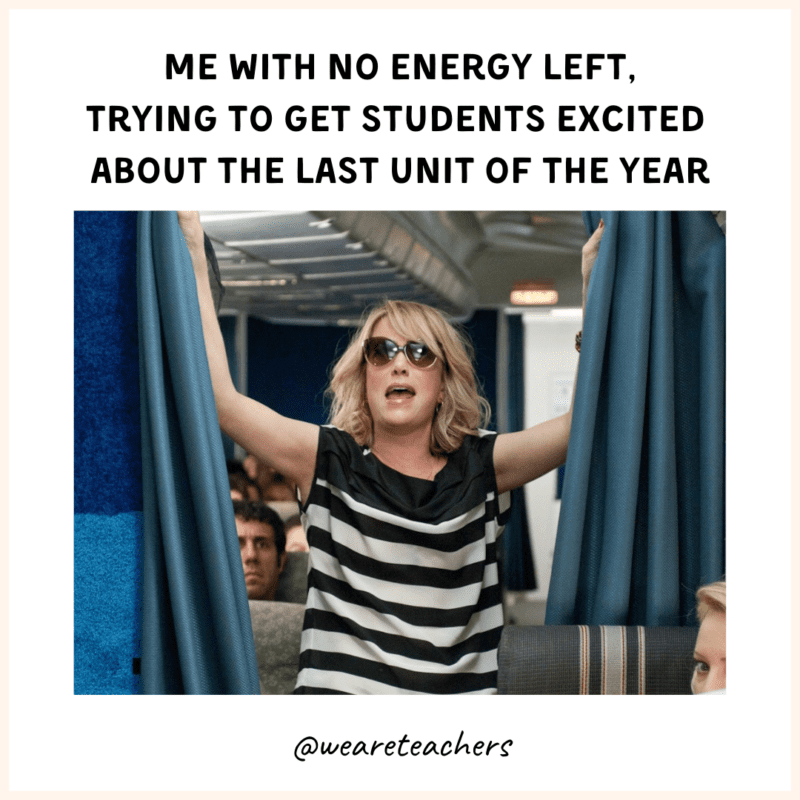
8. Because assemblies at the end of the year can be brutal.
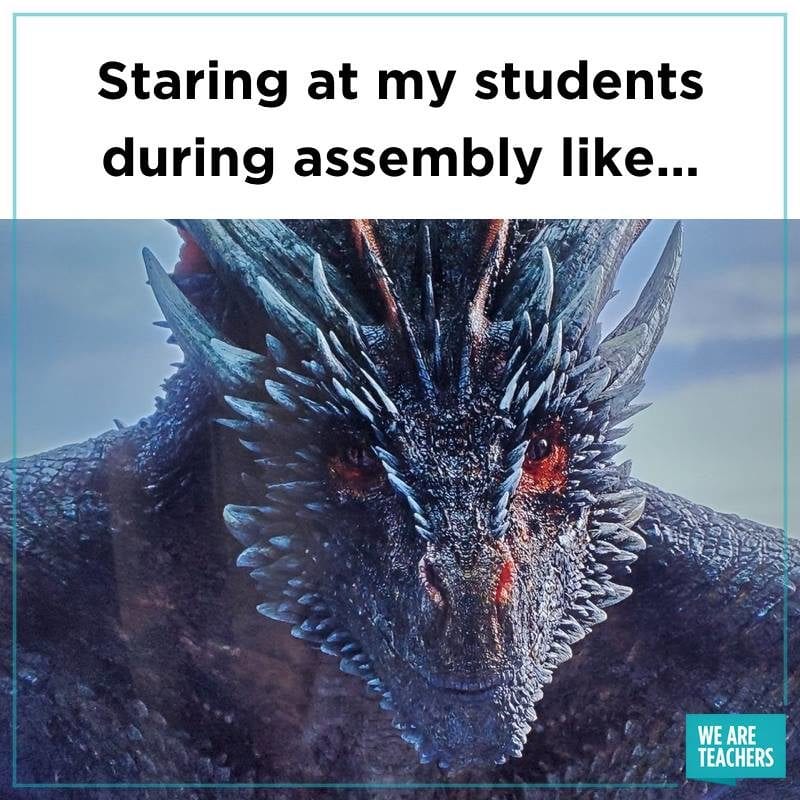
9. Because it would totally count as team building.
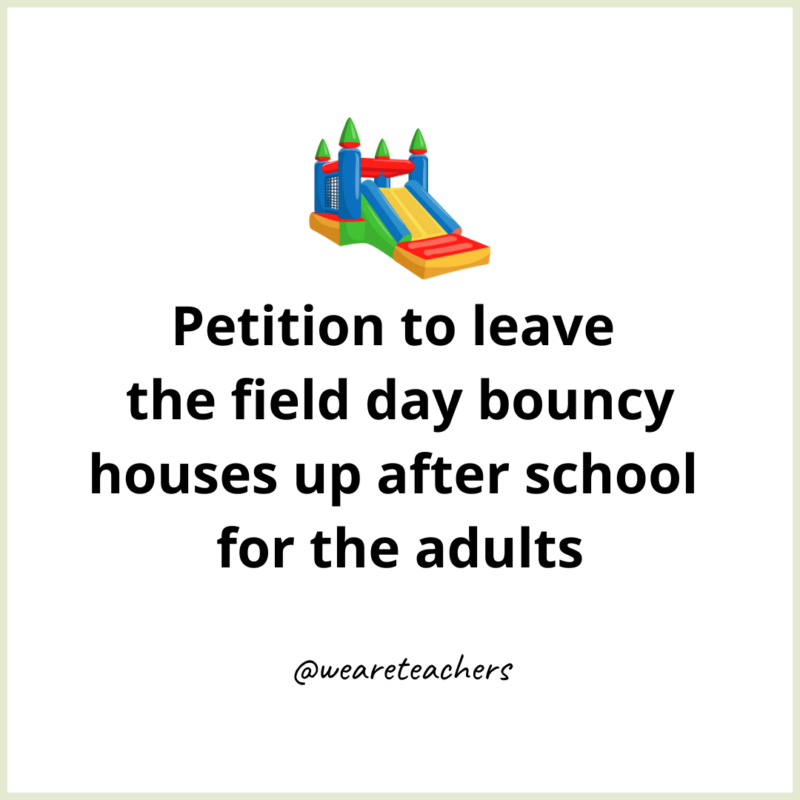
10. Because meaningful teaching in May is an art form.
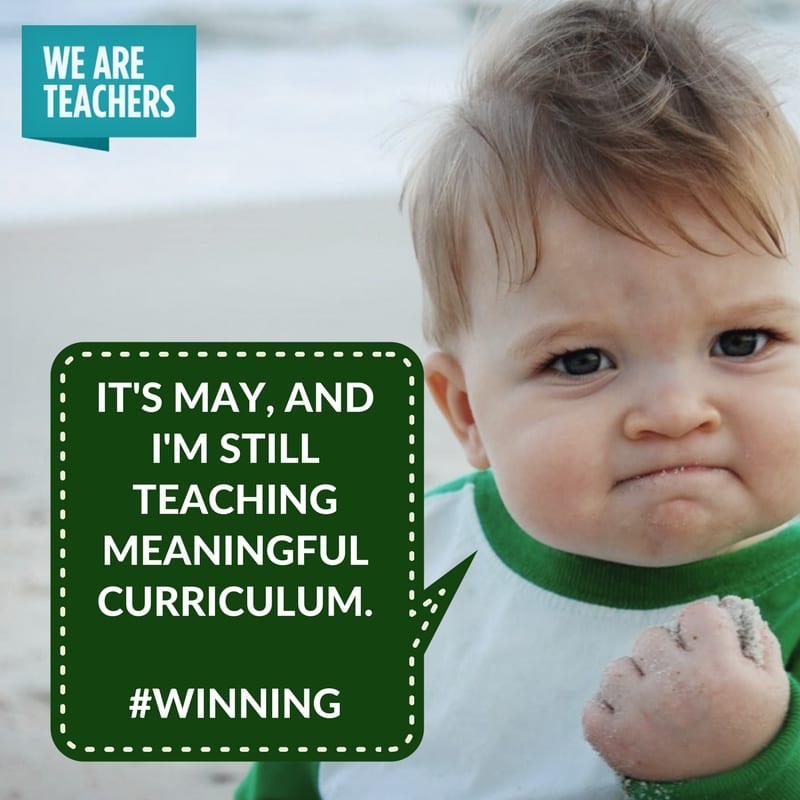
11. Because when you’re this tired, you just have to laugh about it.
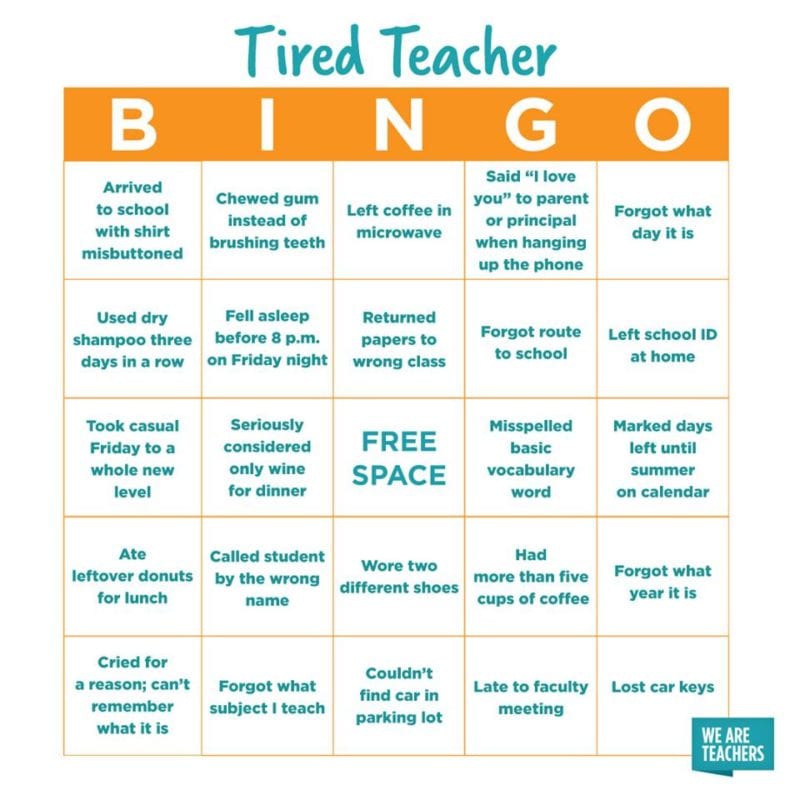
12. Because every day should be Casual Friday.
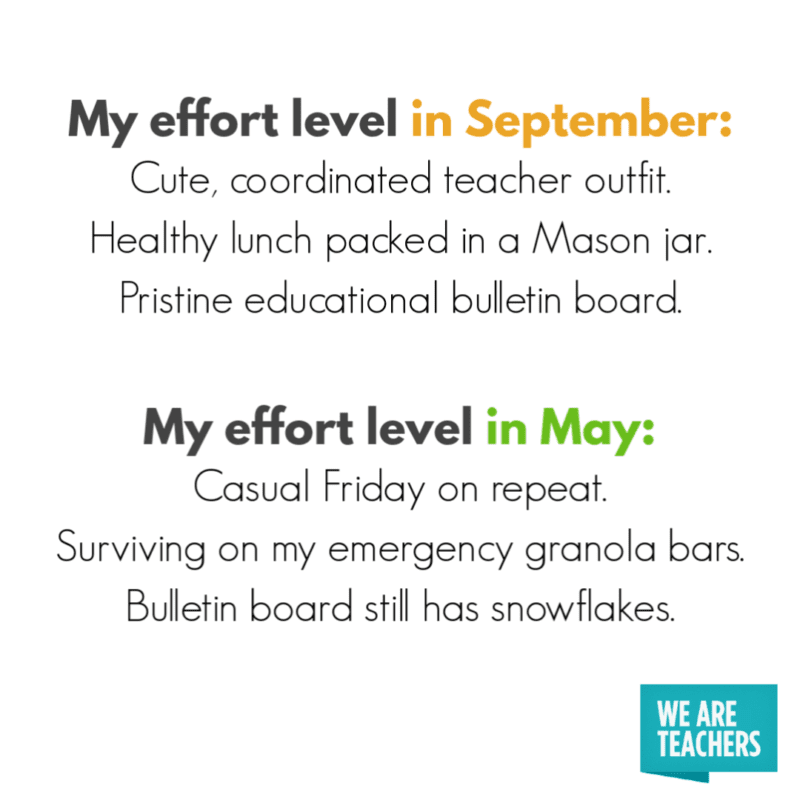
13. Because my summer plans are to catch up on sleep.
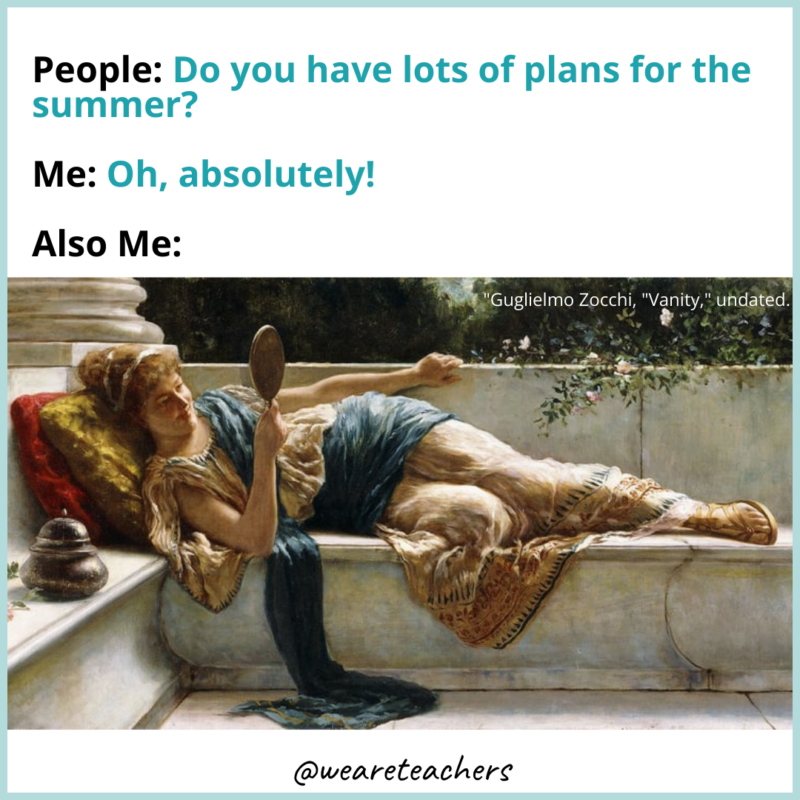
14. Because the struggle is real.
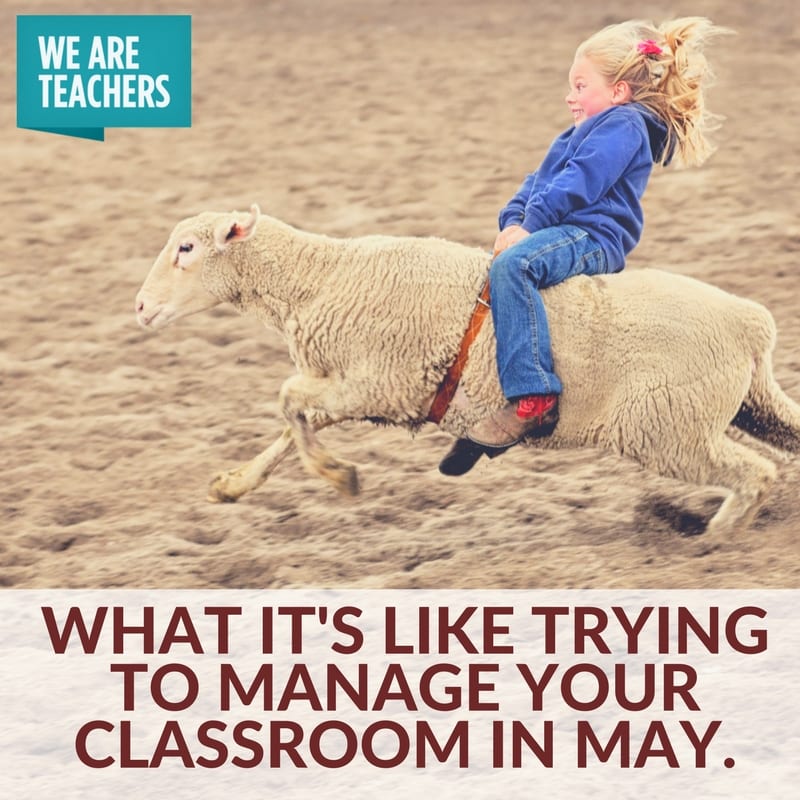
15. Because locker clean-out day can be … interesting.

16. Because you’d think I live here judging from all this stuff.
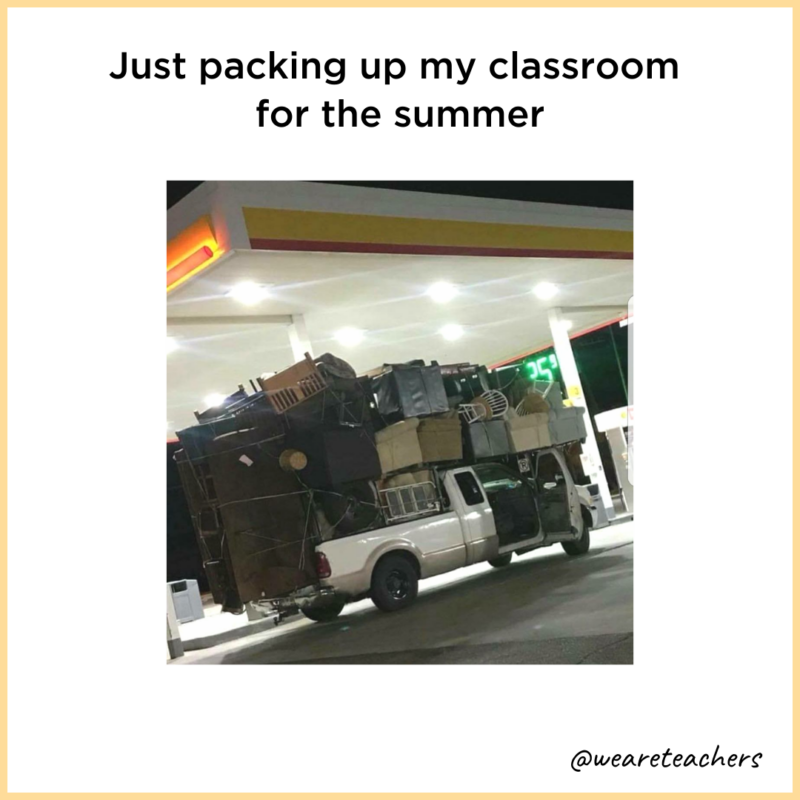
17. Because the grading never ends.
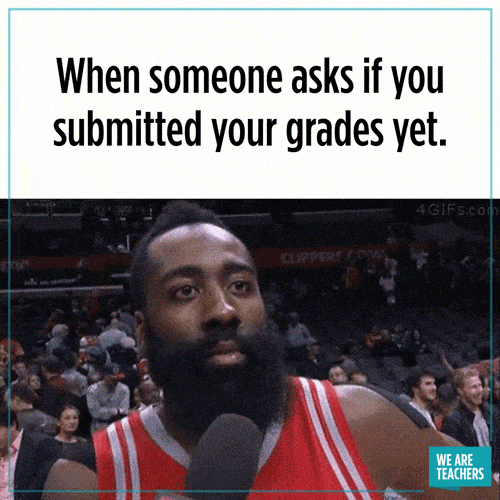
18. Because this is just Monday.
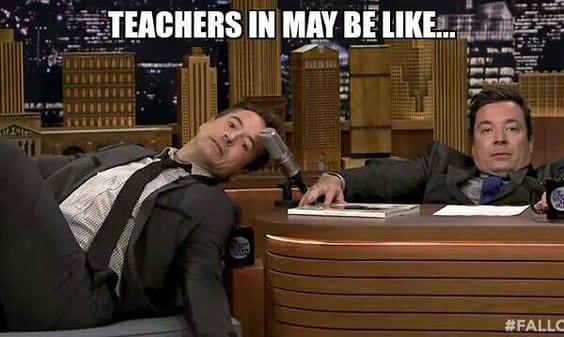
19. Because each day down is a success.
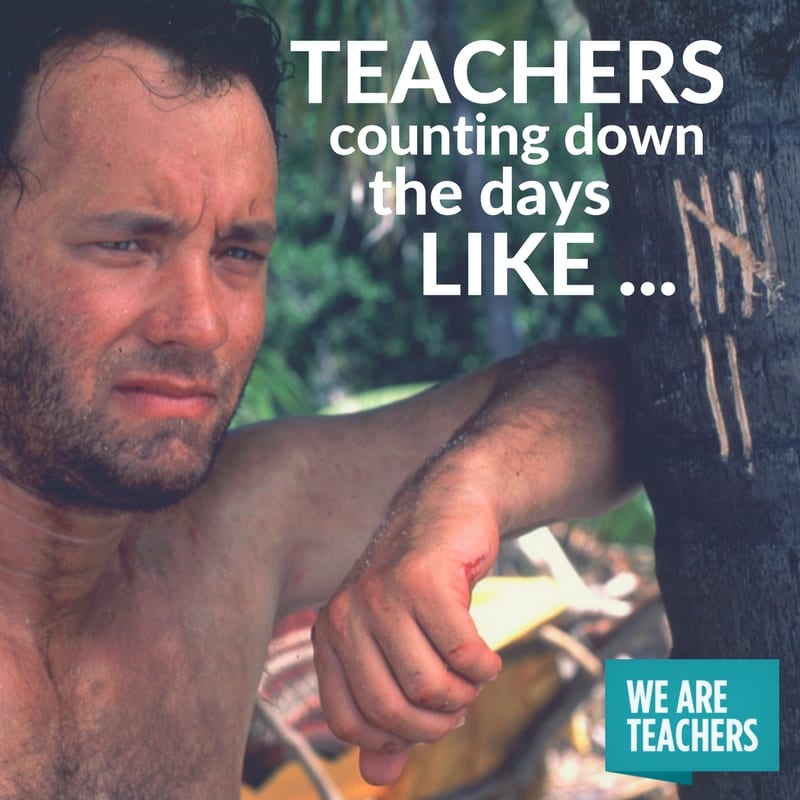
20. Because this happens a LOT more in the months of May and June.
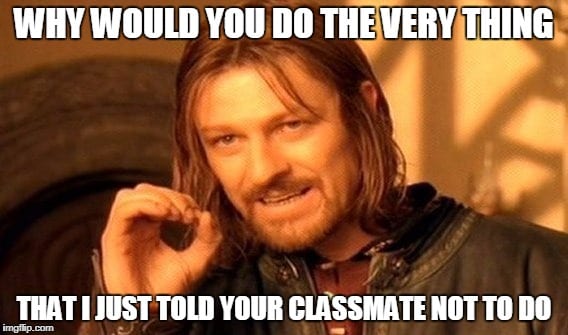
21. Because like it or not, September and May feel a lot different.
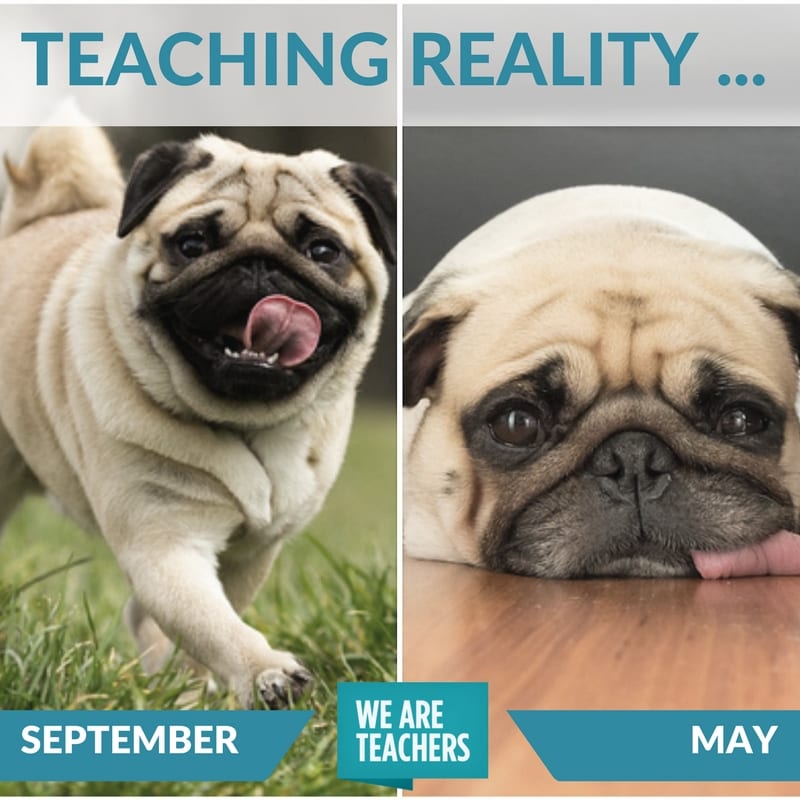
22. Because no one wants to sit through long staff meetings this time of year.
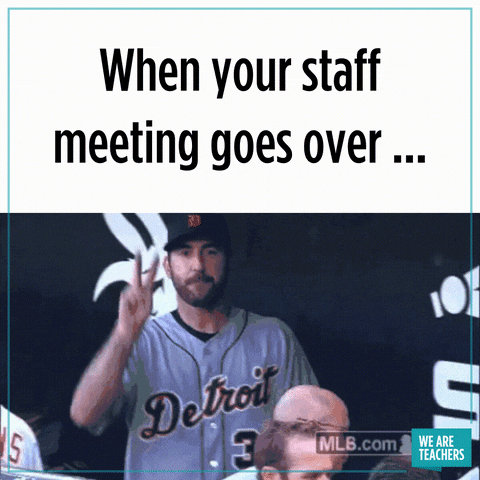
23. Because they grow so fast!
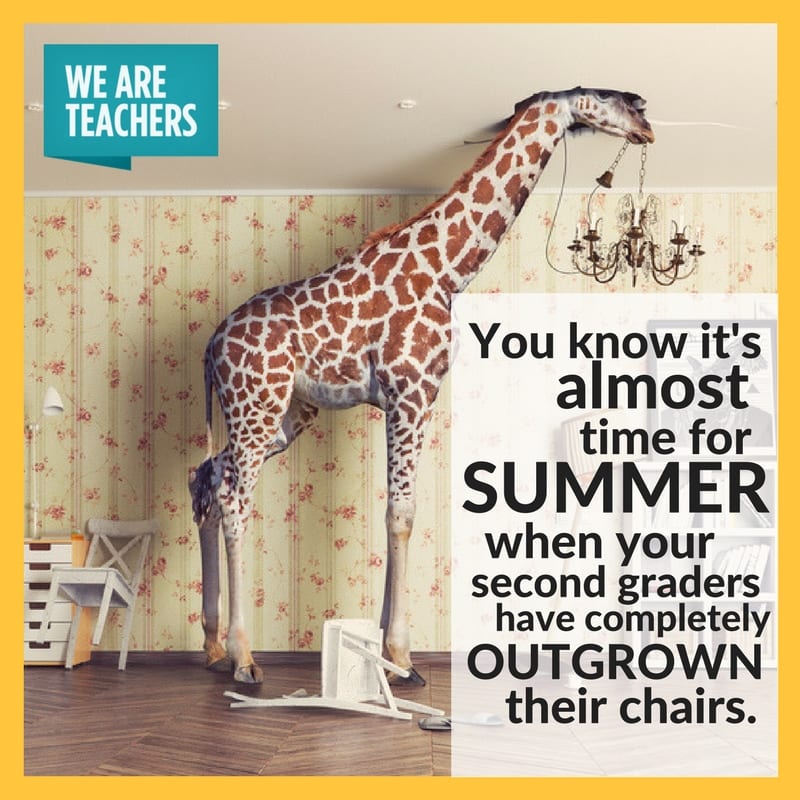
24. Because you are. And it’s always worth repeating.
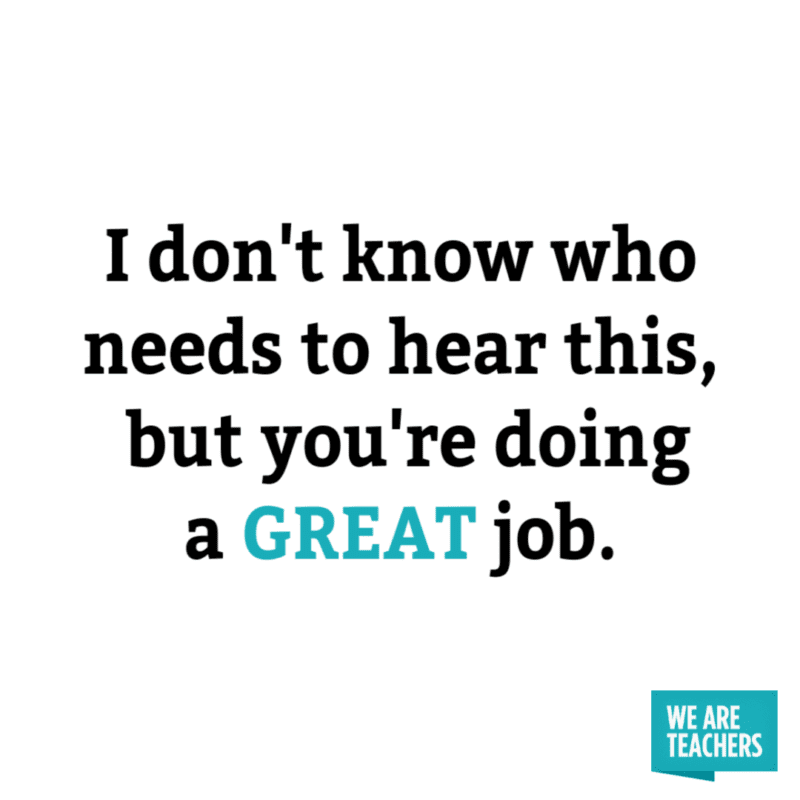
25. Because it’s not over yet.
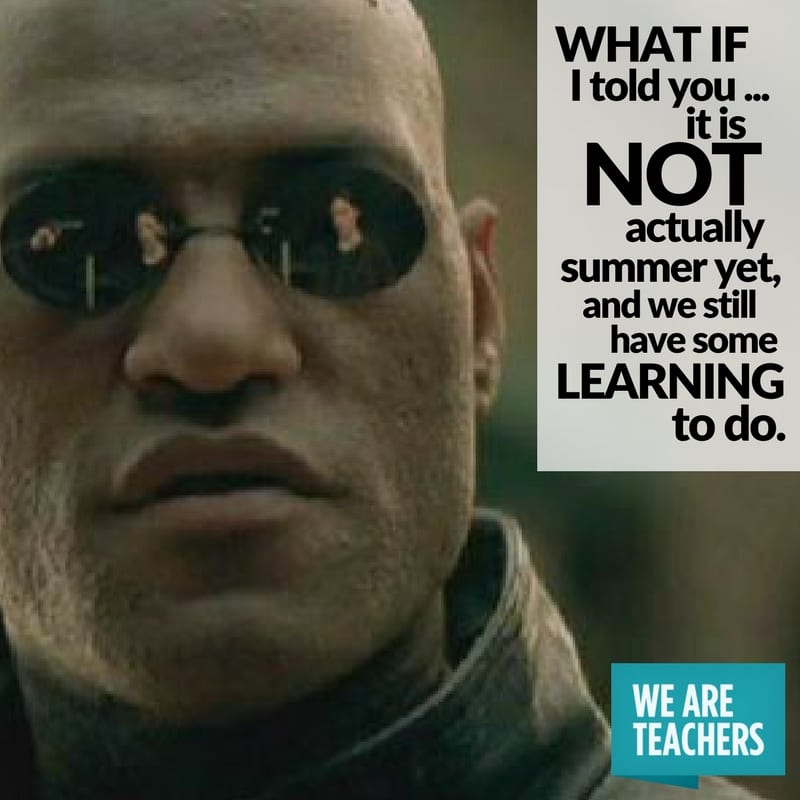
26. Because we all need that can-do attitude.
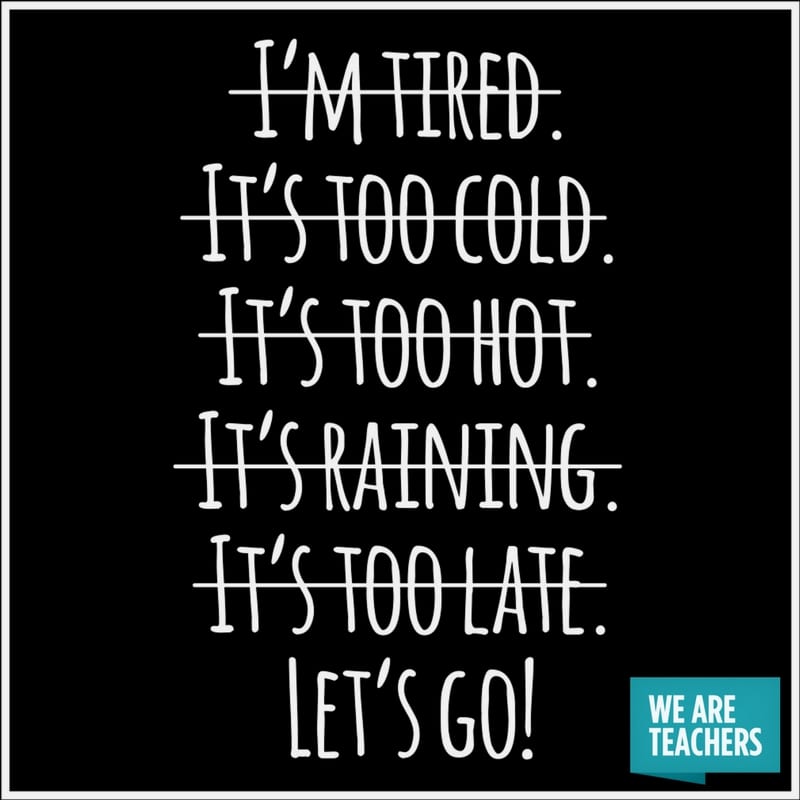
27. Because it really happens every single year.
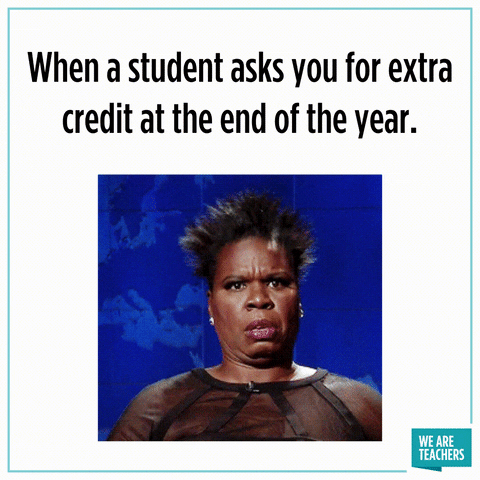
28. Because you’re running low on creativity.
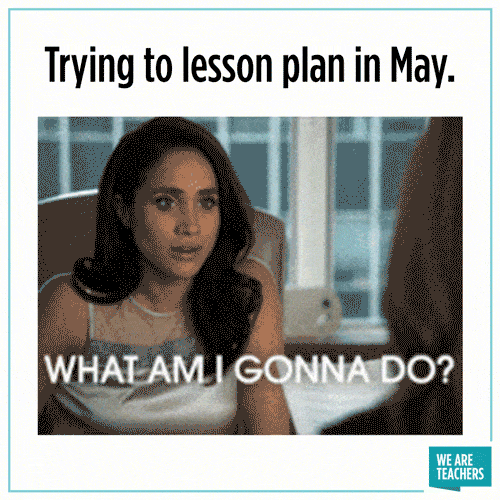
29. Because we all need a little positivity.
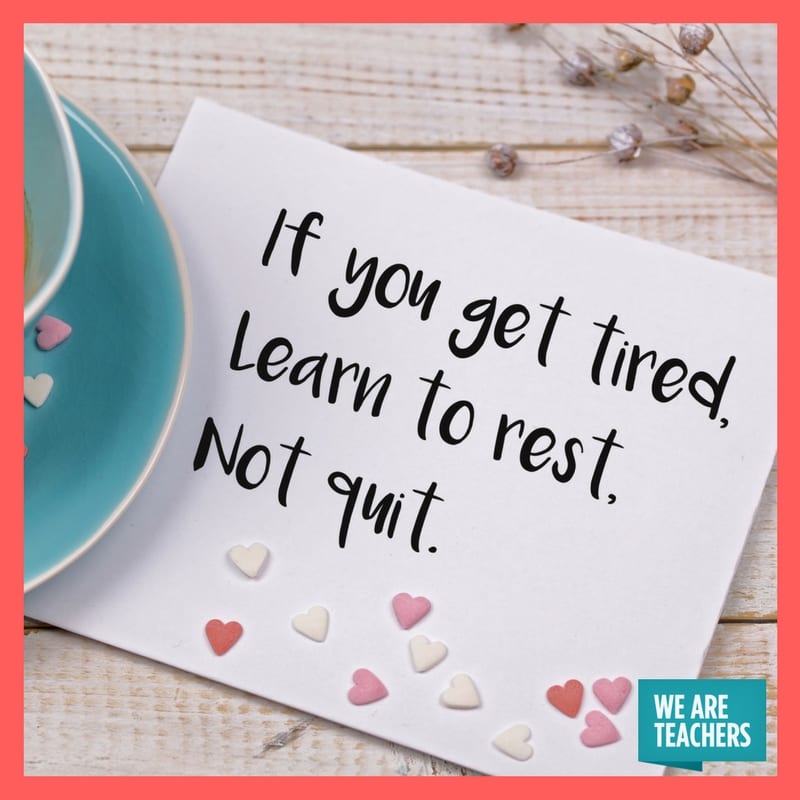
30. Because every Friday feels oh-so sweet.
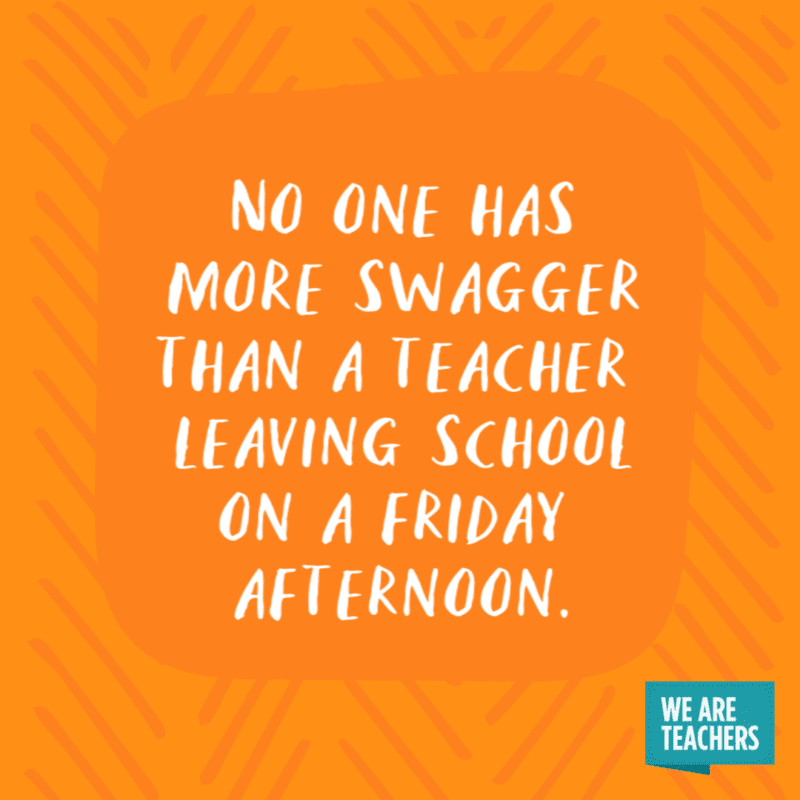
31. Because it’s going to be soooooo worth it.

32. Because no one likes Mondays.
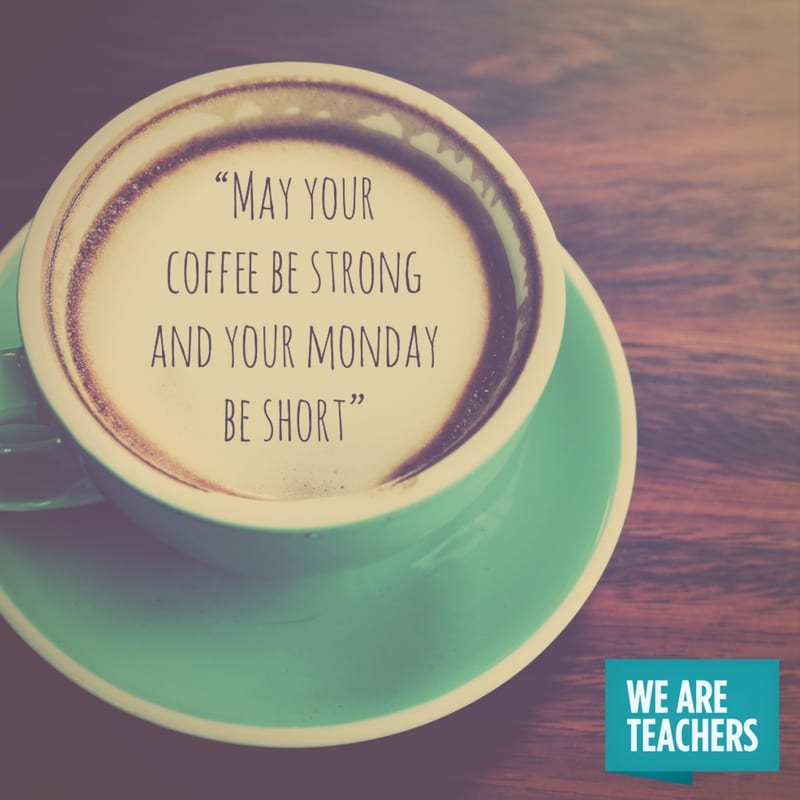
33. Because dreaming keeps us going.
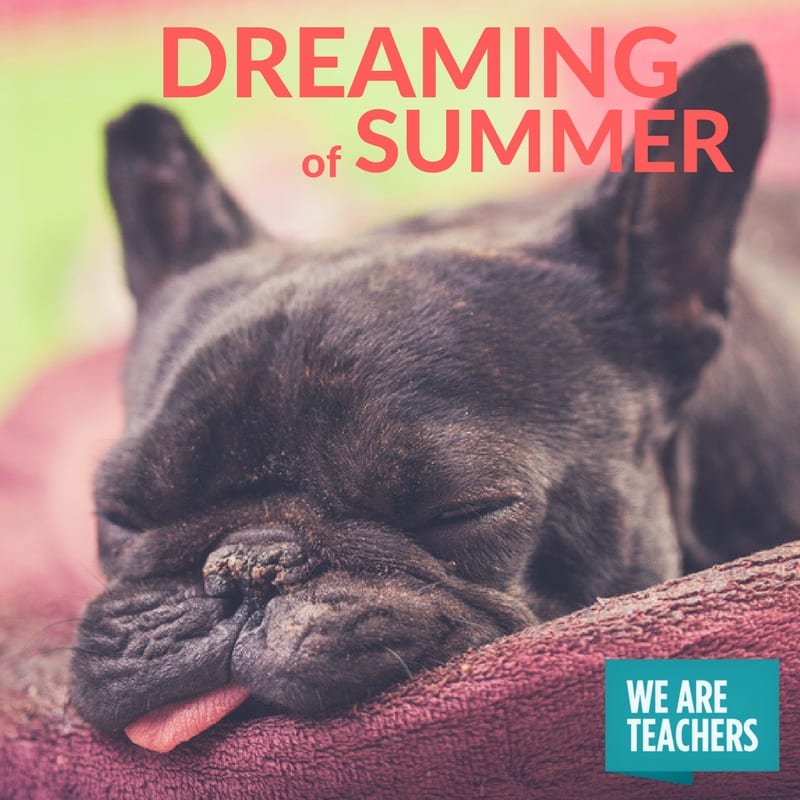
34. Because all teachers know, even if they pretend like they don’t.
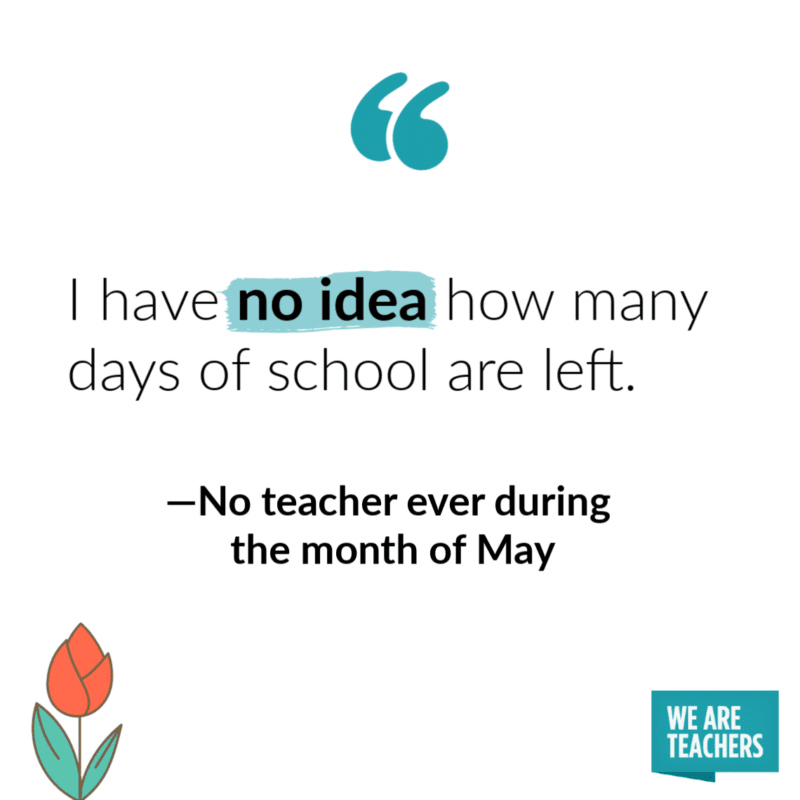
35. Because a look can say it all.
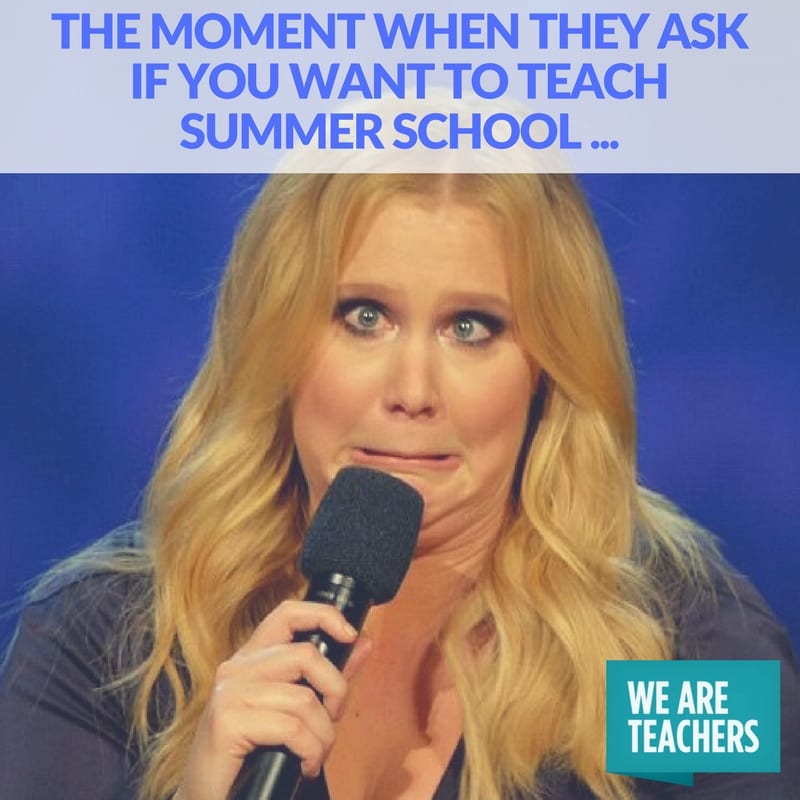
36. Because May is a doozy.
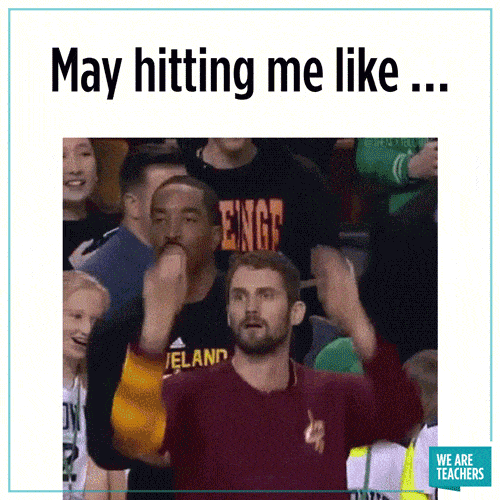
37. Because all the accomplishments at the end make it worth it.
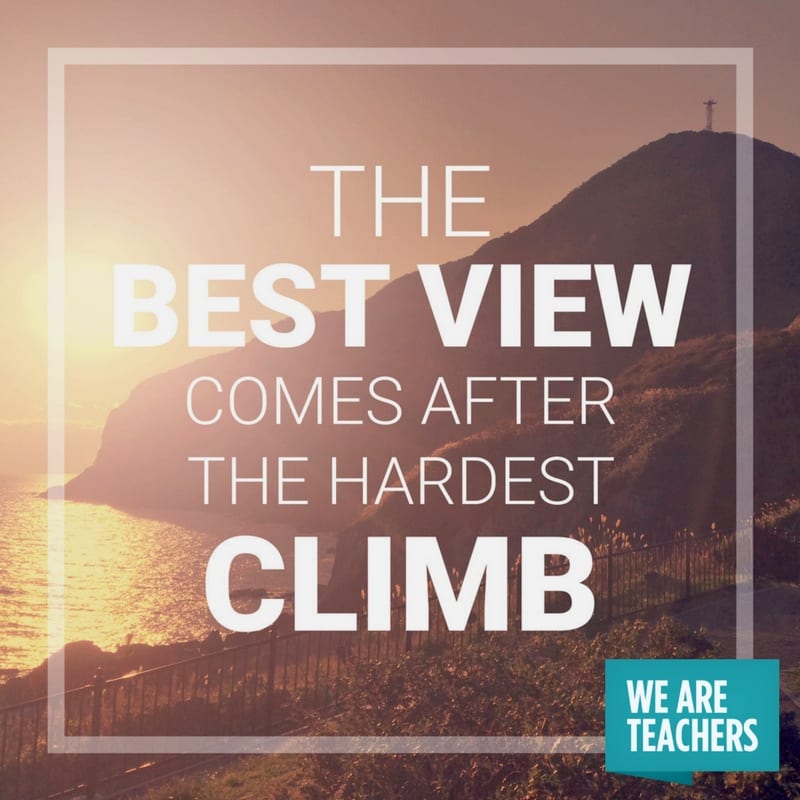
38. Because you can’t take hearing this one more time.
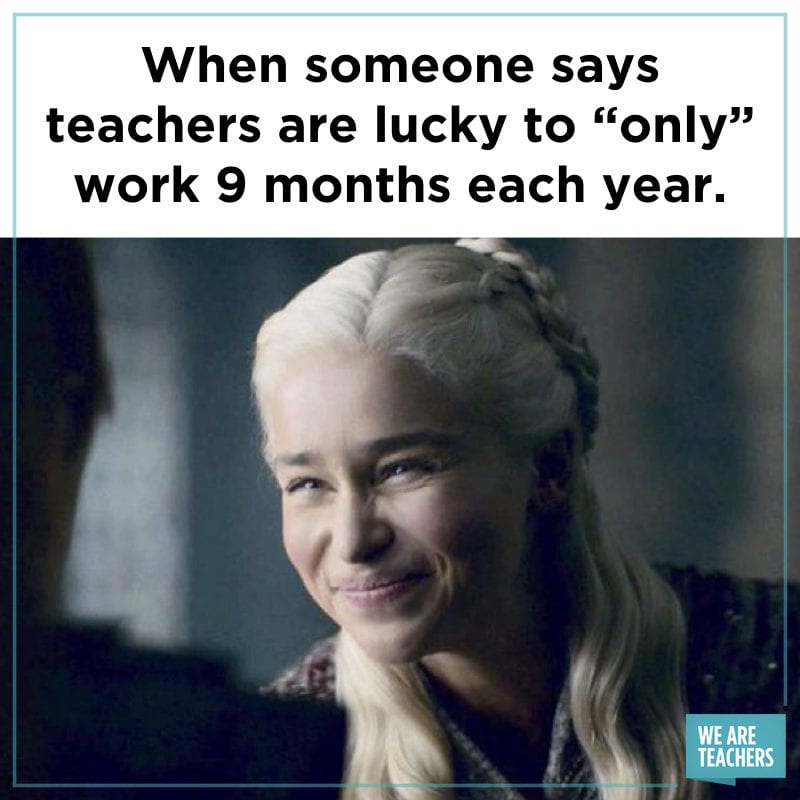
39. Because it hurts when you don’t get out until the end of June.
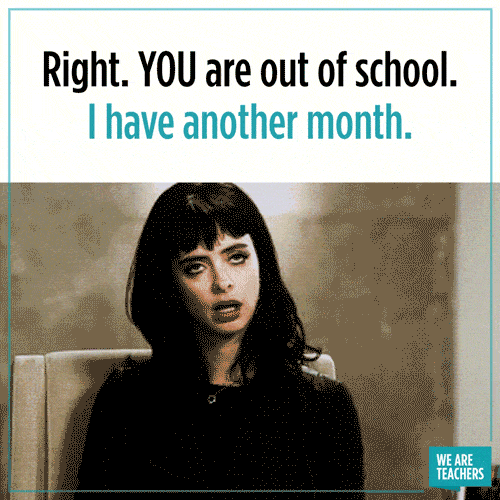
40. Because this is an accurate representation.
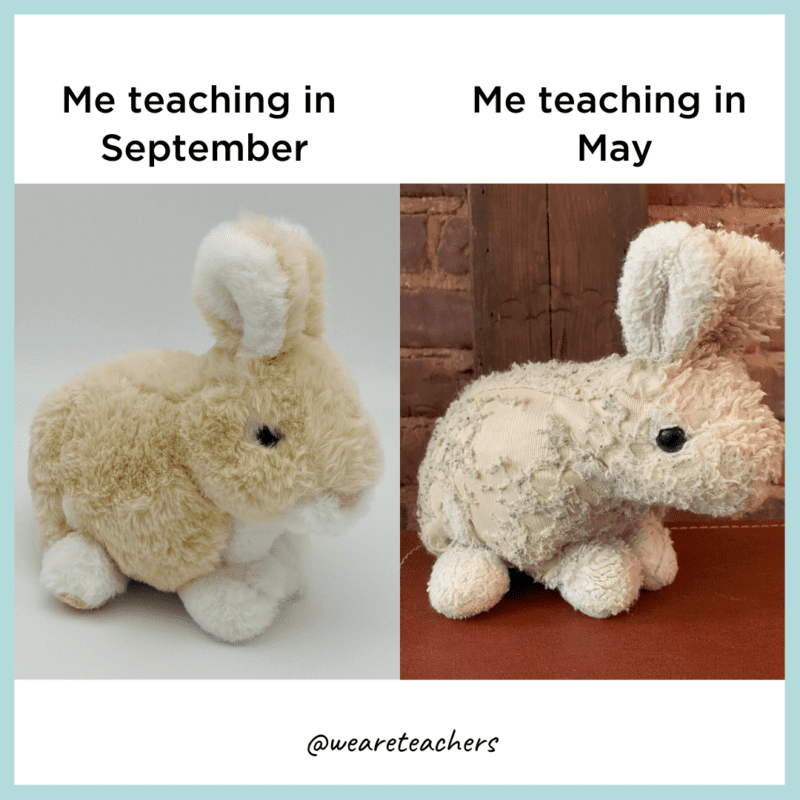
41. Because I mean for me, not just the kids.
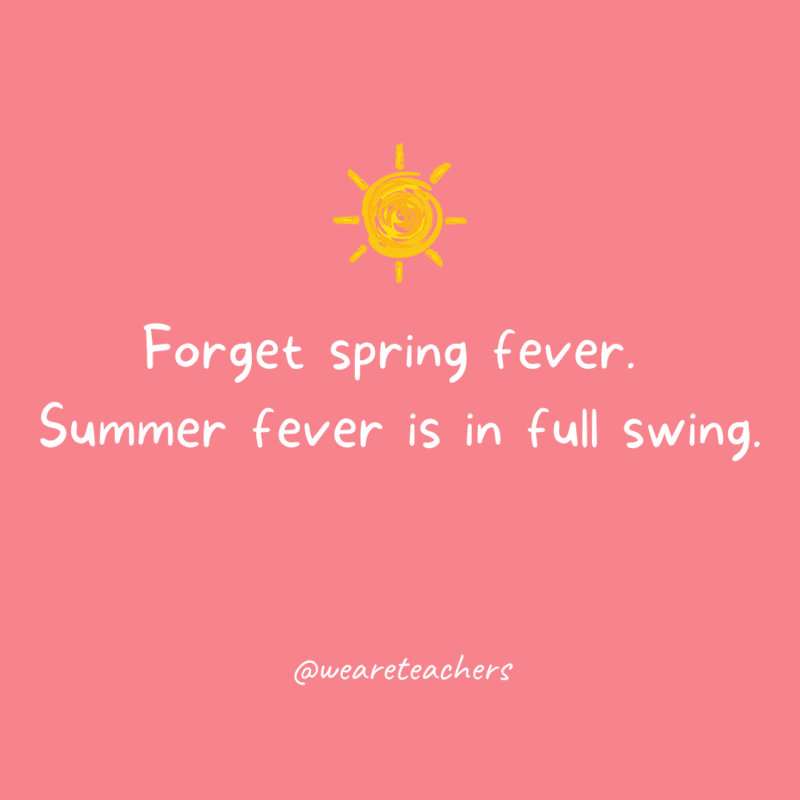
42. Because I definitely would rather not.
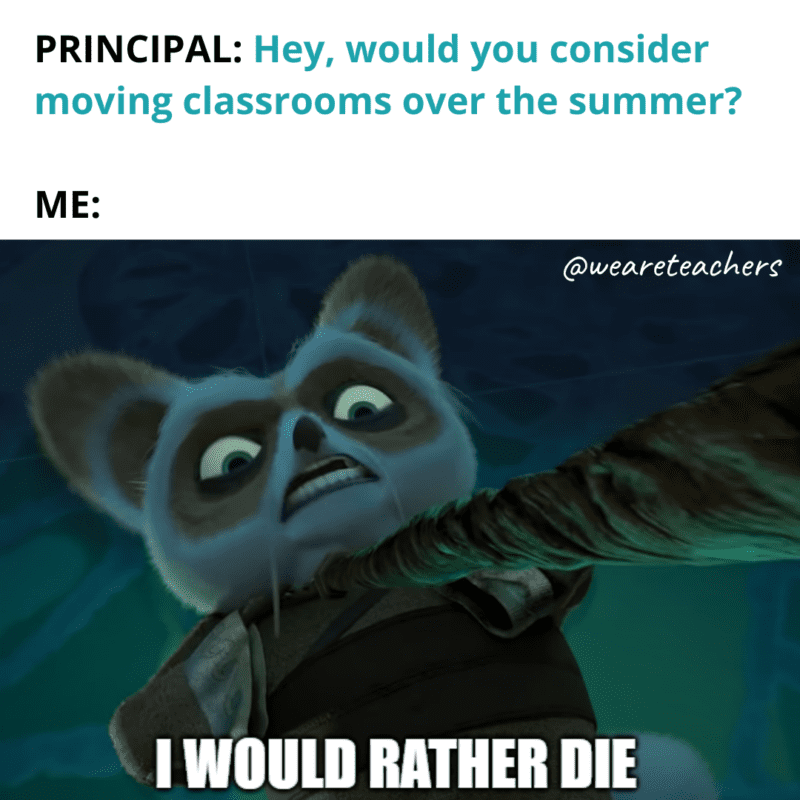
43. Because I’m SO happy for you.
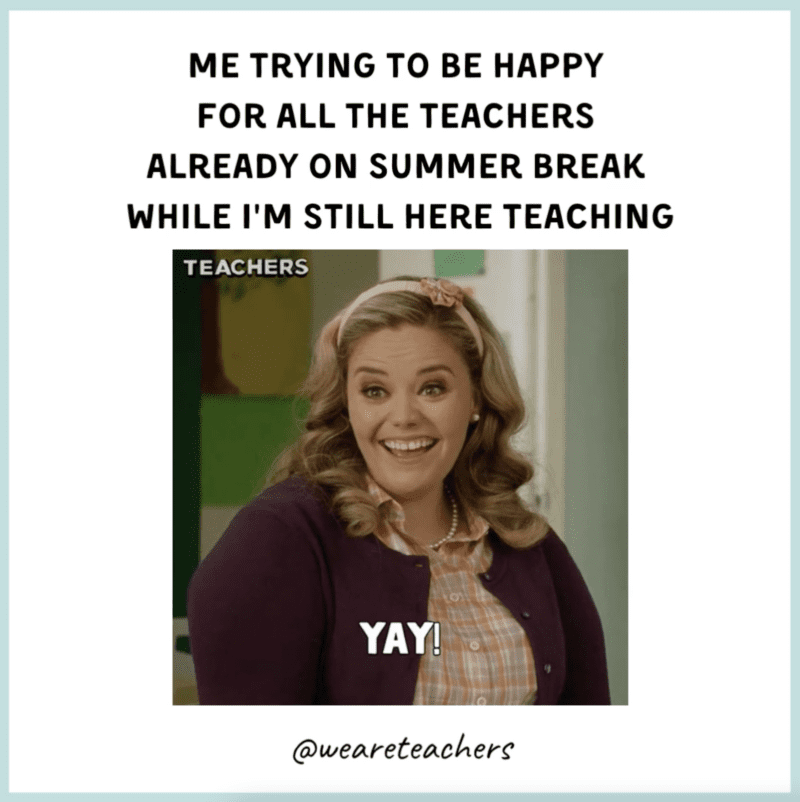
44. Because FREEDOM.
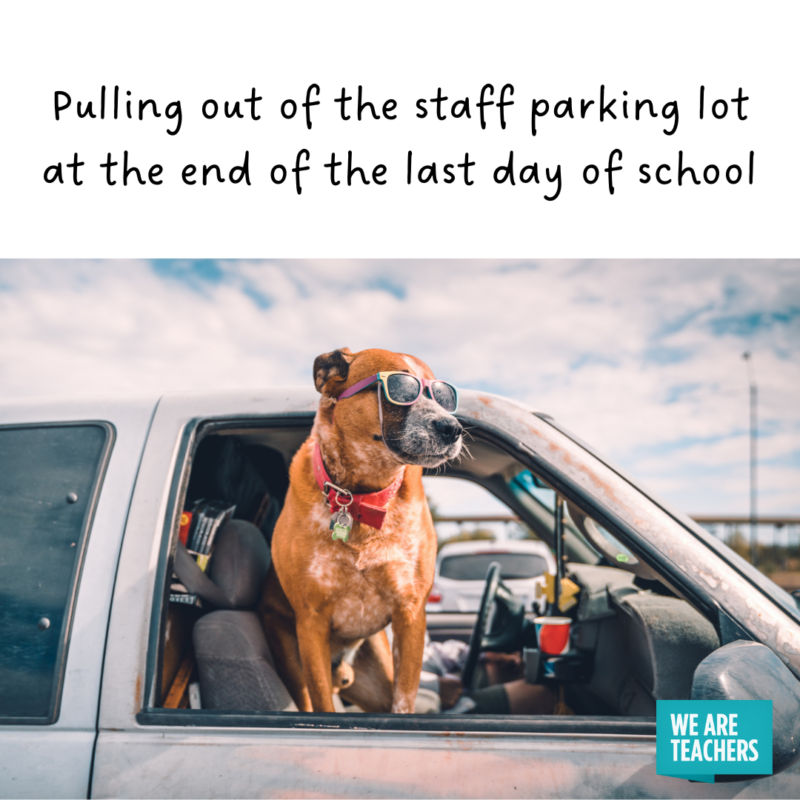
45. Because you’re either one or the other.
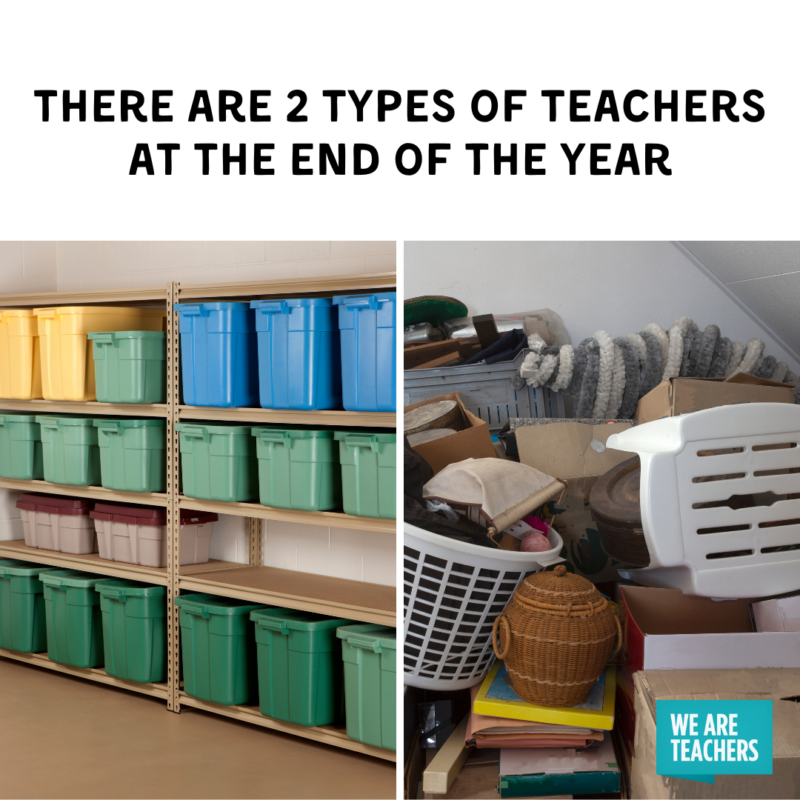
46. Because there’s no energy left.
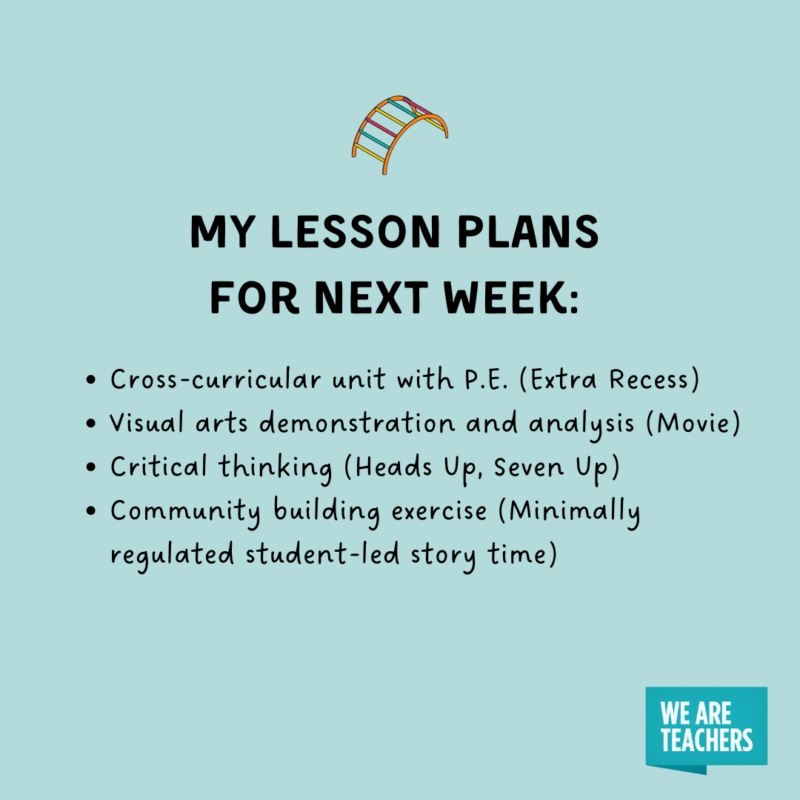
47. Because I’ve got things to catch up on.
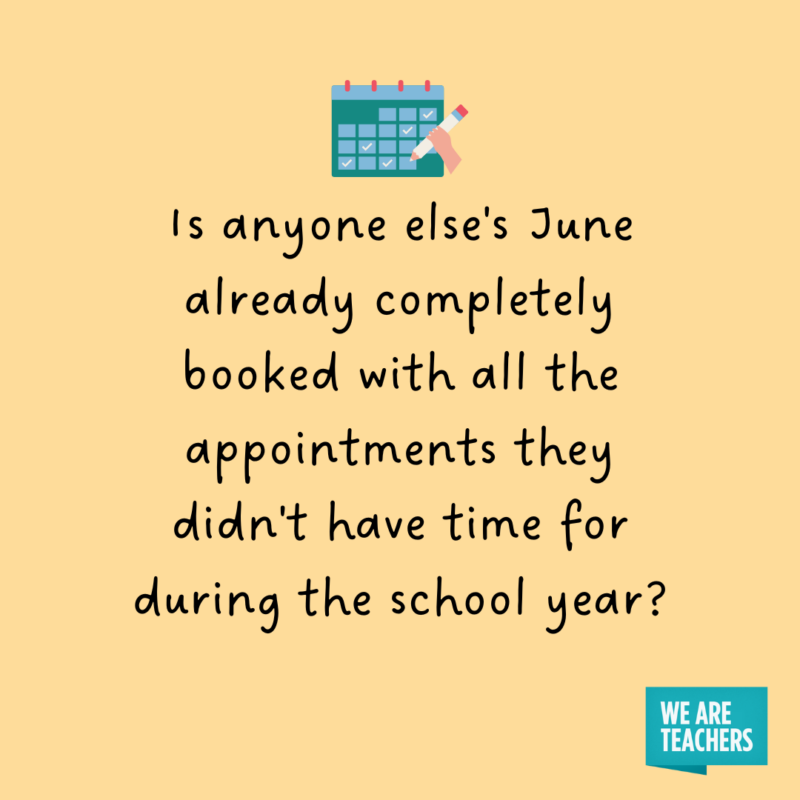
48. Because it’s basically chaos out here.
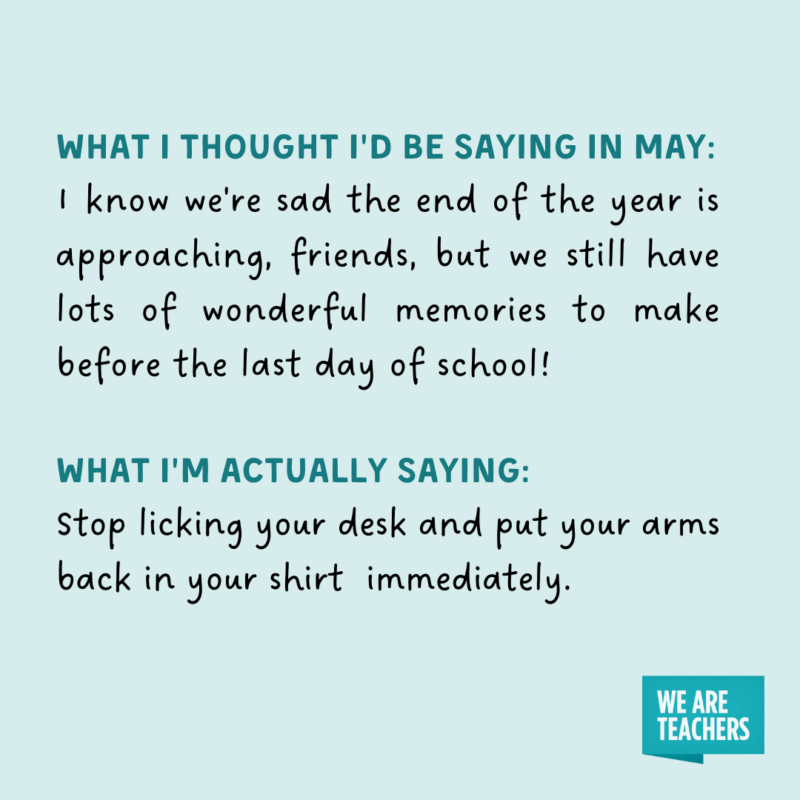
49. Because there’s no better way to describe it.
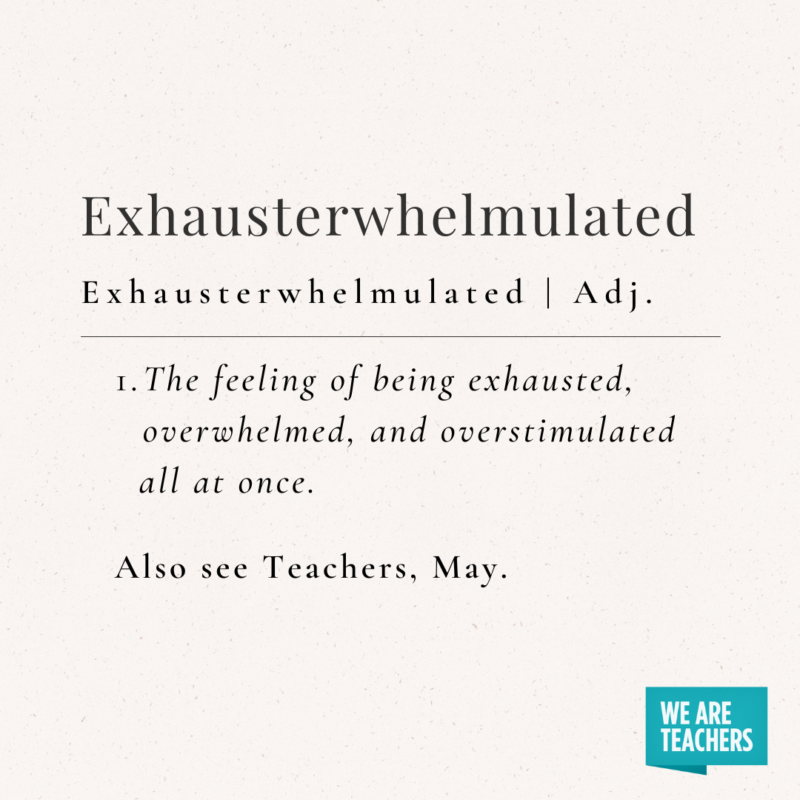
50. Because it’s the end of the year.
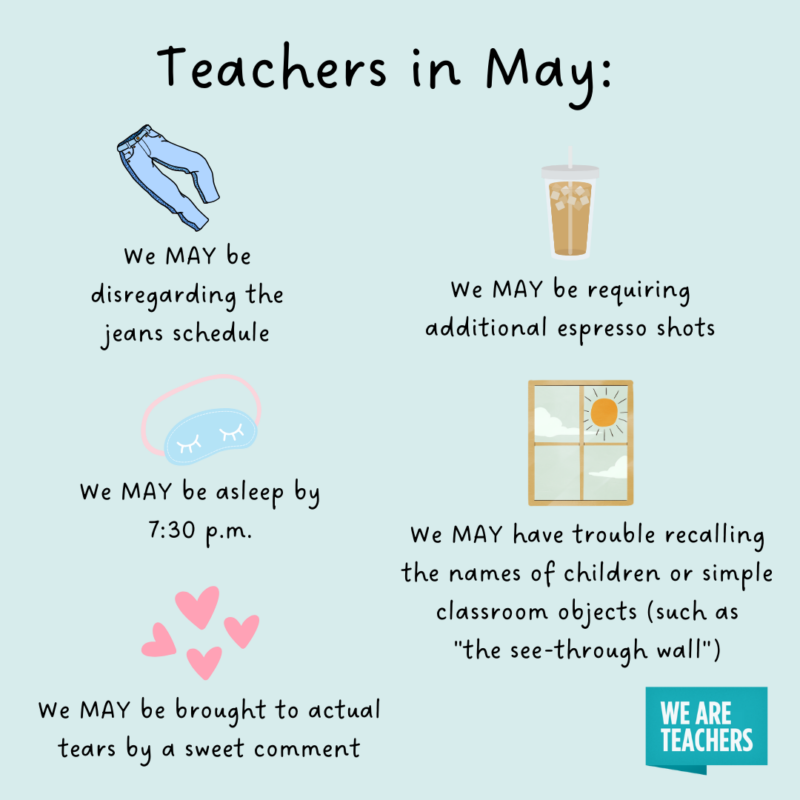
51. Because this is SO true.
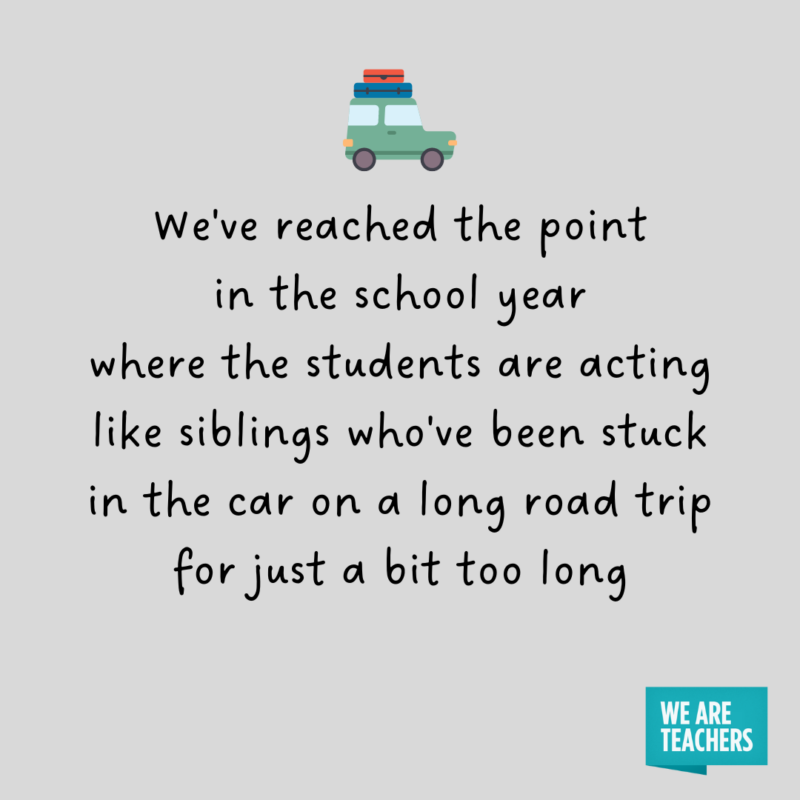
Did we miss any of your favorite funny end-of-the-school-year memes? Come and share in our We Are Teachers HELPLINE group on Facebook.
Plus, check out our favorite summer memes for teachers.
The 10 Most Important Qualities of a Good Teacher, According to Real Educators
It’s a standard teacher interview question: “What do you think is the most important quality of a good teacher?” While everyone has a different answer, there are some that come up more often than others. We asked a group of experienced educators and administrators to share their thoughts on the key qualities of a good teacher. Here’s what they had to say.
1. Patience
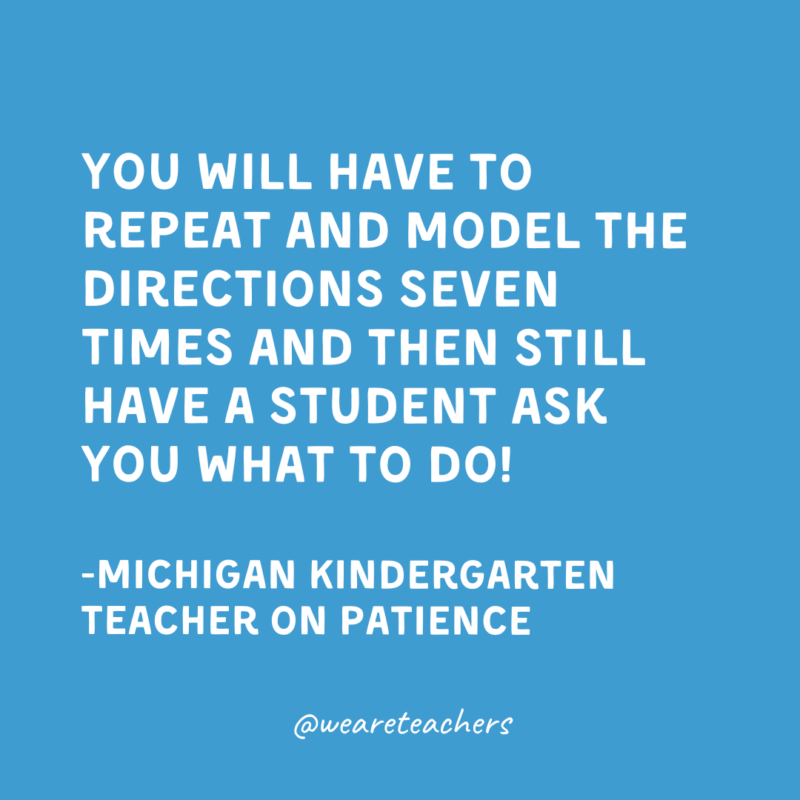
This was far and away the most commonly mentioned characteristic by educators in our survey. “Patience can be used in virtually every situation,” says high school ELA teacher Ann Cox. “If a teacher is able to remain calm, consider others’ point of view, and think through scenarios, they will be able to navigate just about anything that comes their way.”
She continues: “Patience helps teachers not to react in the moment when students are off task, disrespectful, etc. It’s also helpful when dealing with angry parents so you don’t say or do something you might regret later. And patience is definitely needed when sitting through meetings and professional development sessions!”
For ELA teacher Kenly CG, patience means “paying attention to each student’s needs and showing that you care about your students’ learning.” UK special school teacher Sarah Brown also advises “remaining calm, listening and observing students’ needs, repeating instructions, and modelling again when necessary.”
Learn more: 7 Ways To Cultivate Patience at Calm
2. Empathy and Compassion
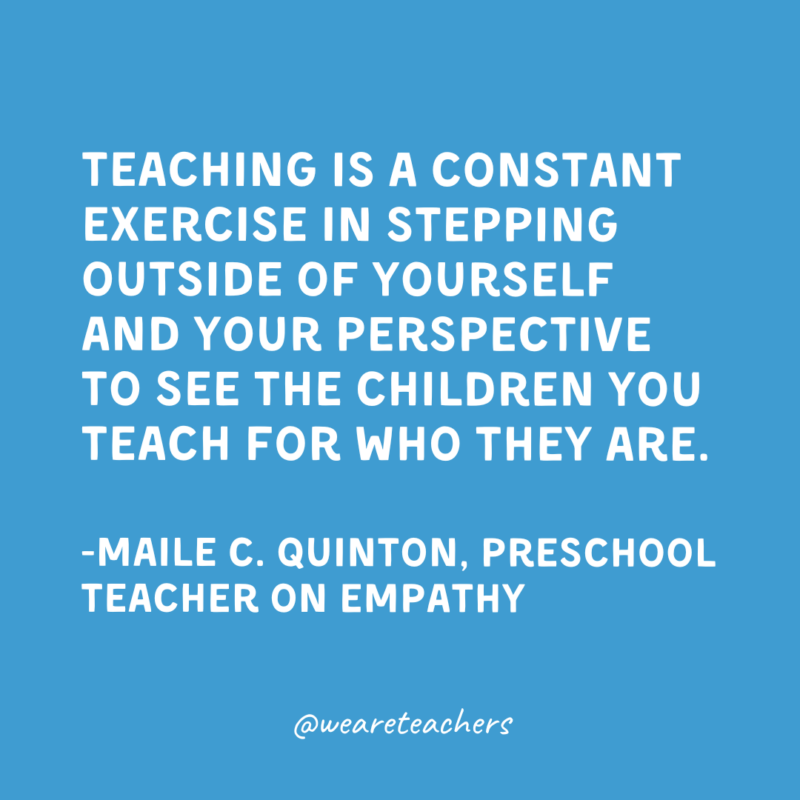
These two traits were a close second behind patience when we asked about the qualities of a good teacher. “They have to know you care before they can learn from you,” explains middle school teacher Samantha Wheeler. As a special ed teacher from New York notes: “You have to teach the child before you can teach the curriculum.”
“Empathy is a constant exercise in stepping outside of yourself and your perspective to see the children you teach for who they are,” notes Indiana preschool teacher Maile C. Quinton. “Contact talks. Get down on the same level as a child, listen to what they say, and emphasize their shared feelings by validating them. Don’t try to silver lining everything—you can validate a situation, a moment, an emotion without condoning a behavior or a problem. Empathy isn’t sympathy.”
Learn more: Cultivating Empathy at American Psychological Association
3. Flexibility and Adaptability
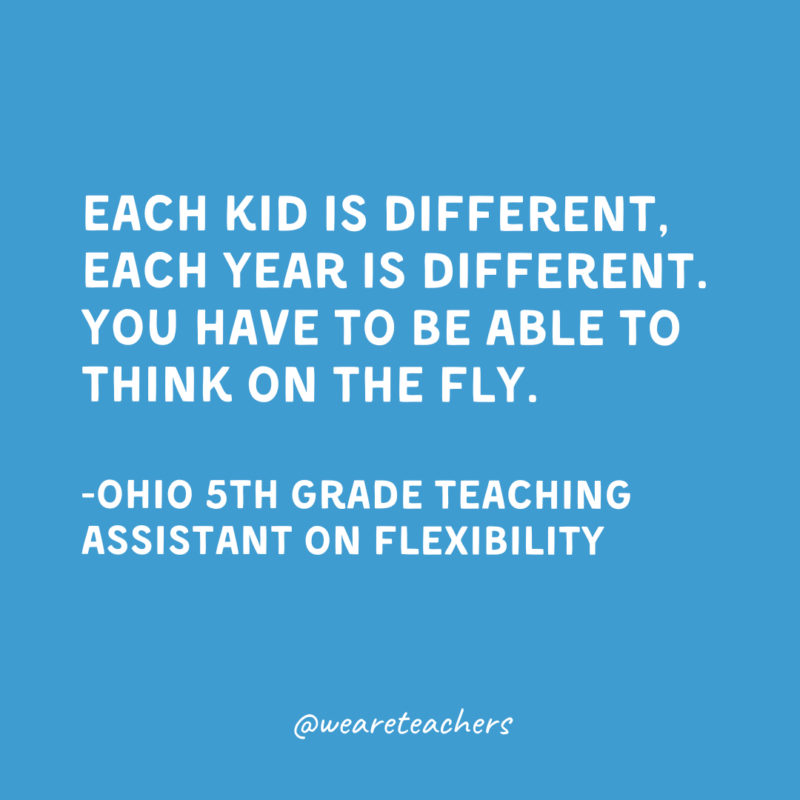
Being open-minded to change is critical in this field. So many of the educators we surveyed agree with this North Carolina ESL teacher: “There is nothing constant in teaching. Good teachers have to be able to adapt to the changing needs of students, to new administrators, new curricula, new colleagues, and new technology.”
“With so many different needs from students and parents, teachers need to be flexible to accommodate and meet students where they are at,” says elementary school counselor Lisa K, while high school English teacher Nicole P. adds, “There are often times where you need to think on your feet, so being flexible is important to go with the flow in different situations.”
Elementary special ed teacher Brianna Vuori sums it up like this: “We can only begin to predict what the future will hold and with that what we need to prepare students for, so adaptability is critical to being able to survive and thrive in this ever-changing profession.”
Learn more: Teachers, To Succeed, It’s Important To Be Flexible at EdWeek
4. Passion
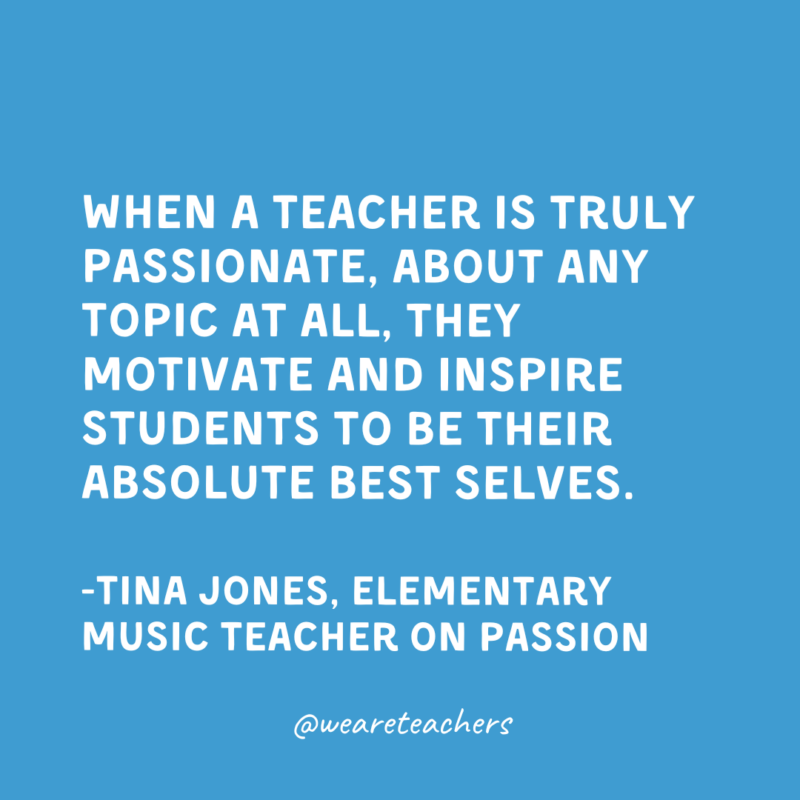
Teaching can be a tough gig, and you’ll need to be dedicated and passionate in order to thrive. “Passion is what drives us forward and what sees us through rough times,” emphasizes ELS department head Katerina T. “It is the driving force behind every lesson plan or decision we make and what lies at the foundation of life-changing relationships with our students.”
“Teachers that have passion will always find a way to meet the demands of the job,” says Florida teacher Jamie Cabaniss. “Teachers can lean on their passions when feeling frustrated and burnt out. Passions are what reignite us to get back in the classroom to teach our hearts out.”
Preschool teacher Christina H. couldn’t agree more. “You have to have a love and passion for what you are doing,” she declares. “Teaching isn’t just ‘teaching.’ It is also being a second mom (or dad), a counselor, a referee, a nurse, and so much more. To wear these many hats, you need to love what you are doing. You also need to love your students to help them succeed. Loving them on their best and worst days is what will make you successful.”
Learn more: 5 Ways Educators Can Grow and Sustain a Passion for Teaching at NSHSS
5. Kindness
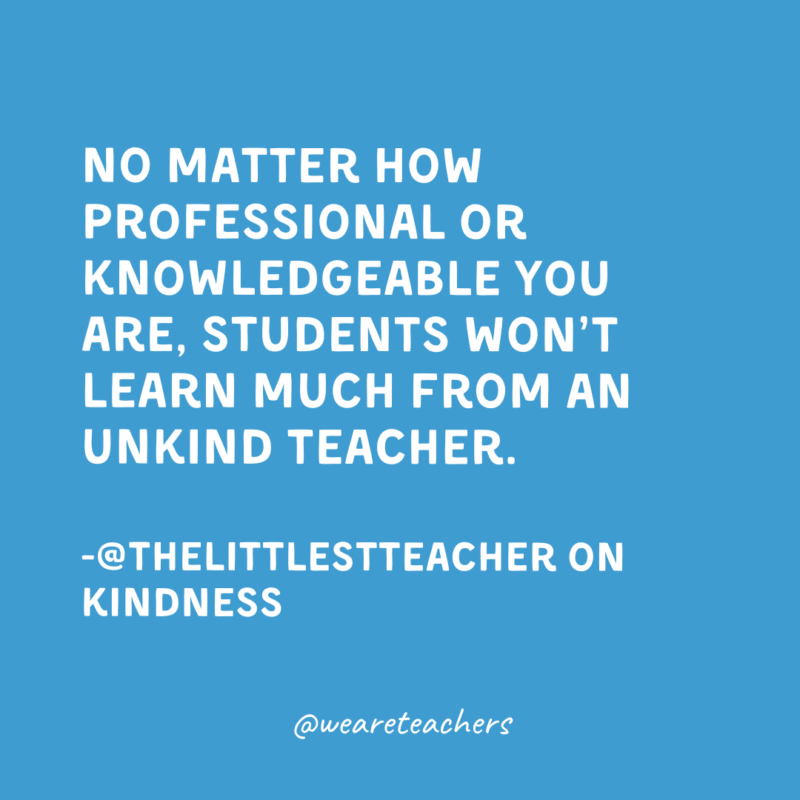
Over and over again, educators emphasized kindness as one of the most important qualities of a good teacher. “We are in the business of teaching human beings. We must teach them to be good people,” stresses Adam Peterson, Illinois music teacher and tutor.
Tina Jones agrees: “Teachers need to be kind, caring, compassionate and understanding. In our world today, with kids getting so much information and misinformation via social media, children need examples of those qualities more than ever.”
Learn more: The Case for Professional Kindness in Teaching at Teacher magazine
6. Collaboration
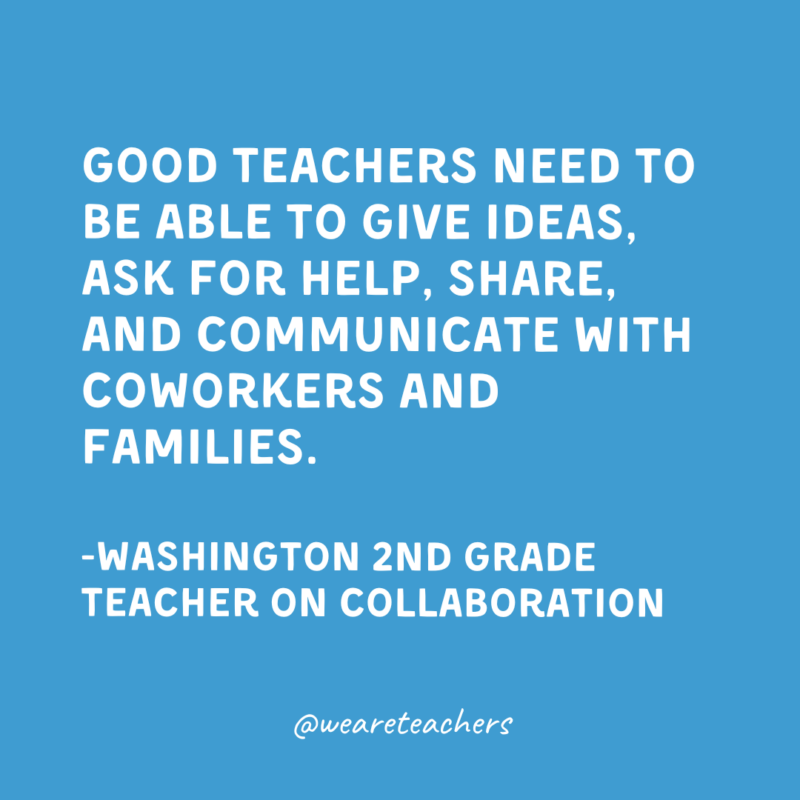
“Good teachers need to be able to give ideas, ask for help, share, and communicate with coworkers and families,” advises one Washington second grade teacher. “Be able to take suggestions, offer help, and not take things personally.”
Teachers regularly have to work collaboratively, and not just with their fellow colleagues and administrators. Developing strong, collaborative relationships with parents and families is vital. To succeed in this field, you need to learn to work well as part of a team.
Learn more: The Importance of Teacher Collaboration at American University School of Education
7. Professionalism
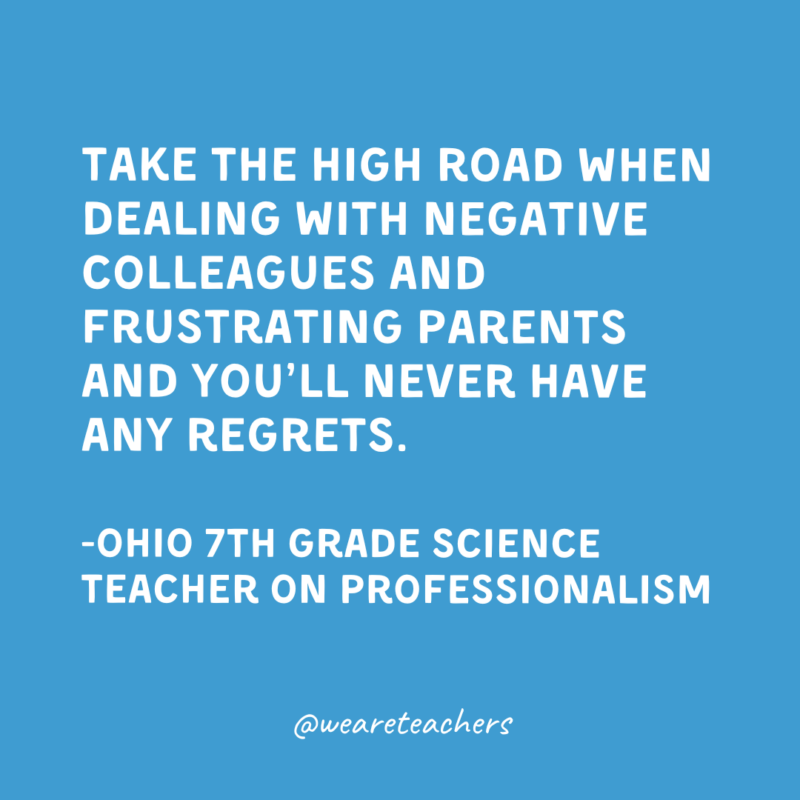
It probably feels like professionalism should be a given in any job, but it’s one of the most important qualities of a good teacher because you need to gain and maintain the respect of students, families, and administration. “Some days are going to be frustrating, discouraging, and stressful,” warns an Ohio 7th grade science teacher, “but you need to remain professional by staying calm and encouraging and being a good mentor for your students.”
Learn more: The Five P’s of Professionalism in Teaching at Grand Canyon University
8. Sense of Humor
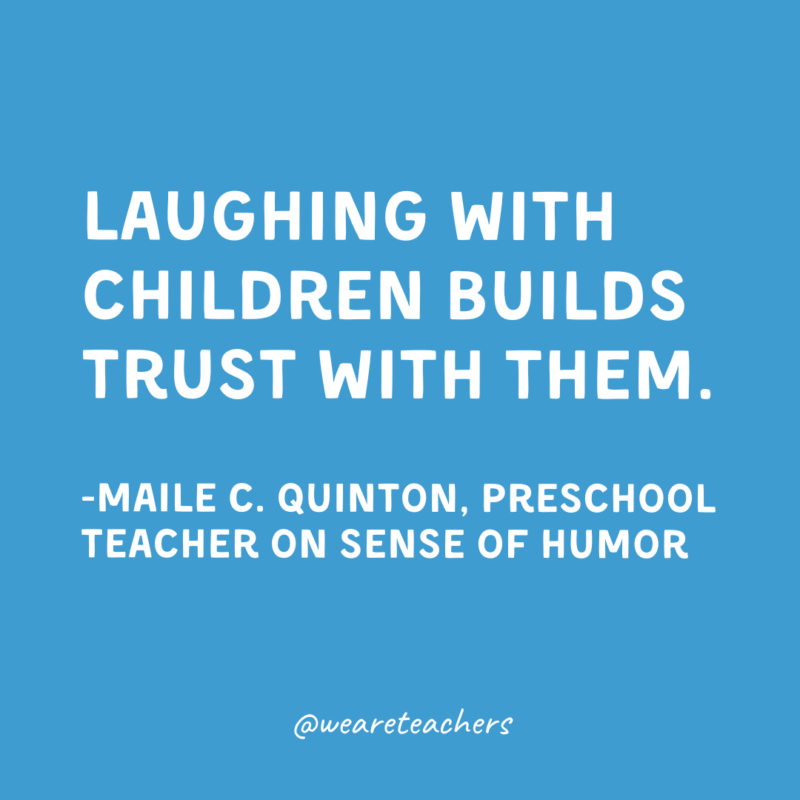
There’s no doubt about it, teachers do best when they have a sense of humor. “Laughing at yourself is a great relief, and laughing with children builds trust with them,” says Maile C. Quinton. Find ways to bring humor into your classroom, and you’ll find that students relax and learn a little more easily. (Plus, it’s much easier to deal with the small daily annoyances of teaching when you learn to laugh them off!)
Learn more: Engaging Students With Humor at Association for Psychological Science
9. Open-Mindedness
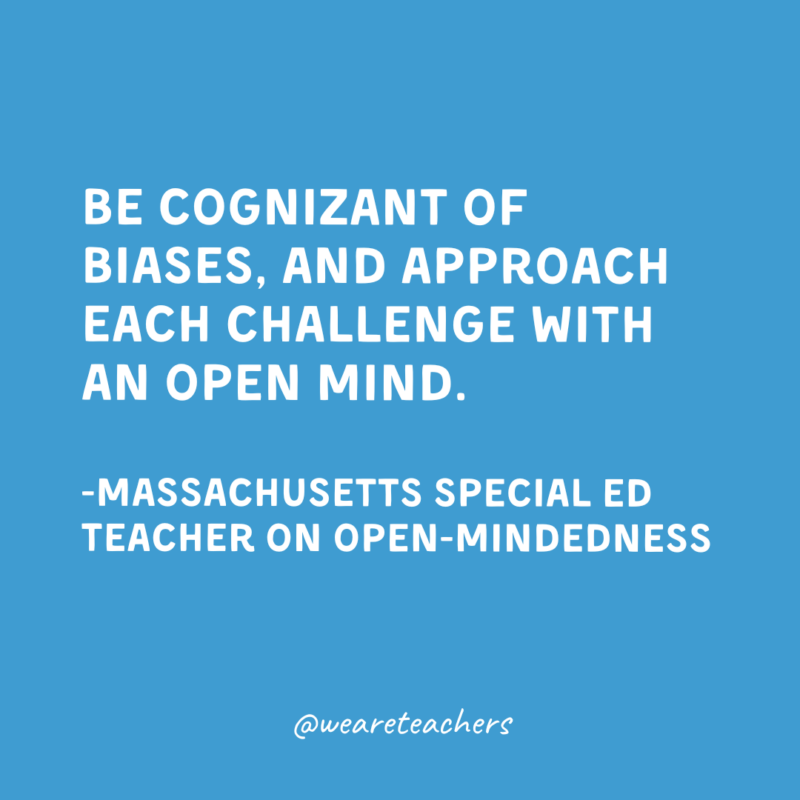
“Be open to learning from more (and even less) experienced teachers, and open to trying out new teaching and classroom management methods,” recommends middle school ELA teacher Abigail Perry.
“We are building relationships with a diverse student population,” notes Cheryl Rizzo, a middle school ELA teacher. “This can be a source of stress or create divide. However, with an open mind, it can create new opportunities or a chance to grow. Teachers are open-minded when they allow students to have a voice and take an active part in their education.”
Part of being open-minded means demonstrating a willingness to grow and a dedication to growth mindset. According to a literacy coach from North Carolina: “This job requires constant reflection, learning, and growth.”
Learn more: How To Be Open-Minded and Why It Matters at Very Well Mind
10. Resilience
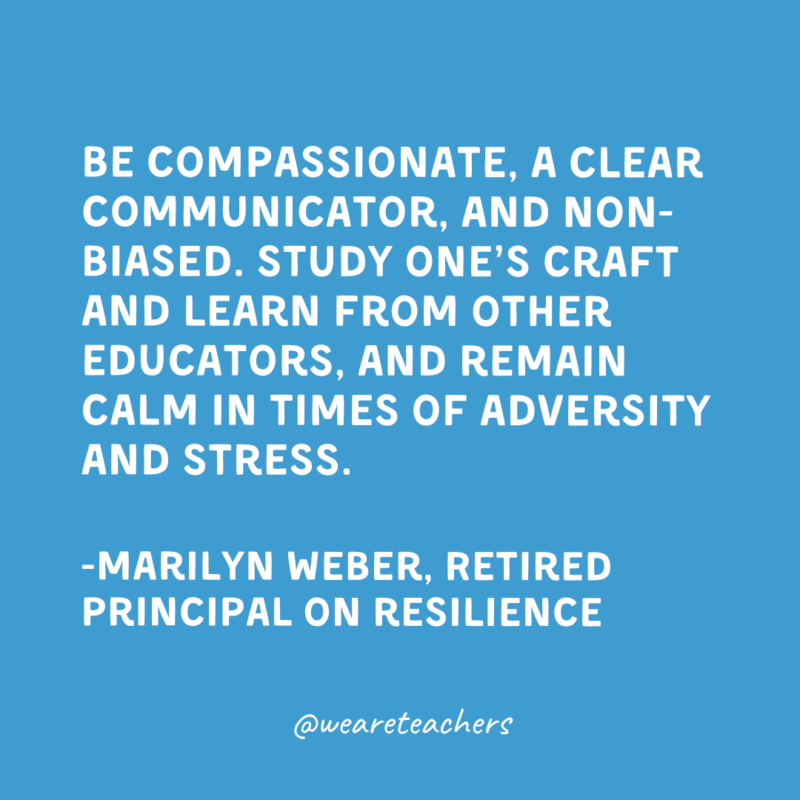
Marilyn Weber, a retired principal from Massachusetts, names this as the quality she looked for in a good teacher. “In order to navigate the world of education with all its related constituencies and responsibilities, an educator needs to be knowledgeable, flexible, an impeccable communicator, and should be able to withstand all the highs and lows of what comes their way and needs to be accomplished,” she states. She added that educators must be able to “do so without allowing any of that to shake their confidence and resolve in order to do what’s best for their students.”
That’s a tall order! Fortunately, Andrea Perry, a certified coach for educator well-being, has some advice. “Develop emotional intelligence. It’s critical for keeping our calm and being proactive, not reactive. This supports the teacher not only in serving their students well but also helps them remain joyfully in the profession as well.”
Learn more: How To Be Resilient at Work at Positive Psychology
More Qualities of a Good Teacher To Consider
These qualities of a good teacher didn’t make the top 10, but they’re definitely worthwhile attributes for every educator to cultivate:
- Inclusive mindset: “There is such a huge stigma against disabilities and it is often hushed away, which creates shame. All children are general education first and receive special education services second. Build a classroom community with respect by explaining differences to students and celebrating everyone’s strengths. True inclusivity helps all students grow, not just the students in a special education classroom. True inclusivity should help you as a teacher grow.” —Katie M., Functional Life Skills Teacher
- Love for all children: “A good teacher must truly like kids, even the naughty ones. Too often teachers only seem to like the ‘good’ kids or the ones from ‘good’ families. They attribute the student’s behavior to something personal or bad about them. Instead, those are the kids in whom we need to diligently look for the good.” —Kathryn Roe, retired educator and administrator
- Love of learning
- Problem-solving skills
- Curiosity
- Courage
- Hopefulness
- Imagination
- Reliability
- Knowledge of content and pedagogy
- High expectations
What do you feel are the most important qualities of a good teacher? Come share your thoughts in the We Are Teachers HELPLINE group on Facebook.
Plus, The Complete Guide to Becoming a Teacher, From Choosing a College to Landing a Job.
50 Inspiring Fourth Grade Art Projects for Creative Kids
Fourth grade art students are ready for new challenges, like trying out perspective or exploring tessellations. These projects are all well within their abilities but will also encourage your students to push themselves to create cool new works of art they’ll be proud to take home and show off!
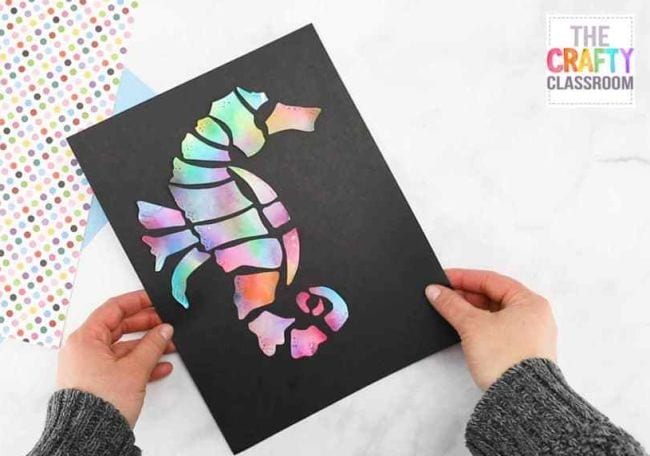
Keep the creativity flowing with these 4th Grade Writing Prompts.
For more articles like this, subscribe to our newsletters to find out when they’re posted!
How To Hold a Read-a-Thon Fundraiser
Want a fun way to strengthen literacy skills, create a positive reading culture, and make some money for your school all at once? Try a read-a-thon fundraiser! Here’s what you need to know to set up and run one, plus ideas for creative activities to engage every student.
What is a read-a-thon?
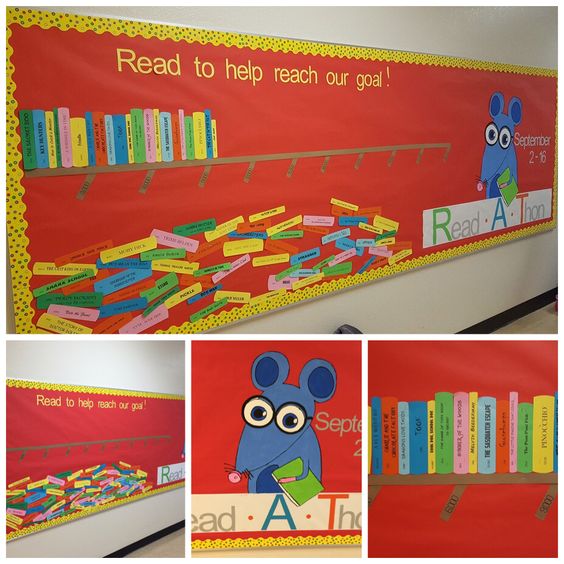
In a read-a-thon fundraiser, students challenge themselves to read as much as possible in a set amount of time. Sponsors pledge money based on a variety of goals: reading a certain number of books, money per book or page read, or hours spent reading. They can support an individual student, a class, or the school as a whole.
Many schools combine read-a-thon fundraisers with lots of other fun literacy activities. They offer prizes to students, bring in guest speakers like authors or illustrators, and hold big group reading events.
The benefits to this kind of fundraiser go far beyond the money schools raise. It helps make reading fun and exciting, encouraging students to value it as more than just a school activity. And of course, the more kids read, the more they build and polish their skills.
How To Set Up a Read-a-Thon Fundraiser
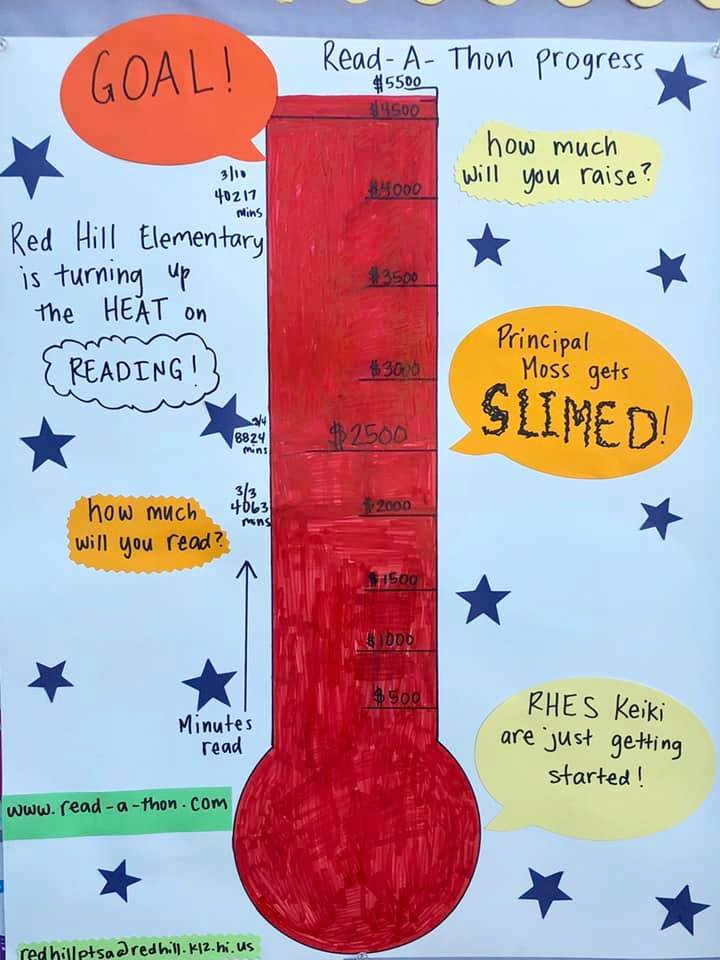
1. Create overall guidelines and goals
Consider specifics like these:
- General purpose: Do you want to raise a little money while mostly encouraging reading? Or would you like to raise as much money as possible, with reading as a side benefit? You can also choose to leave the fundraiser portion out of it; instead, kids read to meet a goal like seeing the principal get slimed, or earning a pizza party for everyone.
- Participants: Who will participate? All students in a school, only students in a specific grade or class, or even an entire school district?
- Individuals or teams: Will kids set individual goals or work to achieve bigger goals as part of a team, class, or school? (You can even do a combination of both.)
- Reading goals: How will readers earn money? Will they pledge to read a certain number of books, pages, or hours, and receive money if they meet their goal? Or will sponsors pledge a small amount per page, book, or hour?
- Rewards: Providing small rewards to students as they progress can keep them involved and motivated. You can also give prizes at the end for students who smash their goals!
- Length: How long is your fundraiser? Most schools hold events for a week or two, with time for reading at school and at home, along with other reading events and activities.
- Theme: Choosing a theme can help drum up excitement, allowing you to create decorations and do activities and events that fit the concept. (See below for ideas.)
2. Set individual reading goals
Now it’s time for students or teams to set their reading goals. If sponsors will pay for each page, book, or hour they read, encourage participants to aim high! Even if they don’t completely meet their goal, they’ll still earn money for your school.
You can also have kids set personal goals (X number of pages, hours, or books) and have sponsors pledge a flat amount if they meet their goal. In this case, try to set goals that will invite students to stretch a bit but still be achievable.
Not using your read-a-thon as a fundraiser? Kids can set goals to earn prizes or rewards instead.
3. Find sponsors
Think carefully about this one, because this is how you’ll make money from this event. Here are some options:
- Individual sponsors: Kids ask family and friends to sign up to sponsor them. (Just remember that not all students have a supportive home life, so consider how you can make this an equitable activity for all.)
- Team sponsors: Students work in teams or classes to build up sponsors. (This can make things a little more equitable for all students.)
- School sponsors: Schools ask families and community members to support the school generally by pledging for the total number of pages, books, or hours read by all students.
- Community sponsors: Local businesses and organizations sponsor teams or the school as a whole.
It’s up to you to decide how you’ll register sponsors, but since paper forms are likely to get lost, consider using something like Google Forms instead.
4. Build excitement
In the lead-up to your read-a-thon, get students excited to participate! Try some of these ideas:
- Decorate the halls using your theme.
- Put up posters throughout your school.
- Send home flyers (paper or digital).
- Create a series of fun morning announcements.
- Post videos and reminders on social media.
5. Hold a kickoff event
This is optional, but it really turns your read-a-thon into something special. Give one of these ideas a try:
- School book fair: Find our favorite school book fair companies here.
- Curl Up and Read Day: Invite students and staff to wear pajamas and bring blankets, pillows, and stuffed animals to school. Then, spend a morning or afternoon reading together in a big space like the gym or playground. You can even provide yummy snacks.
- Celebrity read-aloud: Invite one or more local celebrities to come to your school and do read-alouds. If you get several, you can rotate classes between them so all kids get a more personal experience.
- Author visit: Invite an author to speak at your school, in person or virtually. Hearing from a real author really gets kids excited to read their books!
- Book carnival: Hold a reading-themed carnival, with games and prizes based on your students’ favorite books.
6. Track progress
Now that your read-a-thon is underway, you’ll need a way to track student progress like these:
- Paper charts: Hang a chart in each classroom where students can mark their progress each day. Or make one big chart for the school and have teachers report and tally daily progress.
- Online forms: Use an online system where students and families can enter their information at school or at home.
- Personal tracking forms: Each student has their own form, whether paper or digital. (This can be a benefit to kids who feel shy about sharing their progress with everyone.)
Also consider how you’ll verify student progress. During reading time at school, teachers can monitor student engagement, but how will you confirm the reading kids do at home or on their own time? Many schools ask families to initial a form documenting their child’s progress at home, so give some thought to this in advance.
7. Reward participants
Keep the enthusiasm going throughout your fundraiser by offering small prizes to students. Here are some of the achievements you can reward:
- Individual goals: Ask students to set a few intermediate goals in addition to their overall goal, and give rewards like stickers or treats as they meet them.
- Raffle tickets: Award tickets for meeting certain goals, like finishing a book or reading a certain number of pages in a day. The more tickets kids earn, the greater the chance to win prizes.
- Daily participation: How long can kids keep their reading streak going? Reward those who read consistently, even if it’s only for a few minutes each day.
- Achievement tiers: Create goals like “100 pages read” or “5 books read” and post lists of students who meet those goals. Give them special stickers to wear to show off their achievements too.
Rewards can be anything from stickers, treats, and bookmarks to extra recess time, reading-related toys or gifts, or, of course, books!
8. Celebrate final results
When your fundraiser is over, be sure to celebrate everyone’s success. Hold a book-themed party where you announce prizewinners and recognize everyone who met their goals. Don’t forget to announce the total amount of money you raised for your school!
9. Collect pledges
Now that it’s all over, you’ll need a way to collect all those read-a-thon pledges. This can be the most challenging part of any fundraiser, so enlist help from parent organizations and give your sponsors easy ways to make their donations. Feeling overwhelmed by the administrative side of things? Consider working with a company like Read-A-Thon to coordinate your fundraiser.
Read-a-Thon Themes and Activities
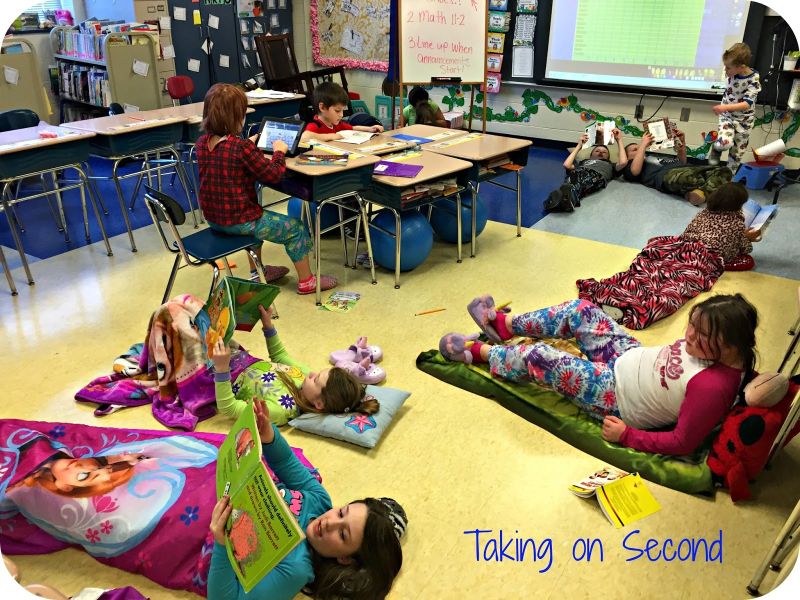
This is the time to celebrate everything wonderful about books and reading! Themes and activities can engage even the most reluctant readers, making it worth the extra time and effort.
General Activities
- Author visits: Arrange for an author to visit in person or virtually.
- Read-alouds: Bring in special guest readers, like parents or older students.
- Book fair: Give kids more books to love!
- Book-themed crafts: Create crafts for books like The Dot, The Very Hungry Caterpillar, or other favorites.
- Character dress-up day: Come to school dressed as your favorite literary character.
- Literary trivia contest: Hold a contest to see who really knows their books.
- Book swap event: People bring in books they no longer want and trade with others for new books to read.
- Reading sprints: Set a specific amount of time, like 30 minutes after lunch, where everyone reads as much as they can.
- Lunchtime book clubs: Choose a few books and invite kids to join a club to read and discuss one that interests them.
- Reading challenges: Challenge students with daily goals like “Read a book by a BIPOC author” or “Choose a story in a genre you don’t usually read.”
Theme Ideas and Activities
- Under the Sea: Decorate your hallways with blue paper streamers and hanging fish and sea creatures, each holding their own “favorite” book. Let kids read while wearing swim goggles or even snorkels.
- Day at the Beach: Sun, sand, and books are a perfect match! Kids can lounge around in beach chairs, wear sunglasses to school, or even read in kiddie pools full of colored balls.
- Reading Superheroes: Kids love a superhero theme. Have a superhero dress-up day, then read comic books and try creating your own.
- Author Spotlight: Pick an author and celebrate their books during your event.
- Diverse Reads: Honor authors and illustrators from a wide array of backgrounds. Invite authors from BIPOC or LGBTQ+ communities to speak, and set aside a section in your school library that highlights diverse books.
- Seasonal Stories: Theme your fundraiser around a season or holiday: Think Snowy Days (have a Hot Chocolate Reading Party), Spooky Reads (turn off the lights and read by flashlight), or Spring Into Reading (bring a picnic lunch and read outside).
- Literary Genres: Pick a genre to highlight, such as mystery, biography, or science fiction/fantasy. Offer extra rewards for those who read books that fit your theme.
- Around the World: Travel the globe with books! Give kids maps and track the books they read from different world authors and cultures. Hold a “tourist” dress-up day, or pair a country’s snacks and books for a yummy cultural activity.
- Books-to-Screens: Theme your read-a-thon around books that have been made into movies or TV shows. Host the classic debate: “Which is better—the movie or the book?”
- Great Outdoors: Give your fundraiser a camping or nature spin. Let kids read in tents, head outside for a reading sprint, and hold a big cookout as your kickoff or final celebration.
What tips do you have for running a read-a-thon fundraiser? Come share your ideas and ask for advice in the We Are Teachers HELPLINE group!
Plus, check out 50+ Unique and Effective Fundraiser Ideas for Schools.
44 Second Grade Art Projects Full of Imagination and Creativity
By second grade, students have a better grasp of basic art concepts and will therefore love a chance to try out new techniques and materials. That’s why they’ll embrace these imaginative projects, which use a wide variety of media to create amazing results. Whether you want to introduce a famous artist like Monet to your students or a concept like 3D sculpture, there really is something for everyone on our list. And parents will be impressed by the beautiful masterpieces their kids bring home to display!
What are your favorite second grade art projects? Come share your ideas in the We Are Teachers HELPLINE group on Facebook.
Plus, check out Collaborative Art Projects That Bring Out Everyone’s Creative Side.
Free Teacher Resume Template and Tips, Plus 21 Teacher Resume Examples
Whether you’re searching for your first teaching job or you’re ready for a change, you’ll need a solid resume. There’s a lot of conflicting advice out there on how to write a resume that will land you an interview, so it’s worth taking some time to review teacher resume examples first. We’ve rounded up examples for pretty much any kind of educator and assembled tips for how to write a strong modern teacher resume.
Best of all, we’ve got a free, fully customizable teacher resume template to get you started quickly and easily. Fill out the form on this page to grab your template, then use our tips to start building your resume today.
Jump to:
Teacher Resume Tips
Resumes have changed a lot in recent years, so do your research to find out what the latest trends are. For instance, while an “objectives” section used to be a resume standard, people often drop this section today in favor of more space to highlight their accomplishments. Start with these general resume tips, then get more advice for completing our free teacher resume template, section by section.
General Tips
- Keep it to one or two pages. Hiring managers don’t have time to read overly long resumes. Put the most important information up front, and remove anything that doesn’t truly strengthen your application.
- Be honest. While you want to highlight your strengths and achievements, don’t go overboard. If you exaggerate your experience but are unable to perform certain tasks, you may put your future job at risk before you even get started.
- Skip the gimmicks. Some people will tell you the way to make your resume stand out is to use fun fonts or a “creative” design. The fact is, people who are hiring want an easy-to-read, clear presentation that highlights your achievements and credentials. That’s what will land you an interview.
- Tailor your resume. Keep a standard resume document that you can customize for the specific job you’re applying for. That might mean moving sections around, highlighting specific skills or experiences, or deciding which parts of your career deserve to be placed up front. Take a close look at the job description, and tailor your resume accordingly.
- Don’t try to circumvent the system. Years ago, people would tell you to ignore requests to send your resume and instead show up in person. Our advice: Don’t do it! Application systems are nearly all online these days, and for good reason. This helps hiring committees by organizing information efficiently and ensuring they meet all anti-discrimination laws. So just send your resume and application using the method requested.
- Don’t forget a cover letter. A great cover letter really can help your resume stand out. Learn how to make your teacher cover letter special here.
Contact Information
On today’s resumes, your mailing address is optional. In fact, if you’re looking for a job outside of your current geographical area, it can sometimes be helpful to leave it off. This way, employers won’t worry about whether you’re willing to relocate for the job.
Email addresses are not optional. This is the way most schools will contact you today, so be sure to provide yours. You might want to take a look at your address to make sure it sounds relatively professional too. Ideally, it simply contains a version of your name (e.g., “leslie.knope2010@gmail.com”); don’t forget you can grab a free email address from sites like Gmail if you need to. But other addresses are fine too, as long as there’s nothing questionable. “TinaB3824@gmail.com” is fine. “Bootylicious69@gmail.com” is not.
Professional Objective/Summary
As mentioned earlier, resume objectives are used less and less today. Recent college grads or those transitioning to teaching careers might still decide to include a professional objective statement. Those with more experience have replaced objectives with a summary statement that provides an overview of their career. It’s also OK to delete this section altogether if you’d like more space in the Relevant Work Experience section.
Education and Certifications
Include your undergraduate and graduate degrees, as well as any certifications or licensures you hold. Note: It’s up to you whether you include your graduation date. Some people worry it can open them up to age discrimination. You’ll likely be asked for this information if you continue in the hiring process, so they can verify your degrees.
Related Experience
This is the real meat of your teacher resume. You can list jobs chronologically starting with the most recent, or choose to place your most relevant experience first. Either way, include your employer’s name, dates of employment, and the position/s you held. Then, highlight your experience and achievements. Strive to make your statements measurable and quantifiable rather than just a listing of your job duties.
Weak statements:
- Taught fifth grade science and math
- Prepared students for standardized math tests
- Oversaw annual school science fair
Strong statements:
- Instructed 100+ students each year in fifth grade science fundamentals, including human anatomy, electricity and magnetism, and earth and space science
- Improved standardized testing math scores by an average of 8% over a period of five years
- Organized seven annual school science fairs by coordinating 200+ participants, finding qualified judges, and arranging for prizes donated by the community
New college grad? You should definitely include your student teaching or internship experience in this section!
Additional Experience
You can use this section to include jobs you’ve held that aren’t quite as relevant to the one you’re applying for. If you’re new to the working world, it’s OK to include non-teaching jobs here. For those with longer careers, it’s probably not necessary to list every job you’ve ever had. Just highlight any experience that helps support your application or fills any employment gaps.
Professional Honors and Leadership
If you’ve received awards or honors related to teaching, share them here. The same goes for any leadership roles you’ve held in educational professional orgs.
Professional Affiliations
If space allows, you might want to include a short list of respected professional organizations you belong to. You should definitely include them if you play a very active role, have been invited to speak as an education expert at a conference, etc. Otherwise, this section is optional.
Other Teacher Resume Sections
Here are some sections you might consider adding if you have space, and a few to skip altogether.
- Professional skills: Don’t include this section if your skills are simply those expected of any teacher. But if you’ve built up any unusual and relevant teaching skills through experience or professional development, you could include them here. (Fluency in multiple languages, for example.)
- Community involvement or volunteer work: If you’ve been heavily involved in community organizations that work with children or education, consider highlighting those achievements on your resume.
- Publications: Have you published articles in an educational or professional journal, or had your work featured on a trusted, well-known website? Include any relevant articles and links.
Here’s what you don’t need on your resume:
- Hobbies or “unique” unrelated skills (like “juggling” or “Cordon Bleu chef”).
- Any information about religious or political affiliations, or your marital status, gender, race, or age. These could lead to potential bias or discrimination in the hiring process.
- References: Most people leave this section off their resume these days, as job applications or hiring committees will ask you for them separately. Line up your references and gather their contact information, but hang onto them until you’re asked to provide the info. You don’t even need to put “References available upon request,” since hiring managers already assume that.
Teacher Resume Examples
As you complete your teacher resume template, use these examples for ideas about what to include and how to word it.
1. First-time teacher
This is a great resume for teachers with little to no experience.
2. Another first-time teacher example
Here’s one more example of a great teacher resume for those with limited experience.
3. Experienced elementary teacher
This one allows you to showcase your skills in a compact, visually appealing design.
4. Another experienced elementary teacher
This is one of those teacher resume examples that work best for those with some experience but who are still early in their career. (Note: Click the link above and scroll down to find it.)
5. Summer school teacher
Use this resume to highlight the unique skills of summer school teachers who work with students who are either repeating a course or trying to get ahead for the following school year.
6. Assistant teacher
Applying for an assistant teacher job will be much easier using one of the five fantastic teacher resume examples through this resource.
7. Special education teacher
As a special educator, your responsibilities may change from minute to minute and your skills need to adapt. This template helps you simplify your experience in a one-page resume.
8. School counselor
This resume will help you showcase your excellent mentoring, counseling, and leadership skills.
9. School guidance counselor
As a guidance counselor, your role is to guide students through academic development as well as personal growth. Use this template to show you how to highlight your unique talents.
10. Library media specialist
Showcase your ability to collect and maintain the valuable resources needed to foster a strong learning environment for students.
11. High school English teacher
Use this guide to create a great English teacher resume that will highlight your communication, interpersonal, and planning skills to edge out the competition.
12. Technology teacher
Emphasize your commitment to the ongoing professional development necessary to continue integrating the latest technology into the existing curriculum, and coming up with new lesson plans for today’s classrooms.
13. Music teacher
Share and showcase your love of introducing music to students with this straightforward teacher resume.
14. Drama teacher
This resume example is simple but perfect for drama teachers who want to emphasize their experience as well as their knowledge of acting techniques and production.
15. World language teacher
Establish yourself as the ideal candidate by demonstrating teaching skills, language proficiency, communication, and organizational skills.
16. Sports coach
As a coach, this template will help you demonstrate your ability to manage teams and sports programs as well as encourage academic performance.
17. ESL teacher
This teacher resume example allows you to highlight your classroom management skills, as well as your commitment to empathy, patience, and cultural awareness. (Note: Click the link above and scroll down to find it.)
18. Math teacher
This clean resume template showcases a math teacher’s ability to break down complex math concepts through patient, meaningful engagement with students.
19. Pre-K teacher
It takes a special person to be a great pre-K teacher. Working with young children while creating lesson and activity plans, monitoring progress, and providing quality supervision takes patience and kindness.
20. Business teacher
Put your best foot forward with this business teacher resume that emphasizes teaching methods and a commitment to ongoing professional development.
21. International school teacher
Use this resume to let hiring managers know that you’re not only motivated to help students learn but uniquely qualified. Be sure to highlight any experience living or traveling abroad as well as foreign language skills.
Get Your Free Teacher Resume Template
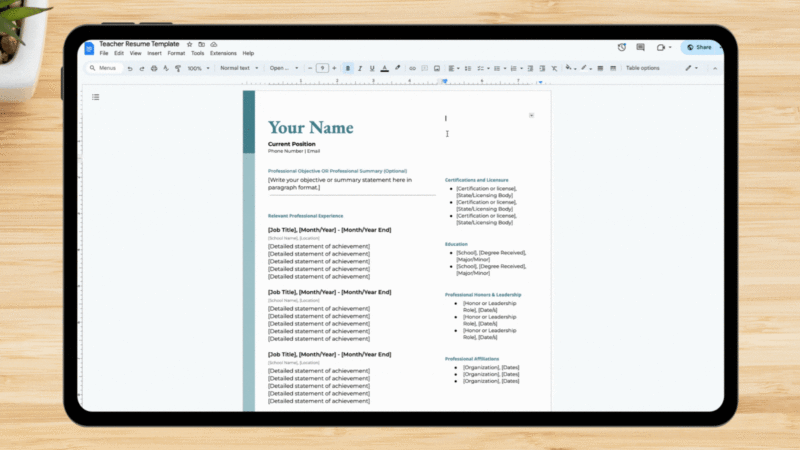
Just fill out the form on this landing page for instant access to a free Google Doc featuring a fully customizable teacher resume template.
Plus, check out tips for teacher job fairs and the most common teacher interview questions.
Want more articles like this? Be sure to subscribe to our newsletters!
Paraprofessional Job Description Templates and Examples
Paraprofessionals are some of the most important members of many school teams. Also known as paraeducators or classroom/teachers’ aides, they fill a variety of roles in the classroom. If you’re getting ready to hire a new paraeducator, you’ll want to make sure your job description truly captures the work involved and necessary requirements. Take a look at these tips and paraprofessional job description examples to guide you through the process.
What should a paraprofessional job description include?
Like any job description, yours should include information that’s useful to people when they’re deciding whether to apply for a job. A strong job description is also helpful for existing staff, as it defines and clarifies the overall responsibilities and expected performance results. Here’s what to include in a paraeducator job description:
Job Title
Your job title should be short and succinct, which helps prospective applicants find it easily. Examples:
- 5th Grade Paraeducator (Inclusion Classroom)
- High School Literacy Assistant
- Title I Paraprofessional, Grades 6-8
- Kindergarten Classroom Aide
- K-5 Paraprofessional (Floating)
You may also wish to indicate whether the job is full-time or part-time. If part-time, note the number of hours.
Summary
In a few sentences, give the applicant a general idea of what the job looks like overall. Explain the basic role and the type of person best suited for it. Job candidates use summaries to quickly decide whether they want to continue reading the more detailed description. Tip: It’s sometimes easier to write this summary after you’ve written the rest of the description.
Learn more: What Is a Paraprofessional?
Duties and Responsibilities
This is the section to list more specific details about the job. It’s usually written in a bulleted list and sometimes broken into sections. Go ahead and be very detailed here; it’s helpful for everyone to be clear on the expectations for this role up front.
Learn more: What Does a Teaching Assistant Do?
Qualifications and Experience
Be sure to specify any hard-and-fast requirements here. You can also include preferred qualifications, which helps applicants see how well qualified they really are. Examples:
- High school diploma or equivalent required; associate’s or bachelor’s degree in education-related field preferred
- Experience working with children in classroom or educational settings (minimum 1 year; 3+ years preferred)
- 2 years of higher education (60 credit hours) or associate’s degree required; education-related majors preferred
Working Conditions
What conditions can the person working this job expect? Will they need to stand on their feet for long periods? Will they have to be outside in all weather conditions for recess or bus duty? Do they need to be able to lift a certain amount of weight? Are there any expectations for working outside regular school hours? Provide that information here.
Salary Range
This is still a controversial section for job descriptions. Job applicants like to know up front what a job might pay so they can avoid applying for jobs that don’t fit their own personal requirements. It benefits an employer too, since they don’t risk spending hours reviewing a potential candidate only to find they can’t come to terms on salary. Some states require salary ranges as part of a job posting (and some local areas do even if the state does not).
Learn more: 2023 Average Paraprofessional Salaries
Tips for Writing a Paraprofessional Job Description
Before writing a job description, spend some time brainstorming every task and duty they might be expected to fulfill. It’s OK if the list is really long! Once you have everything down, you can look at condensing and grouping some items. For instance, if you listed “laminating stuff,” “organizing classroom supplies,” and “handling daily attendance,” you might just condense that into “Assist with daily classroom management tasks.”
Be honest about what’s expected of a successful person in this role. The more information people have about a job, the more informed their decision to apply will be. This will net you better applicants up front, making the hiring process easier.
Highlight any opportunities for growth, such as professional development courses or long-term career advancement. Also include any expectations you have of candidates, like accruing a certain number of continuing education credits each year.
Provide information about your organization, like mission statements or overall culture. This helps candidates know whether your values align well with their own.
Finally, don’t be afraid to let AI help you! This is one of those areas where ChatGPT and other AI interfaces can really save you some time. In fact, we used ChatGPT to generate the first paraprofessional job description example below! Once you have a basic description, you can adjust it however you like to fit your own needs.
Paraprofessional Job Description Examples
Paraprofessional Job Description Template #1
(Source: We asked ChatGPT to write a description using this prompt: “Write a job description for a fourth grade paraprofessional in an inclusion classroom.”)
Job Title: Fourth Grade Paraprofessional (Inclusion Classroom)
Job Summary:
We are seeking a dedicated and compassionate Fourth Grade Paraprofessional to join our inclusive classroom team. In this role, you will work closely with the classroom teacher and other professionals to provide support to students with diverse learning needs. The ideal candidate will have a strong commitment to fostering an inclusive and supportive learning environment where all students can thrive academically, socially, and emotionally.
Responsibilities:
- Collaborate with the classroom teacher and other team members to implement individualized education plans (IEPs) and accommodations for students with diverse learning needs.
- Provide instructional support to students, both individually and in small groups, under the direction of the classroom teacher.
- Assist with classroom management and behavior support strategies to promote a positive and inclusive learning environment.
- Support students in accessing the curriculum and completing classroom assignments, including modifying materials as needed.
- Foster positive relationships with students, building rapport and trust to support their academic and social-emotional growth.
- Assist in monitoring student progress and collecting data on student performance to inform instructional planning and decision-making.
- Collaborate with the classroom teacher and other professionals to develop and implement appropriate interventions and strategies to address student needs.
- Communicate regularly with parents and guardians to provide updates on student progress and collaborate on support strategies.
- Provide support during transitions and other non-instructional times to ensure student safety and well-being.
- Participate in professional development opportunities to enhance knowledge and skills related to supporting students with diverse learning needs.
Qualifications:
- High school diploma or equivalent required; associate’s or bachelor’s degree in education, special education, or a related field preferred.
- Experience working with children, particularly in educational or youth development settings.
- Knowledge of inclusive education principles and practices, including understanding of different learning styles and abilities.
- Ability to follow directions and work effectively as part of a collaborative team.
- Strong interpersonal and communication skills, with the ability to build positive relationships with students, colleagues, and families.
- Patience, empathy, and a genuine passion for supporting the academic and social-emotional growth of all students.
- Flexibility and adaptability to meet the evolving needs of students and the classroom environment.
- Willingness to participate in training and professional development opportunities to enhance skills and knowledge.
Working Conditions:
- This position is based in a fourth-grade inclusion classroom within a school setting.
- Work hours may vary but typically align with regular school hours.
- May involve standing, walking, and lifting or assisting students as needed.
- Collaborative work environment with opportunities for professional growth and development.
Teacher’s Aide Job Description Template #2
(Source: April 2024 Listing on Monster.com)
Title: Teacher’s Aide
Description:
Lutheran Services Florida (LSF) envisions a world where children are safe, families are strong, and communities are vibrant. LSF is looking for a talented Teacher’s Aide who wants to make an impact in the lives of others. The candidate must be bilingual in English and Spanish.
Purpose and Impact:
This position will assist the teacher with providing education for all clients registered in the program. They will work a year-round school calendar and participate in English as a Second Language classes. They will monitor client participation to ensure adequate instruction and assistance to each individual refugee. Teacher Assistant will be bilingual in English and Spanish.
Essential Functions:
- Work with small groups or selected individuals to assist with lessons to ensure a positive learning experience for students with diverse backgrounds.
- Monitor and, when necessary, document student behavior.
- Assist teaching staff in the preparation of lessons, materials, and equipment.
- Assist as needed in searching, transportation, and supervision of students.
- Must model appropriate behavior.
- Meet departmental and program deadlines to ensure contractual compliance with reporting requirements. Regular and punctual attendance.
Other Functions:
- Cover classrooms and groups as needed.
- Assist with training, duplication of materials, setting up, documenting.
- Help maintain physical property as needed or assigned.
- Assist with building positive relations with family members, community members, and funding agencies.
- Able to react to change productively and handle other essential tasks as assigned.
Physical Requirements:
Must be able to read, write, and communicate. While performing the responsibilities of this job, the employee is required to bend, lift, seize, hold, or otherwise work with hand or hands. Must be able to lift up to 40 pounds.
Education:
High school diploma or equivalent.
Skills:
- The ability to read and understand information and ideas presented orally and in writing.
- Ability to work with a challenging student population.
Principal Accountabilities:
- Reports to Program Manager.
- Must be a team player.
- Accurate, complete, and timely submission of required reports and documentation to funder & LSF.
- Effective working relationships.
- Adherence to LSF policies and procedures.
More Paraprofessional Job Description Examples
- Early Childhood Education Paraeducator, Twin Rivers Unified School District
- Paraeducator, Focus, Montgomery County Public Schools
- Paraeducator-Special Education, Howard County Public School System
Looking for a paraprofessional job? Come ask for advice in the We Are Teachers HELPLINE group on Facebook!
Plus, Top 5 Reasons Paraprofessionals Need Higher Salaries.
13+ Dazzling AP Art Portfolio Examples (Plus Tips for Creating Them)
Creating an Advanced Placement (AP) art portfolio can be a challenging task for high school students. But it’s also an exciting opportunity to show off their talents. It requires creativity, planning, and a thorough understanding of the requirements set by the College Board. AP art students are typically passionate about art and design, but they’re also often overwhelmed by the portfolio’s complexity. Read on to learn more about the College Board’s current portfolio requirements and scoring criteria, as well as to get tips for creating portfolios, examples of high-scoring AP art portfolios, and insights from the students who created them.
AP Art and Design Portfolio Requirements
The current version of the Advanced Placement (AP) Art and Design Portfolio consists of two sections: Sustained Investigation (60% of total score) and Selected Works (40% of total score). While the previous version required 24 artworks, the current one requires just 15. Until recently, there was a breadth section that demonstrated student range and provided an opportunity for working with different mediums. The intent with Sustained Investigation is to demonstrate practice, experimentation, and revision through a number of images that seek to answer an inquiry chosen by the artist. While students can submit solely finished artworks, they can also include revision and process images as seen with many AP art portfolio examples. The Selected Works portion consists of five high-quality artworks.
There is also a writing requirement, which includes an artist statement of 1,200 words split into two 600-word sections. Additionally, artists have 100 characters to explain the process behind each work and 100 characters to explain the materials used.
While there have been changes to the AP art portfolio requirements in recent years, older, successful portfolios still provide valuable insights.
AP Art and Design Portfolio Scoring
The portfolio, which can be 2D, 3D, or drawing, is submitted digitally and scored from 5 (extremely well qualified) to 1 (no recommendation). A score of 4 is considered well qualified, a score of 3 is qualified, and a score of 2 is possibly qualified. Previous versions of the AP portfolio scoring had different ranges and went up to a high score of 6. A portfolio provides students the opportunity to earn college credit while showing off their talent. The collection of finished artworks and images should demonstrate students’ grasp of design and art concepts while also showing the full range of their abilities. A student’s portfolio should definitely show relationships between materials, processes, and ideas. It will also include written evidence of these things. Check out our tips and AP art portfolio examples before getting started.
Top Tips for Creating an AP Art Portfolio
- Don’t be afraid to revisit artworks.
- Pay careful attention to composition.
- Don’t be afraid to abandon an artwork if it isn’t working.
- Refer to apstudents.collegeboard.org/art-designprogram for the most up-to-date information.
- Show your development as an artist.
- Develop your sustained investigation and theme.
- Take some risks.
Examples From Successful Portfolios
1. A Perfect 6
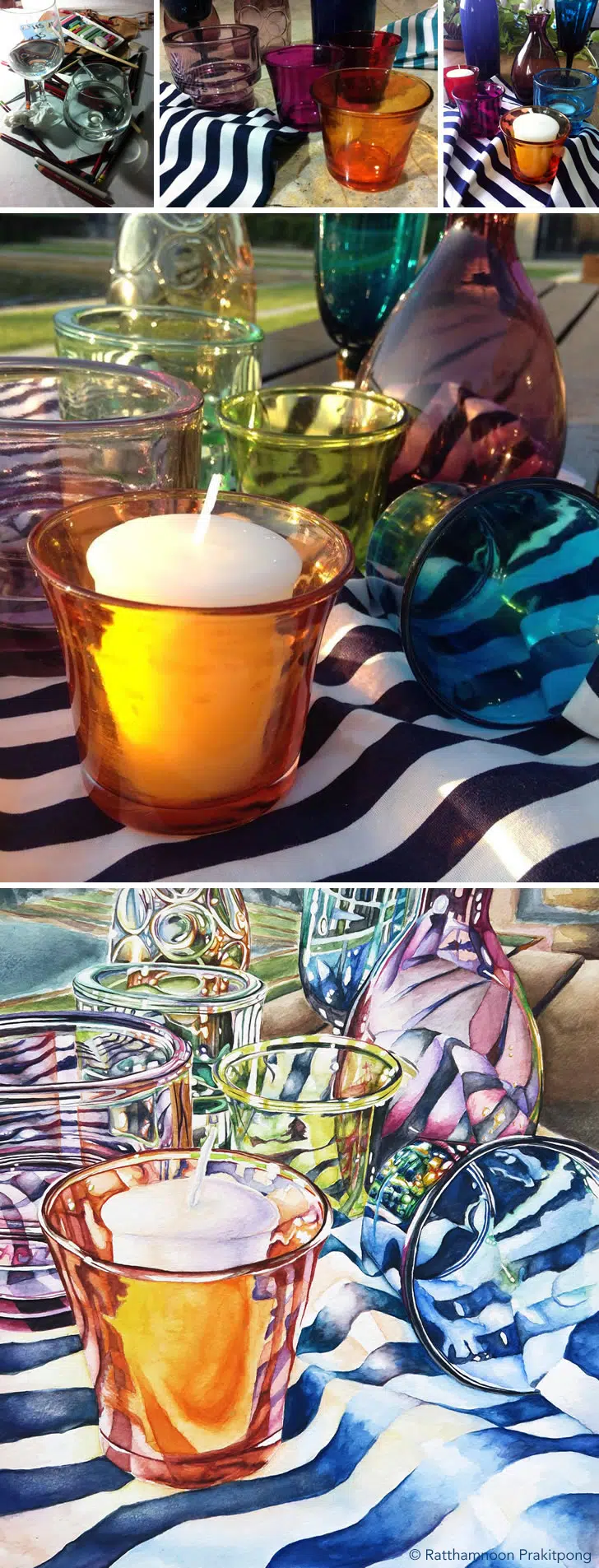
A perfect score on the AP Art Portfolio is very rare but not completely unattainable. Although difficult, student Ratthamnoon Prakitpong earned every possible point in the different sections of his drawing portfolio. Prakitpong gives loads of good advice while providing examples, including before-and-after examples of different artwork. He also recommends drawing inspiration from unexpected places.
Learn more: AP Studio Art Drawing Portfolio: Tips from a Student Who Gained 100%
2. A 3D Compilation
This video compilation shows a wide variety of finished 3D artworks but also includes photos showing Cyan D’Anjou’s process. D’Anjou said that most of the concentration section of her portfolio was developed during her final year of high school. In today’s portfolio, this would be akin to the Sustained Investigation portion.
3. A Strong Theme



Once student Alina Rhoadarmer chose childhood memories as the theme for her AP art portfolio, she was able to set out creating a wide variety of artworks that fit that topic. Rhoadarmer explained, “I was constantly developing and redeveloping my question and reinterpreting my topic to create new art pieces.”
Learn more: 2020-2021 AP Art Portfolio Showcase
4. Digital Painting Concentration
This is an example of a 2D AP art portfolio with more of a commercial focus since it centers around character creation and development. Although there are a wide variety of platforms for digital painting, this particular artist used Ibis paint, incredibly, on her iPhone. The artist created many different types of characters and environments, including variations on Thomas Edison. The portfolio expresses the story and concept of the characters while also demonstrating the artist’s range and ability.
5. Three Portfolios, One Artist
While a video compilation of an AP art portfolio is helpful, a video including three is even better! First, we see artworks from a 2D portfolio submitted in 2015 during their junior year. Next, we see a portfolio for drawing from the artist’s senior year. Finally, we see their 2D portfolio from their senior year. Although difficult to do, all three of these portfolios scored a 5 (strong).
6. Artworks With Explanations
Artist/student Conan Gray does a nice job showing his artwork while providing his rationale for each image. Since a still-life can fall flat, Gray recommends incorporating meaning and shares an example of his own still-life that succeeds at that.
7. 2D Photography Example
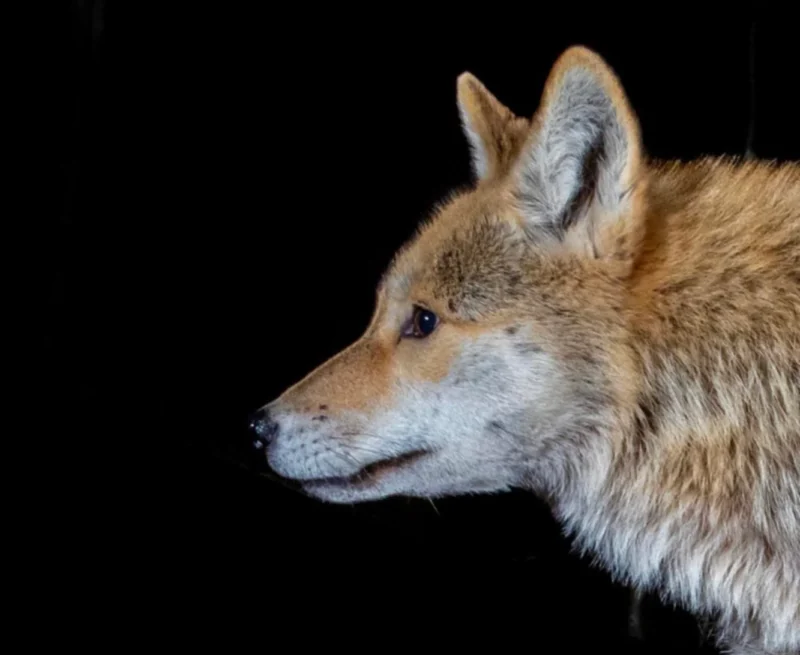
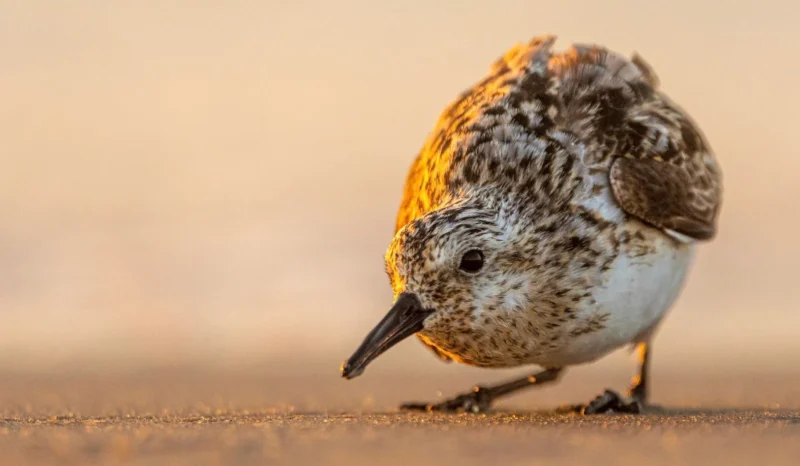
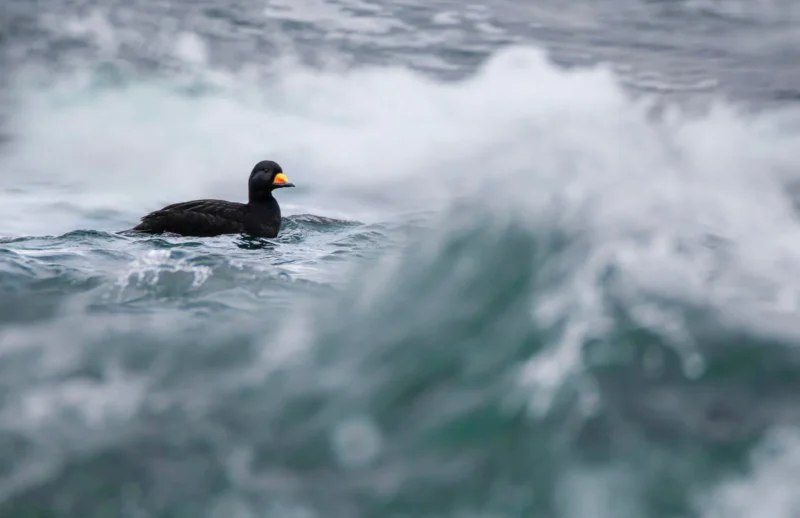
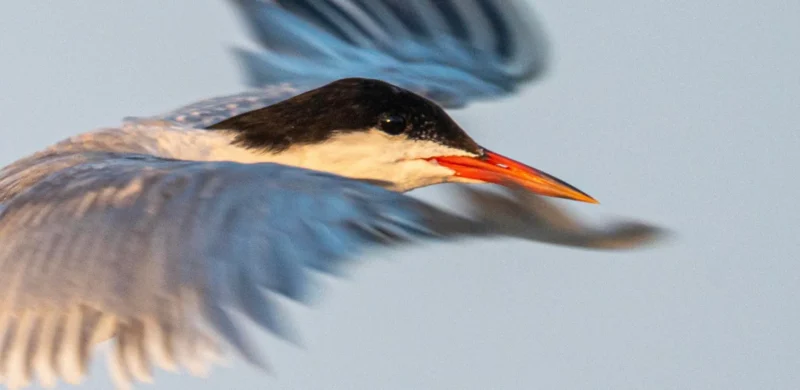
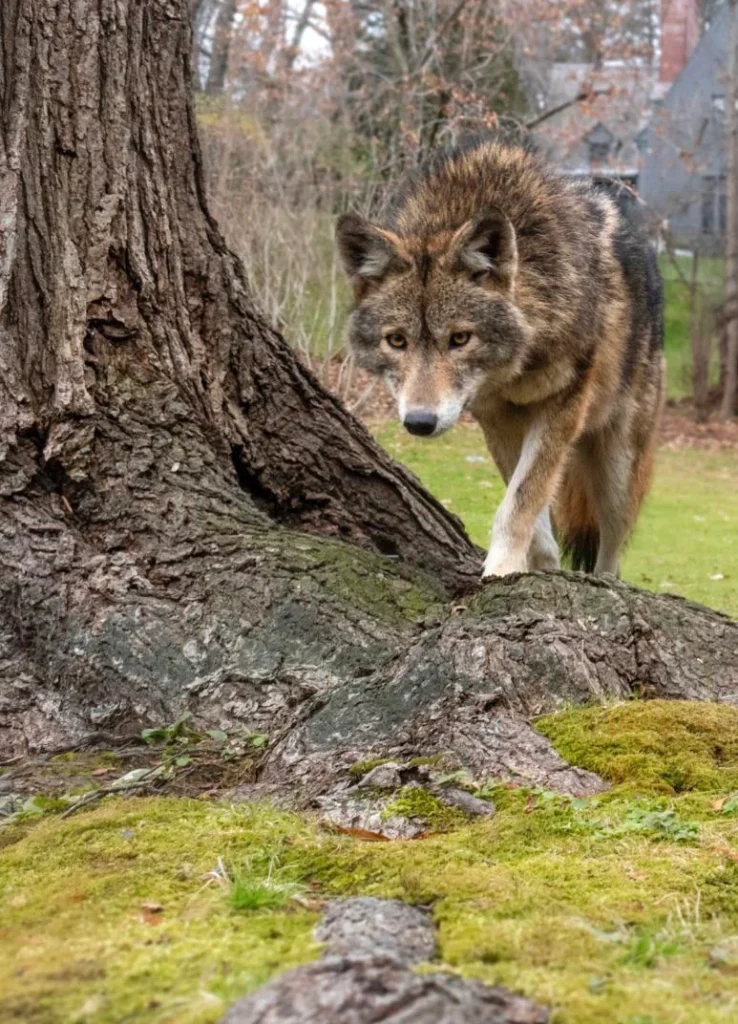
These images are from a perfect score AP 2D Art and Design portfolio. This artist explores the animal world through photography. As with any good AP art portfolio examples, there is a clear mastery of the chosen medium as well as consistency in theme throughout the works.
Learn more: AP Art Portfolio (score 5)
8. A Perfect Score on a Drawing Portfolio
The artist in this video provides helpful tips and examples for obtaining a perfect score on the drawing portfolio while also being hilarious. This artist used 11 completed works in her Sustained Investigation portion and 4 more revision and process images to round out the required 15 images. She provides helpful tips like using your best works toward the beginning and end and putting your least favorite works in the middle.
Examples of Sustained Investigation
9. Theme: Femininity and Masculinity Through the 20th Century

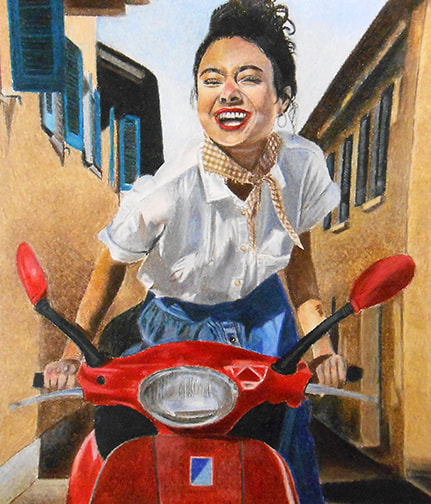


This Sustained Investigation is particularly effective since it not only explores gender but the expression of gender throughout different moments in the 20th century.
Learn more: AP Art Studio
10. Theme: Negative and Positive Effects of Social Media on Self-Esteem
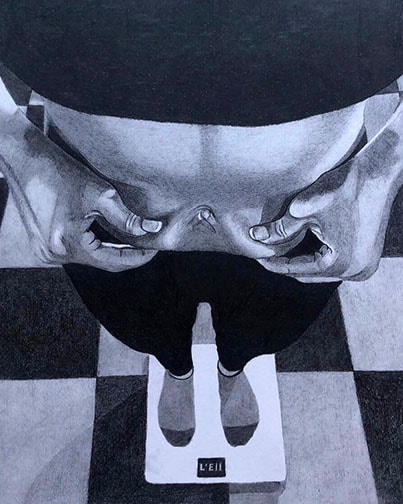
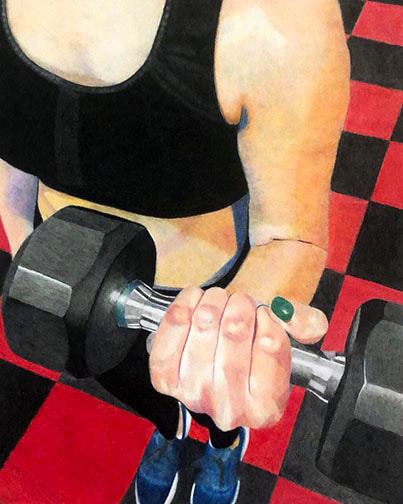
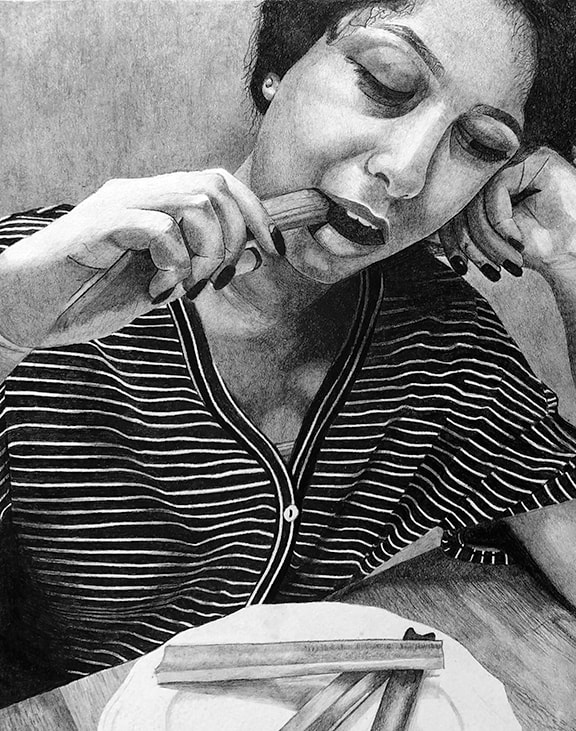
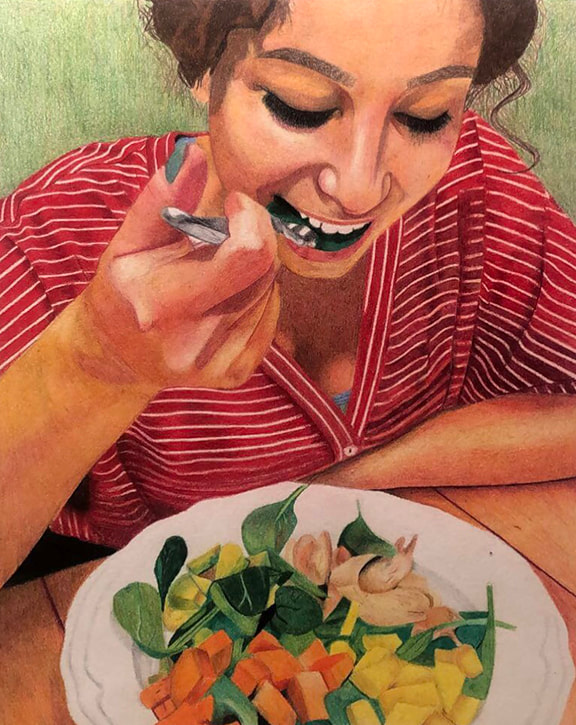
This artist explored the negative and positive consequences of social media on self-esteem. They used color to express positive effects while a lack of color clearly indicates the negative consequences.
Learn more: AP Art Studio
11. Theme: Feeling Comfortable vs. Uncomfortable
Looking at artworks on a given theme is helpful, but having the artist explain their processes and ideas is even better. Artist Karina Singh does a wonderful job of explaining her use of composition and materials to explore her topic of being comfortable versus being uncomfortable. Her work shows a thorough exploration of a theme with ideas ranging from female sexuality, COVID, and family to environmental waste.
12. Theme: Nonverbal Communication
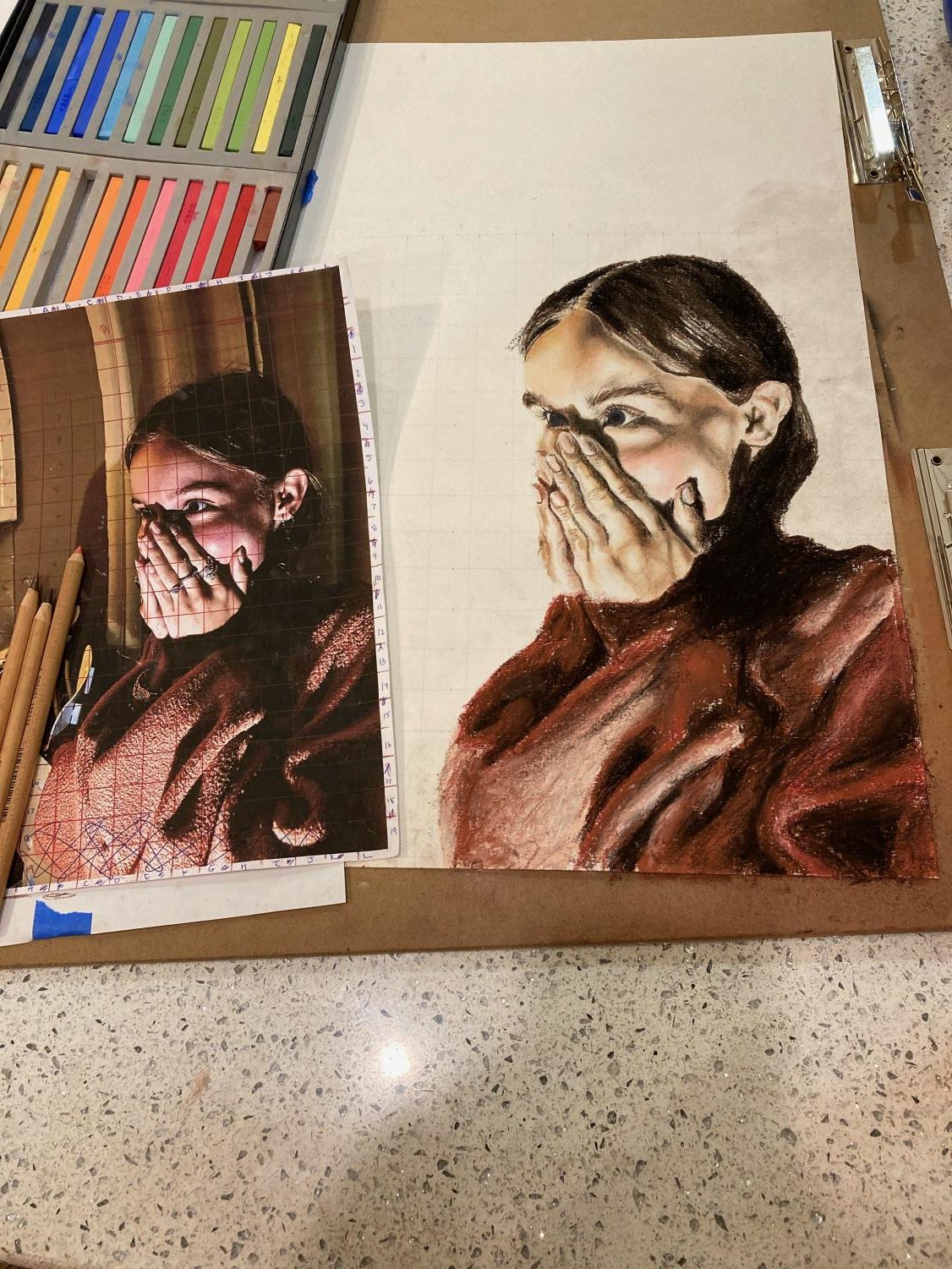
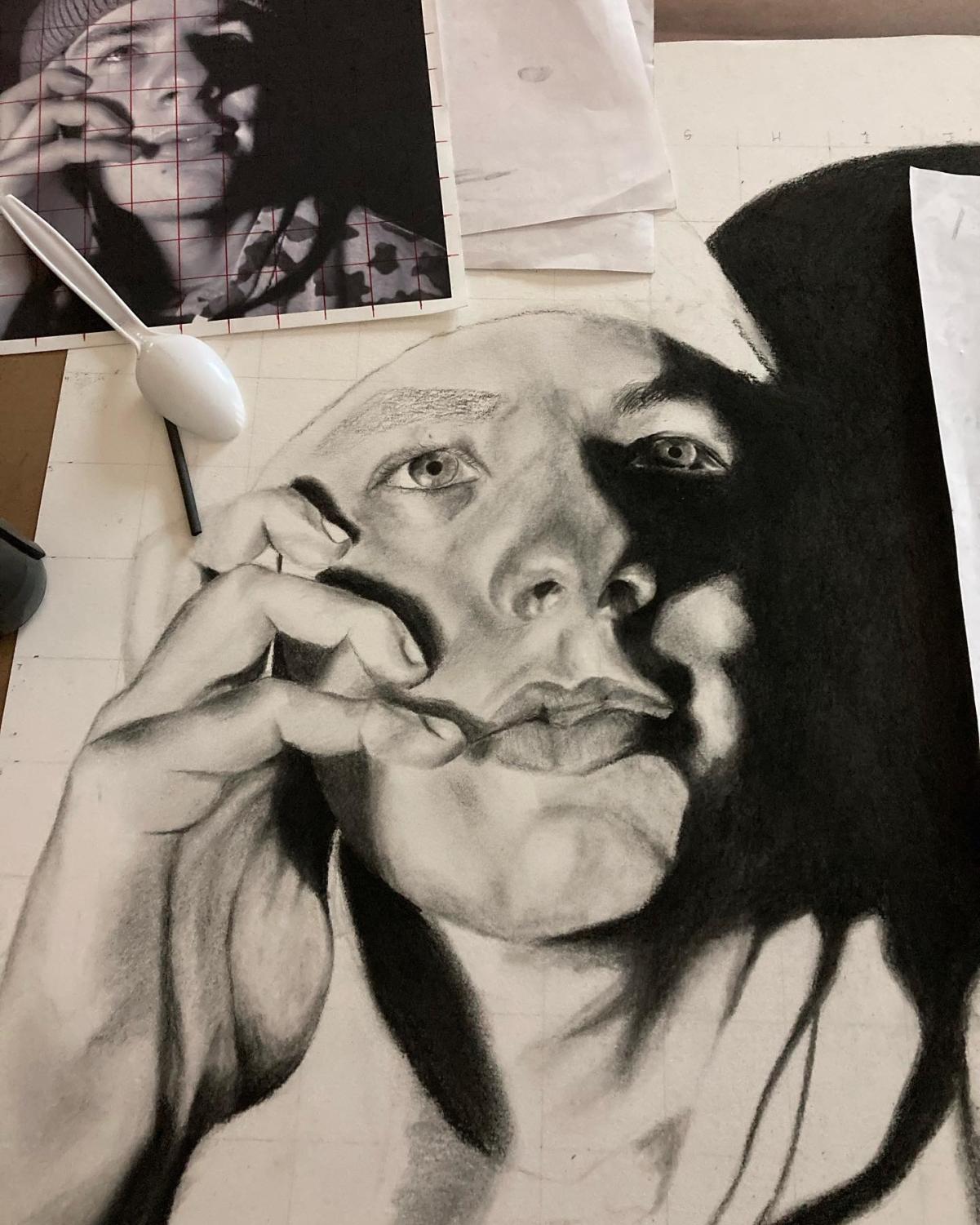
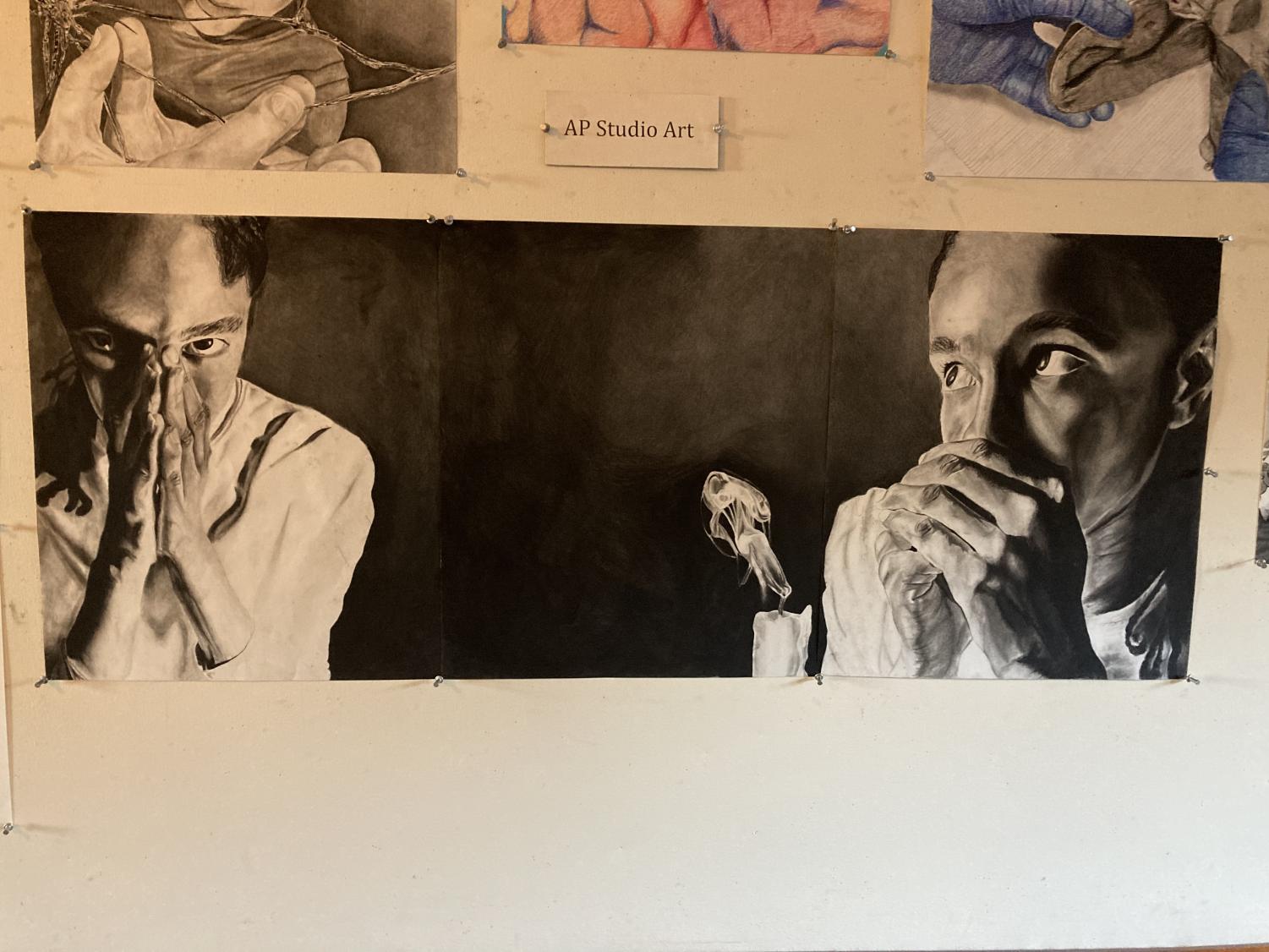
Artist/student Sophie Miller chose nonverbal communication for her Sustained Investigation so she could draw “with elevated contrast.” According to the artist, at least half of her drawing time was done during a free period or at home. Her theme is made undeniably clear through her drawings of people with intense facial expressions and hand gestures.
Learn more: AP Art Students Complete Their Portfolios
13. Theme: Phobias
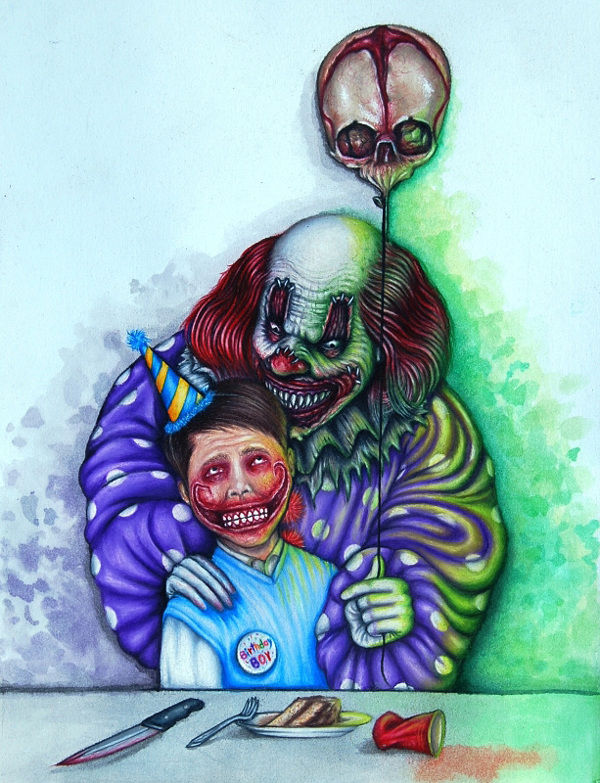
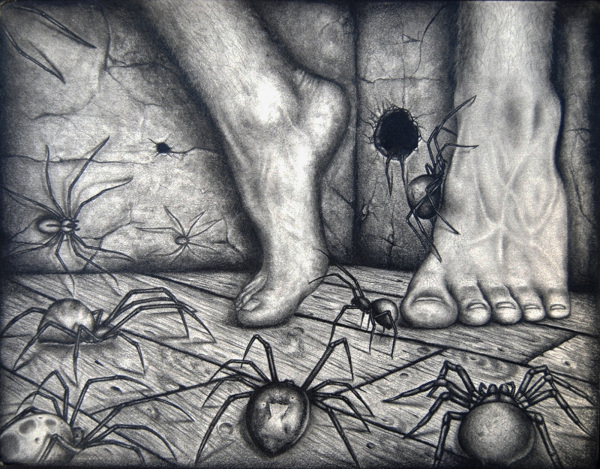
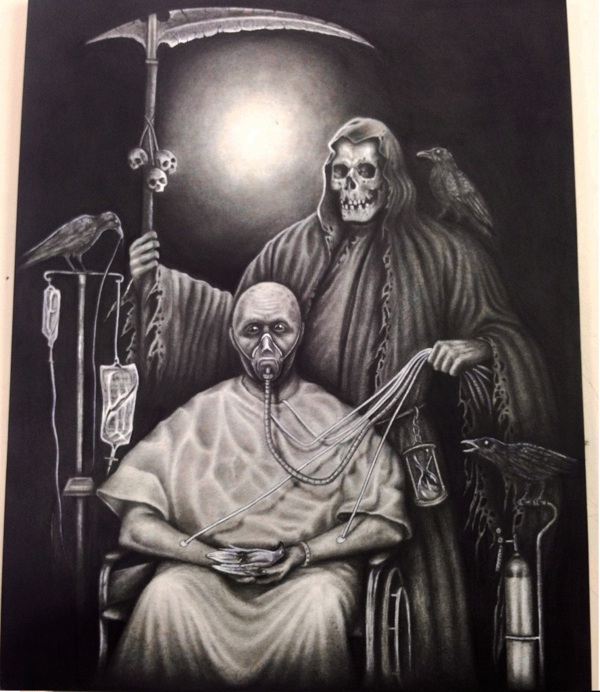
This artist chose a topic that certainly allowed for endless possibilities of subject matter. He showed his range by creating images that represented different phobias while utilizing different materials and mediums.
Learn more: AP Studio Art Concentration Portfolio (Phobias)
Other Ideas for Sustained Investigation
- Abandonment of people and places
- Evolution of illness
- Human influence on the environment
- Effects of social media
- Reflections on various surfaces
- Depression
- Close-ups (food, body parts, etc.)
- Effect of corporate advertising on human psyche
- Painting friends in different historical eras
- Voyeurism
- Modernization of famous fairy tales
- Woodcuts based on Japanese printmaking
- Found-object sculptures
- Exploration of clothing across cultures
- Road trips
Examples of Low-Scoring Portfolios
Seeing examples of high-scoring and well-flushed-out portfolios is helpful, but it can also be useful to see examples of what not to do. The AP College Board posts examples of low-scoring portfolios while including the rationale behind the scores. See below for some examples of portfolios that only scored a 1.
- 2D Portfolio Example 1/AP Central/College Board
- 2D Design Portfolio Example 2/AP Central/College Board
- AP Central/College Board/Sustained Investigation
You can also find examples of complete portfolios that scored high on the 2022 portfolio exam as well as more scoring commentaries at the AP Central College Board website.
Check out our Art & Creativity page for art lesson ideas and activities!
Want more articles like this? Be sure to subscribe to our newsletters to find out when they’re posted.
Happy Birthday Coloring Pages: Grab Our Free Download
Here’s a fun and easy way to celebrate the birthday kids in your classroom! Give them one of these Happy Birthday coloring pages to color. Grab all five pages when you fill out the form here.
Here’s what’s included in our Happy Birthday coloring pages bundle:
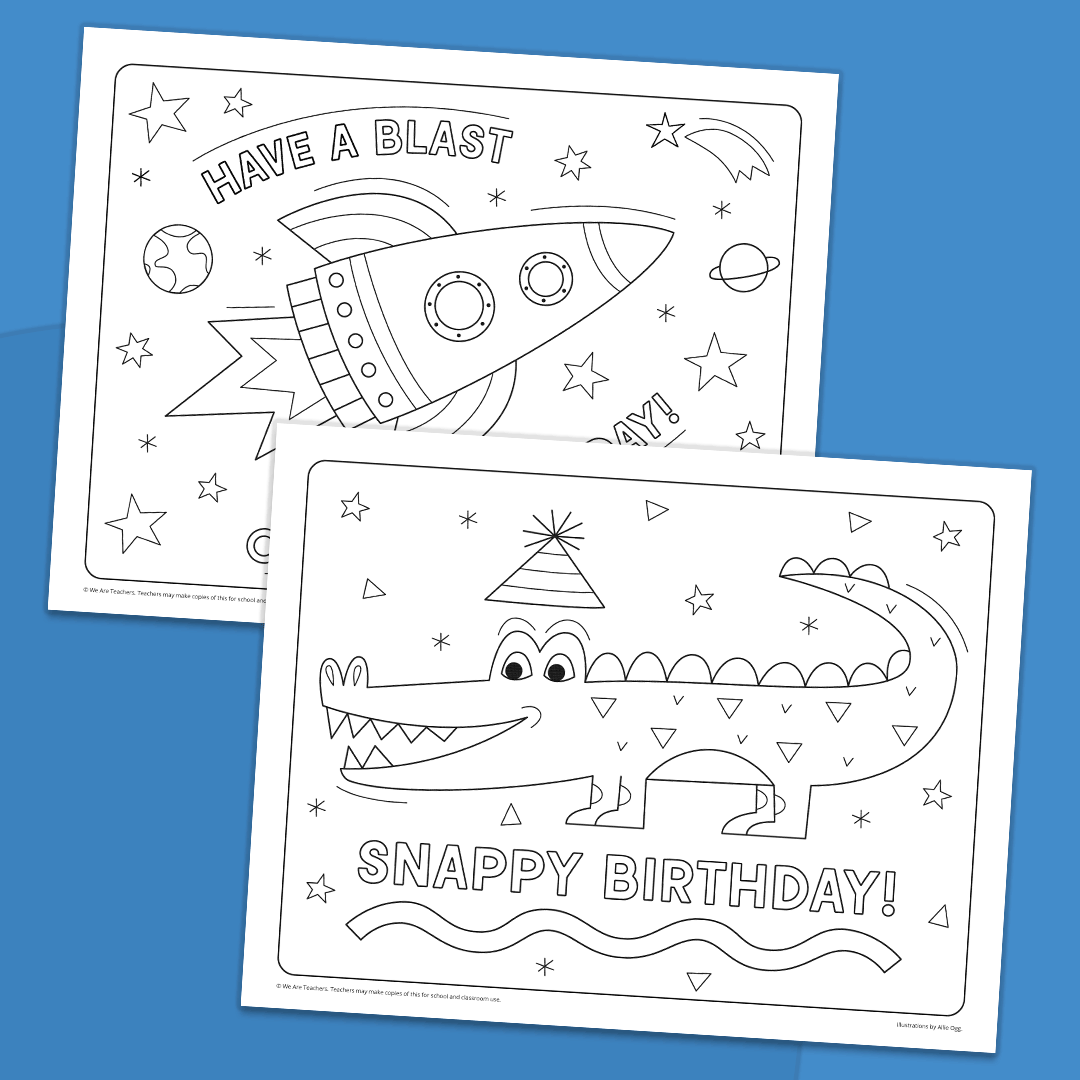
School Bus Happy Birthday Coloring Page
This one’s perfect for a classroom birthday celebration. Get on the bus headed for a very happy birthday!
Alligator Birthday Coloring Page
Your birthday is sure to be “snappy” when you choose this fun coloring page.
Space-Themed Birthday Coloring Page
Take a rocket to a happy birthday celebration with this coloring page.
Birthday Cake Coloring Page
Ready, set, make a wish! And decorate a birthday cake however you like using crayons or markers.
Unicorn Happy Birthday Coloring Page
Your unicorn lovers are sure to love this coloring page that promises a magical day!
Tips for Using These Coloring Pages in the Classroom
- Print a variety of the Happy Birthday coloring pages at the beginning of the year so you can have them on hand all year long.
- Place one of the coloring pages on a birthday student’s desk before they arrive in the morning. A fun pencil or pen makes a nice addition.
- Invite classmates to color one or more of the pages to give to the birthday student too!
More Ways To Celebrate Birthdays in the Classroom
Looking for more creative birthday celebration ideas? Check out these birthday bulletin board ideas, birthday jokes, and free printable birthday certificates too.
For more great printables, be sure to subscribe to our newsletters to find out when they’re posted!
21 Best Special Education Teacher Gifts, According to a SpEd Teacher
Special education teachers have a unique job. They’re busy balancing teaching, IEP meetings, paperwork, lesson planning, and collaborating with multiple grade-level teams, and they handle it all with grace and a dose of humor. A note of appreciation or a handmade gift go a long way to show SpEd teachers how much you appreciate them. They especially love to hear how their work impacts students and families. While gifts are not expected, if you do have a SpEd teacher you’re shopping for, here are 21 special education teacher gifts that any SpEd teacher would love.
Note: Be sure to check the school’s policy on gifts before deciding what to give.
Best Special Education Teacher Gifts
Looking for more gifts for teachers? Check out Best Teacher Gifts in Every Price Range.
Which special education teacher gifts are your favorites? Come share in the We Are Teachers HELPLINE group on Facebook.
Research Says This Is What It’s Like Teaching in 2024
Teaching in 2024 is no joke. Schools today face challenges that no one could have foreseen five years ago, teaching after COVID, challenges to classroom materials, the rise of A.I., student mental health concerns. And, we haven’t even touched on the incredible teacher shortage.
Among it all, a new PEW Research survey finds some interesting trends in how teachers feel about their jobs and what it’s like to teach in 2024. The headline: teachers are stressed, overwhelmed, and pessimistic about education, but also satisfied with their work.
(The PEW Research Center surveyed 2,531 public K-12 teachers in the U.S. in October and November 2023.)
We asked teachers what they thought about the major findings in the survey. Here’s what Pew reported and what 22 teachers from our We Are Teachers HELPLINE Facebook group think about the state of teaching in 2024.
1. Teaching in 2024 is stressful
Ok, that’s not really “news.” But what is interesting is that teachers are less satisfied with their jobs than other workers and, the high percent of teachers who said that teaching today is just too much.
In the PEW survey, 77% of teachers said that teaching is frequently stressful and 68% said teaching is overwhelming.
“Teaching has become more and more stressful. We are expected to be everything for a student, yet not have appropriate boundaries.” —Keri
From a high school teacher with a decade of teaching experience: “This is the first year since the lockdown that I felt more enjoyment than stress. That said, I still experience more stress than I would like because of kids who simply want to challenge you and not learn, bulldozer parents who are made their kids are being held accountable and micromanaging admin who seem to think harping on teachers will…motivate them?” —Ali
“Some days I enjoy it, some days its stressful. Usually the stress comes from admin or parents. The mounting expectations. Sometimes kids’ behaviors.” —Heather
2. Teachers don’t recommend teaching
There’s already a teacher shortage, what will happen if teachers in today’s classrooms aren’t passing the baton?
52% of survey respondents said they would not advise young people to become teachers.
“I would in no way recommend this to anyone…I’m not sure I can make it to retirement.” —Shannon
“Yes, I would recommend teaching and do to those that I feel have the gift. I tell them upfront it is not an easy job.” —Roberta
“My own daughter wants to be a teacher and I am actively trying to change her mind.” —Keri
3. Teachers think education is getting worse
In the survey, and in the Helpline, teachers overwhelmingly thought that education was getting worse. The reasons are varied; in the Pew survey, 60% mentioned the current political climate, 57% mentioned effects from COVID,and 46% mentioned lack of funding and resources.
82% of teachers surveyed said that they think the state of education has gotten worse in the past five years.
From a middle school teacher of 40 years: “The COVID lockdown changed these kids in maturity, and they haven’t caught up…They’ve regressed so much emotionally and there isn’t a plan to address this.” —Craig
“No one is managing kids’ behaviors at home so the behaviors are out of control at school, where there no consequences. They are completely addicted to their phones and constantly distracted.” —Deanna
“Unfortunately, education in the U.S. has escaped the trends in broader society and school is increasingly dangerous for everyone in the building, most specifically black, brown, and LGBTQAI+ children and educators.” —Ashley
“Education itself is about the same. There’s nothing new under the sun, its just how they package it.” —William
“When I started teaching 7th grade 13 years ago, I could give much more rigorous tasks, kids would read directions and write their full names on things, etc. Today I feel like I am teaching to a much lower grade level.” —Beth
“Education in the U.S. hasn’t really changed much in the last hundred years. What has changed is the needs of students attending and parent expectations.” —Tim
“I feel that ‘education’ has improved. However, what’s holding us back are things beyond an educator’s control. Being called groomers or indoctrinators by society. Parents screaming for book bans on stuff they clearly haven’t read. No discipline at home. Devices. State testing.” —Maria
4. Work-life balance is, well, not a thing
While there are efforts to help teachers find work-life balance, it feels elusive to many teachers. And, there was a difference between male and female teachers on this question. Women teachers were more likely to than men to say that work-life balance was difficult (57% of women vs. 43% of men).
54% of teachers said it’s hard to balance work and life. 25% said it was easy.
“Work-life balance? AHAHAHAHA What’s that?” —Ali
“As teachers are finding a better work life balance, and saying no to all the unpaid extra activities, we are being told that we should ‘do it for the kids!’” —Keri
From a high school teacher who shifted to teaching after working in the corporate world. “I am done with work when the last bell rings….love having summers to spend with my husband and grandchildren.”—Debi
Read more: 10 Ways Teachers Cut Corners at Work
5. Work friends make our day
Teaching is about more than students–it’s also about finding camaraderie with peers and mentors. Relationships at school is one area where teachers, generally, had positive things to say.
When it came to aspects of teaching that were satisfying, 71% of teachers were most satisfied with relationships with others at school.
“I work with an amazing team! We eat lunch together every day, bouncing ideas off one another. We group text all weekend and share everything!” —Angela
“I couldn’t do this job without my colleagues. My fellow teachers and I support each other and cover for each other. Need a quick break? We gotcha covered. Need advice? Someone else has walked that way. Sometimes we even encourage each other to take mental health days. Without my colleagues, this job would be overwhelming.” —Linda
“My grade level partner and I work so well together and it makes everything else go smoothly.” —Gretchen
“I never get to spend time with any other teachers for more than five minutes.” —Kelly
Read more: 43 Amazing Things Teacher Friends do for One Another
6. Salaries are not cutting it
Another non-headline, teachers need to be paid more. Legislators, are you reading this?
15% of teachers were extremely or very satisfied with how much they got paid, while 51% were not satisfied.
“I knew what I signed on for. Do I deserve more? Probably! Do I work more than 40 hours a week? Most certainly. Is it worth it? To me it is.” —Laura Ann
“I’m relatively okay with my salary, but our raises are not keeping up with inflation.” —Roberta
One teacher mentioned the fact that salary has a lot to do with where you teach. “Since moving back to IL my salary is great. In AZ, my salary was barely above poverty level.” —Jen
Check out 2023 teacher salaries across the U.S. and our Teacher Salary Stories series.
7. Teachers like teaching
More than half of teachers reported finding their job fulfilling or enjoyable, which is less than the percent who said it was overwhelming. However, teachers who were newer to the profession reported more positive experiences than those who have been teaching for 10 years or more.
56% of teachers indicated that their job was fulfilling often or extremely often. 53% said their work was enjoyable.
“The thing that keeps me coming back is the relationships I form with many of my kids. I have two periods full of genuinely sweet, wonderful kiddos who truly give me hope for the future.” —Ali
“I love teaching. My students make me laugh and most of them are truly trying their very best. And when the light bulb goes on, it’s the best feeling.” —Keri
“Love the autonomy of teaching…as long as I cover the standards I can pretty much do what I want in my class…Even on the worst day, it’s the best job ever.”—Debi
From an AP Literature teacher, “I love my students…just to see how successful they are brings me great joy.” —Laura Ann
“I love my students. I taught 2nd grade for nine years, bonding with students. Last year I was moved to 7th grade and have my old students again. The joy of seeing where they have gone in their lives and their learning!” —Angela
“I get to work with some terrific kids and help them grow as people.”—Roberta
“I like teaching my content area, English.”—Jen
From a teacher at a career-tech high school. “Walking through the career-tech labs is so impressive. Watching high school kids shine in this environment is spectacular.” —Cindy
For more articles like this, be sure to subscribe to our newsletters.
Poetry Analysis Worksheet and Bookmarks (Free Printables)
Helping our students read, think deeply about, and (hopefully!) enjoy poetry can be so much fun. It can also be so challenging. By the time they get to middle and high school, many kids already have firmly established feelings about poetry, and those feelings often aren’t warm and cuddly. With that in mind, we’ve put together an easy-to-use Poetry Analysis worksheet and Poetic Elements bookmarks you can use with any poem you’re sharing with your class. Download them today and get ready to ignite your students’ love for poetry.

Use the worksheet to analyze a poem
One of the most important aspects of analyzing a poem is taking time to read it more than once. This worksheet helps students by reminding them to do that not once, not twice, but in three different sections.
After the first reading, students are prompted to give their initial thoughts and impressions.
The second reading encourages students to read the poem aloud so they can really hear the words and the sound of the poem. The questions in this section focus on poetic elements, asking students to consider why the author made the choices they made in the poem.
Finally, the worksheet encourages students to take a final look at the poem. With all the analysis they’ve done so far, they’re now ready to really think about what the author was trying to share with the reader. The questions in this section relate to theme and how well the poem conveys that theme to readers. The last task gives students the opportunity to express their thoughts and feelings about the poem by briefly writing a note to a friend, encouraging them to read (or skip!) this poem and explaining why they should. It’s a great way to give your students a chance to express their feelings, positive or negative, about the poem they’ve just analyzed.
The Poetic Elements bookmark
As a fun extra when you download this worksheet, you’ll receive a set of bookmarks to copy and pass out to your students to remind them of some of the most common poetic elements they’ll encounter as they study poetry. It’s a perfect support for students who need a bit of help remembering the difference between similes, metaphors, alliteration, allusions, and other poetic devices.
Get your free Poetry Analysis worksheet and Poetic Elements bookmarks!
To download your free Poetry Analysis worksheet and Poetic Elements bookmarks, just fill out the form on this page for instant access!
51 Splash-tastic Water Activities for Summertime Fun and Learning
Water is the best way to beat the heat! Grab beach towels and sunscreen, fill up the water balloons, and roll out the hose. Here are the best 50+ water activities to get kids—from toddlers to teens—learning and having fun in the summer sun.
Looking for more ways to have fun outside? Check out these Wet and Wild Outdoor Science Experiments and Activities.
Plus, Read-Alouds That Celebrate Summer.
5 Words To Never Use When Discussing Students With Disabilities (Plus What To Say Instead)
As educators, we are constantly using language and communication to teach and inform our students. The specific words we choose to use carry meaning and connotations based on their etymology, the history of those words, and our current cultural and political contexts. Our students will also learn the words we use and repeat them at school, at home, and in the community. Thus, it is critical to examine the words we use and the impact they can have on others, specifically kids with disabilities.
Below are some common terms to replace in your vocabulary and why you should.
1. “Special needs”
The term “special needs” is used pervasively in our field to refer to students with disabilities. However, this term is incredibly ableist (discriminative or prejudiced against individuals with disabilities). It communicates that individuals who benefit from various support needs are somehow “special” or “different” from the “average.” Every individual human being has different needs and benefits from different supports. Furthermore, our support needs change over time and even from day to day. If you didn’t sleep well, you may need more visual reminders the next day to remember your tasks. There is nothing “special” about benefiting from different supports throughout our lives in order to have our needs met. So instead of using “special needs,” we can use “students with disabilities” or specify distinct support needs, such as “students who benefit from communication support.”
2. “Handicapped”
This term is frequently used to refer to individuals with disabilities. The term is commonly used in phrases such as “handicapped parking” or “student with a handicap.” However, it is just a euphemism. By attempting to avoid using the word disability, we are unintentionally communicating that there is something inherently wrong with disability. Instead of using handicapped, you can say “parking for individuals with disabilities” or “student with a disability.”
3. “Functioning” labels (“low-functioning”/”high-functioning”)
We often see “functioning” labels when referring to student performance within IEPs and other documentation. As a teacher, I frequently heard other teachers refer to their students as having “high-functioning ADHD” or “low-functioning autism.” These labels are highly problematic as they qualify individuals’ support needs against a nonexistent “norm.” Rather than using functioning labels, you can describe specific support needs that benefit the student, such as “a student who benefits from help with personal hygiene routines.”
4. “Wheelchair-bound”/”confined to a wheelchair”
These terms are frequently used to describe students with physical or motor disabilities. However, they communicate ableism by relaying that individuals are constrained by mobility devices. However, wheelchairs and other mobility devices actually provide individuals with physical and motor disabilities more freedom and independence. Instead of these terms, you can use “wheelchair user” or “student who uses a wheelchair.”
5. “Victim of”/”suffers from disability”
This language infers that disability is a negative experience. Instead, disability is a part of the human experience. Disability is diversity and is celebrated and embraced by those in the disability community. You can use “experiences X disability” to eliminate the judgment about disability that’s built into the two terms above.
These are just a few examples of words that contribute to ableism. Disability rights activist Lydia X.Z. Brown has curated a more comprehensive list of ableist terms to eliminate from your vocabulary. Our language has the power to influence how students view themselves and their disabilities and how allies view disability. It is critical to think about the words we teach our students and how these words will impact them long-term. For more detailed information on language recommendations, review the Disability-Inclusive Communication Guidelines developed by the United Nations.
